Before we go any further I think it is important to establish who I am and what I do. Therefore I think the best way to introduce this (very subjective indeed) review with a gallery of photos I managed to do using the camera in the few months since I switched systems. And while the camera indeed has flaws and for pixel hunters it is not the best system, all-in-all I found it to be by far the perfect combination of technology, portability and quality. Here is a small gallery.
A gallery as word forward
Before we go any further I think it is important to establish who I am and what I do. Therefore I think the best way to introduce this (very subjective indeed) review with a gallery of photos I managed to do using the camera in the few months since I switched systems. And while the camera indeed has flaws and for pixel hunters it is not the best system, all-in-all I found it to be by far the perfect combination of technology, portability and quality. Here is a small gallery.
On to the review…
I have been mumbling for more than 3 years (here, here) about my own frustrations of being caughtin an old and dying ecosystem, about how both the giants (Canon and Nikon) simply refuse to evolve, and basing themselves on the niche that is also caught in dubious dogmas. About how even back then mirrorless systems with capabilities way better than I could dream of started popping up like mushrooms after the rain. I moved to fullframe 8 years ago mostly because Canon innovated and brought cinema like capabilities into a photography body. Yes, the 5d mark 2 truly and honestly revolutionized and changed the world forever. But the same innovation it brought it also killed out of fear of cannibalizing their own high end camera sales. After the 5d mark 2 I moved to the 6d which was a bit better for photo but worse for video. It was a decent but I had a feeling that this, unless Canon changed, would be my last Canon camera. And the year passed, the 5d mark 3 and then mark 4 appeared. And even with the 5d mark 4 the 4k video was crippled by the crop and the codec. And I said no more.
So one night while in a photo vacation in northern Spain I returned tired to the hotel room and decided that this was the moment I would change systems. Something new, something fresh, something light and with many features.
Contrary to what people may think when looking at my portfolio I never ever adopted the tripod dogma. Very very few photos that I made were made with a tripod and only when I needed milky water or stars or when the ISO would have to go over 1600. Other than that I very much prefer a lower image quality but with the flexibility that to me is indispensable. For me the experimentation and mobility factor on the spot is more important than anything else.
So when I saw some articles of a camera that could shoot seconds long exposures handheld suddenly I became very very jealous and wished so much that I could have something like this. Yet at that point it did not cross my mind that the micro 4/3 format could ever be a substitute for fullframe for me. I never bothered to find out that the shallow DOF is not a property of the sensor size but one of the ration between the focal length, sensor size and lens aperture. Or the fact that sensor sensibility to light is meaningless without the light itself so I should only treat it in relation with the lens f-number and because the physics allows it the micro 4/3 format has smaller aperture lenses where 1.2 or 0.95 are not uncommon at all. And that the simple idea of “crop factor” is meaningless unless you base your photos on fullframe lenses. Other than that you can and MUST think in equivalence and nothing else. So if I want the exact effect of a 100mm 2.8 on a fullframe I use on micro 4/3 a 50mm 1.4. Yes, there is a downside to this at the point of writing, like the fact that if you want to simulate the full DOF of a full frame 1.4 lens you would need a 0.7 aperture on micro 4/3. And there are none. Not everyone shares this view however. While I did a lot of photos with my Sigma 35mm 1/4 at 1.4 on my 6d, some people feel that the DOF at that aperture is way too shallow. And they may be right but I mostly did it because of lowlight performance. On micro 4/3 you can use a 0.95 lens and get the effect of 1.8 on fullframe and still have much better light gathering capability.
But let us return to the main subject. Initially I set my eyes on Sony (a7r2, afs2). The 4k video and very good sensor were a winner. I played with it a couple of times and event mounted Metabones adapter so I could see how the existing Canon lenses would behave on it. I was impressed but not that impressed. The autofocus while it was fast, it was not fast enough like it was on Canon. And I also was not impressed with the camera battery and lack of weather proofing. Or the fact that the weight would be the same. Out of nowhere I started that night in Spain to research the E-m1 Mark 2 after someone posted some samples with it. After a few hours of reading articles and looking at samples I pretty much knew it was going to be my next camera. When I came back to Romania the next morning I went straight to the store, played with the camera for 2 hours and bought it. And after a week I decided to keep it and sold all my Canon gear. Even with the very few downsides I knew that I could never ever come back to my Canon and there is no point in keeping it. On Canon I had the 24-105mm 4.0 lens, the Samyang 14mm 2.8, the Tamron 150-600mm and the Sigma 35mm 1.4. Since I needed that main range of 14-600mm on this format also I got the following lenses on Olympus:
Olympus Zuiko 7-14mm f2.8 PRO : 534 grams
Olympus Zuiko 12-40mm f2.8 PRO 389 grams
Olympus Zuiko 75-300mm f4.8-6.7 II: 400 grams
I wrote the weight because it is essential. My landscape photo gear went from alsmost 6kg (including tripod) to less than 2 (no tripod).
Besides the 3 main lesnes I also got the Mitakon 25mm 0.95 to replace the sigma. While a manual lens it is a very good lens at almost 200grams that I can keep in the backpack without feeling it (the sigma was more than 800 grams).
The funny thing here is that the tele lens ended up being among the lightest lenses and this, combined with the very good optics was a huge surprise.
Pointless to add the new freedom I got was amazing.
Sunset in Tenerife. No tripod was used in any of the photos except the ones with the Milky Way
What I had, what I lost and what I gained.
What I lost
-DOF : I looked at all my previous photos before moving to the new format to see where I fitted best. Beacuse 90% I do landscape almost any talk about shallow DOF was pointless and the new format would be better. Even at wildlife most of the times I ended up closing the diaphragm to around 8.0 so in most of the cases it was also a win. There was a matter of street photo (the photos I did at the protests in Bucharest) and that in particular is something I still miss. To the rescue came the Mitakon 25mm 0.95 that has plenty of bokeh (1.8 equivalent) however the 25 mm (50mm equivalence) was not the perfect fov I found in the Sigma. I can only hope that a new lens will come along, something like 18mm 0.95 but until then I have a regret here.
Here is the Mitakon and some result:
Nice and pleasant bokeh

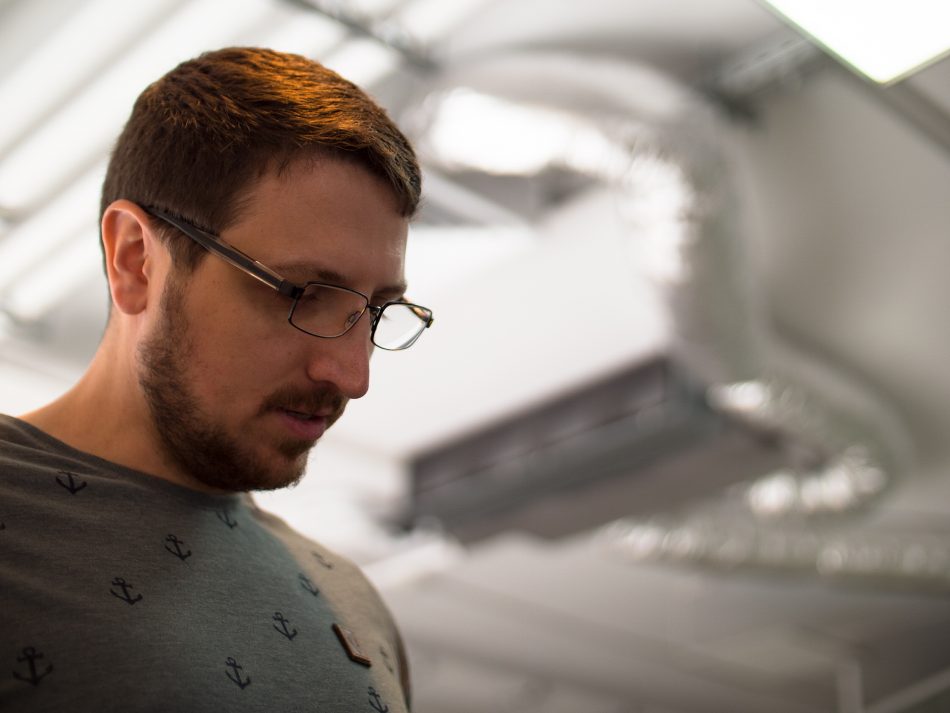
I wished I had shallower bokeh in the zoom lenses (at 2.8 they are 5.6 equivalent). But you can’t have the cookie and eat it too.
-Optical Viewfinder – Not necessary something lost, the advantages far outweigh the disadvantages . However the particular viewfinder on E-M1 Mark 2 kinda sux. It is lag free and fast however the image on it is not very pleasant. And that’s a shame.
-Iso 100. The minimum iso on the Olympus is 200. The extended one is 64 however it is not a good idea to use it because there is a huge loss of dynamic range in the highlights. While the increased noise is no issue for me, the fact that is harder to do long exposures without extra ND filter is. Maybe Olympus will add a software ND filter like on Sony or similar to the “Live Composite” function. And I hope they read this some day as it is a huge function that is missing.
-Battery life. It’s by no means a disaster, in practice I get around 800 shots for landscape and 2000-3000 for bursts. Problem is that looking through the viewfinder eats away at the battery and that is one of the biggest dissadvantages of mirrorless /
What I thought I would lose but won instead:
-Small sensor = more noise
Iso 6400, 7mm f2.8. Not bad at all and the superior optics made it possible to get better shots of the milky way than I ever could on 6d + samyang 14mm 2.8. All in all even if there is more noise than on 6d the images of the galaxy are somehow better. The important thing was that I did not lose much regarding noise.
As you can see in the previous image, there is not much that can be criticized on the sensor performance on the field and in the “for all intents and purposes” idea. In pixel peeping tests the situation is not so bright but not so dark either. The olympus is about 1 stop, maybe a little more noisy than my 6d. That is almost entirely compensated that I will use optics with wider aperture (my 24-105 f4 is replaced by 12-40mm f2.8) and the 1.4 of the sigma is replaced by the 0.95 of the Mitakon. Now for the telelens I must admit that opting for the very small 75-150mm 5.6-6.8 means that I will lose 1 stop compared with the tamron 150-600 in lowlight. In case that becomes a problem I will get an f2.8 or f4 tele lens (the 300mm f4 seems excelent but way too expensive and the 40-150mm 2.8 is a bit on the small end of reach) but since I mostly will be using it for landscape the lens is perfect and very much rather I don’t put too many kilograms in the backpack.
Here is the 6d and Olympus at 12000 and 6400. Mind you I have found the 6d to be the best of the Canon range regarding noise, even better than 5d mark3 or 4.
Canon 6d at iso 12.000
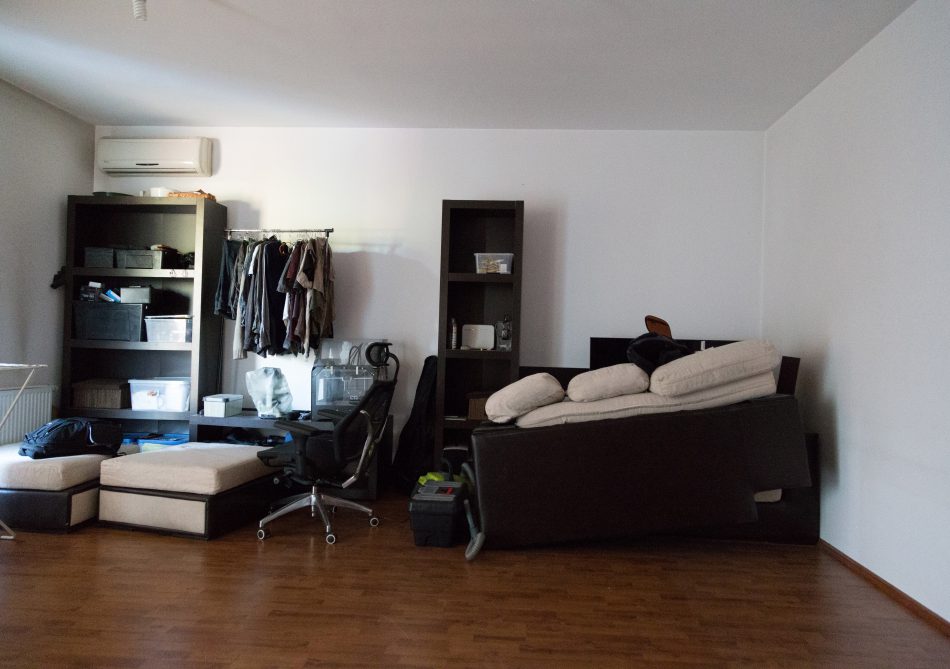
Olympus at iso 6400. You can see a more pronounced noise on the wall. But the detail is there where it matters and noise reduction in lightroom brings the 2 images on the same level with the same detail being lost.
The comparison was made at different iso’s because as I stated I will be using larger aperture optics.

The strange thing is I have the feeling that maybe due to the less vignetting of the 7-14mm the image is averall much better than on 6d + Samyang 14mm 2.8 at the same aperture. 7mm f2.8, iso 3200
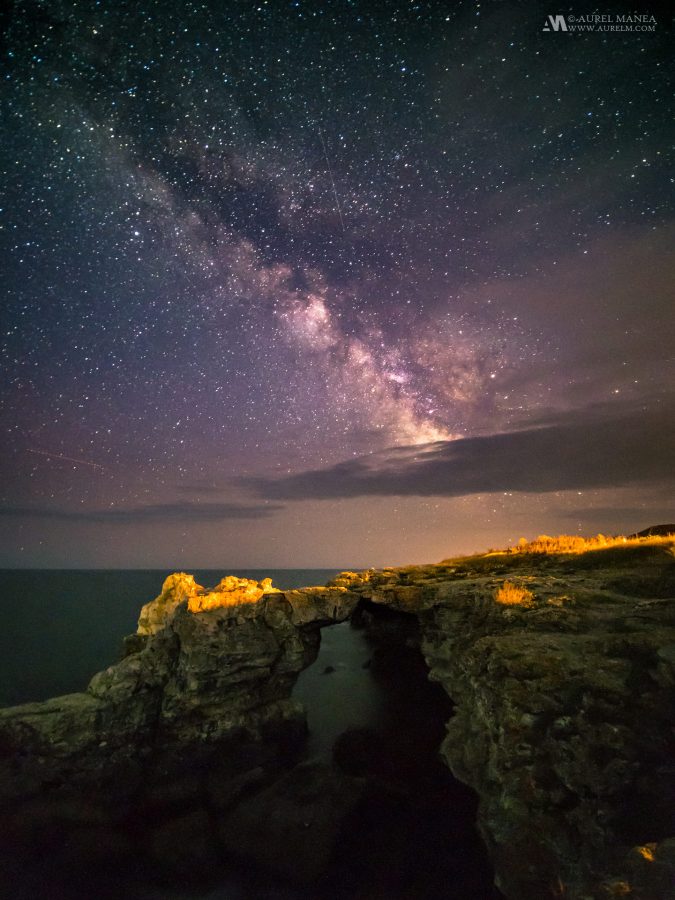
A big Mistake. Without Long exposure noise reduction the image looks very very bad in the shadows (unlike 6d that was OK without it). This was made with the Laowa 7.5mm 2.0 @ 2.0, iso 3200, 30sec exposure.
Speaking of noise reduction. I noticed that without the long exposure noise reduction ON the images for me are unusable. This can be a big problem for timelapses as the LE noise reduction doubles the exposure time. Also It is just not pleasant to wait double time for each photo especially if the environment conditions change very fast and you need a lot of exposures (northern lights for example).
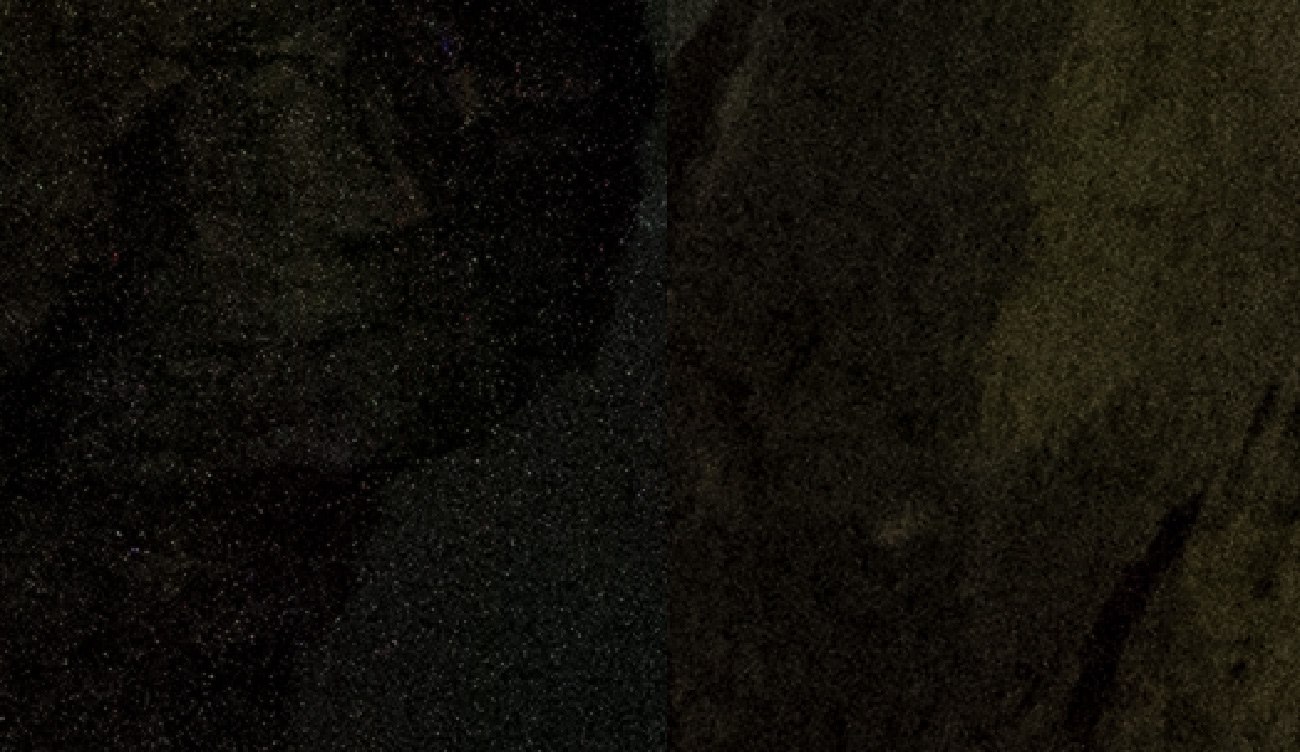
Iso 3200, 230 seconds exposure. Left is without noise reduction, right is with. Opened in Lightroom with default settings, zoomed crop from similar images.
-Now all this ISO talk is mostly theoretical only matters in practice for milky way shots, wildlife and night street photography (where there is no problem thanks to f-numbers like 0.95 or 1.2) . Because for all the rest the results are way better for handheld shots due to the incredible inbody IS of Olympus so I never feel the need to go above iso 200 as I can always increase exposure up to 3-4 seconds, in a few cases even 7. Even at wildlife I can use 1/250 instead of 1/800 in case there are no moving subjects.
-Speaking of sensor performance, compared to the 6d the dynamic range seems to be a bit bigger (maybe 1 f-stop). Very good for single shot landscapes with very high contrast.
And here is an extreme practical example of shadows recovery, along with the original photo (as opened in lightroom without modifications). Of course it is processed and noise reduction is on. Base ISO is 200 but this is a case where I regret not using iso 64. The recovered areas would look 4 stops better and richer in details. But for all intents and purposes the camera works wonders in regards to the dynamic range.
What I gained:
-The incredible in-body stabilization. The main reason this is my camera of choice now and with performance way beyond any wild dream I may have had. At super wide I can do 5-6 seconds easily and at normal range 3 is OK. I actually managed to be maybe the first person to actually shoot the Milky Way handheld and a whole trend followed with longer and longer handheld exposures of up to 10 seconds. Now shooting the milky way handheld is as useless as it gets but the fact that I will never need a tripod for anything else than astrophotography is simply incredible. And I so wish I had the camera before going to northern Spain where I mostly photographed beaches…
The type of photo that otherwise would simply not exist because not even a tripod is useful. It was made while I hanged on the side of a cliff.

Handheld astrophotography using the Mitakon 25mm f0.95. Iso 12.000, 4 seconds exposure. The raw is HERE for those that want it.
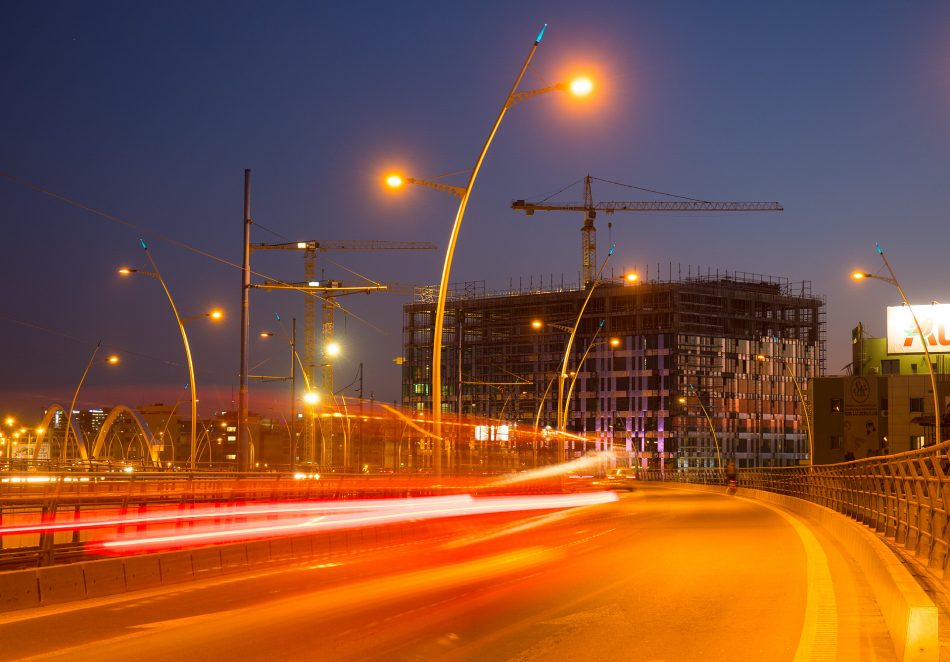
1.3 seconds handheld. Now whenever I see a possible composition with light streaks I just need to get my ass of the car.
No more scary waves that can damage the camera. Now in case a big wave is coming I just turn around so the camera is protected. Not to mention all the circumstances where a tripod is impossible to place because of the moving sand.
You can see the IS working its magic during filming. This full concert was recorded at iso 3200-6400 with the 12-40mm f2.8, handheld and from the crowd. Also you can get an idea of how well the camera performs at 4k video in lowlight and how decent the sound is.
This is another test from Vacarest Park for the tele end (300-600mm equivalent with the 75-300). Also pay atention to the sound.
-The possibility to have handheld exposures for even one minute. This is not something I ever thought I would say but one morning I had an idea. So if the camera has an electronic shutter it means that the time between shots in burst mode would be minimal. And that in returns means that I can treat 60 one seconds exposure as a singe 60 second one and stitch it in photoshop using the “mean” blending mode. And also because Photoshop can align layers this in return acts as an extra image stabilization like you would to for movies. While it is a bit unpleasant to do all this workaround it can come in very handy when there is no ND filter at hand or when it is not enough. Or when you want the flexibility to chose afterwards how long you want the exposure to be by choosing the number of photos you stitch.

44 seconds exposure handheld by stitching 88 photos of 0.5 seconds each. In this case the blending mode in Photoshop is “max” and it is best for shots like this and the effect si similar to “live composite”.
20 seconds total exposure, handheld using the mentioned stacking process. Made out of 40 shots of 0.5 seconds each.
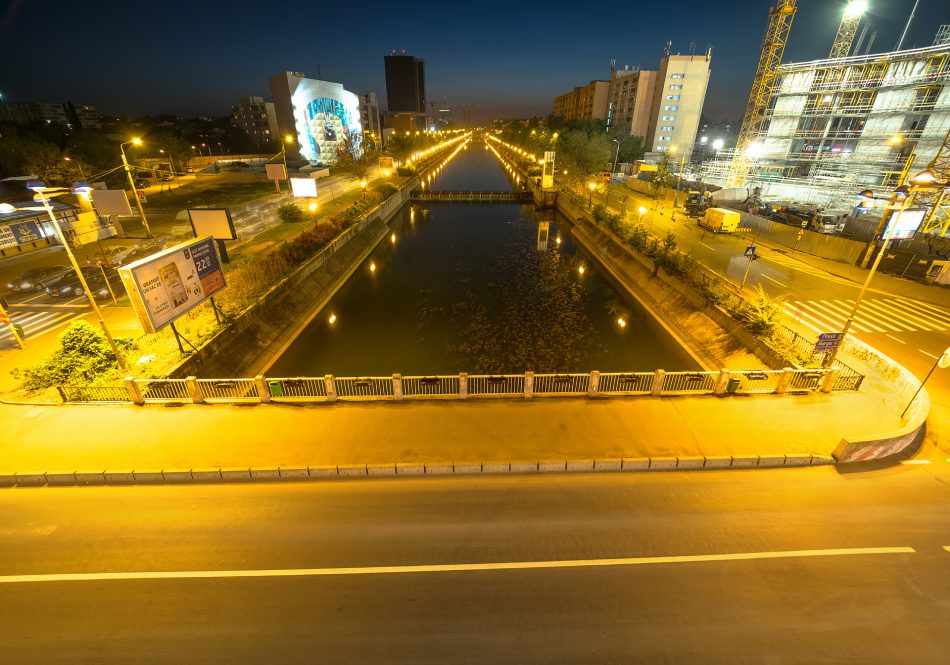
50 seconds using 100 images, same settings. Now using the “mean” blending mode the image is emptied of all cars and people. Similar of what would have been obtained with a ND filter.
-4k Video. Nothing annoys me when someone defending a camera system uses something like “If you want video you buy a video camera” or “you have to decide if you want video or photo”. No, no, no, that is simply stupid. The time of separation is long gone. All the competition has cameras that does video and photo very well, it is now inadmissible to have crippled video. It was Canon that changed that and made a cheap dslr that was used all over Hollywood with great success and bridged video and photo forever, saying something like “you have to chose” is just plain nonsense. And now the god damn 6d mark came out with 1080p ??????? Really ? 1080p ?
Getting back to the Olympus the camera shoots brilliant 4k. Unfortunately it does not have s-log or 60fps 4k but for most of the cases the dynamic range in the professional mode is more than enough and allows plenty of postprocessing. The bitrate is as high as 237 Mbp and that is one of the biggest bitrates I ever heard of for video, and allows almost artifact-less video.
-Very good optics. This one is relative because I compare the best of Olympus (pro lenses) with the optics of my 6d (24-105 f4 L is mostly). But going from 24-105 F4 L IS to 12-40 f28 PRO was a huge upgrade, the pro lens behaving flawless at f2.8. As you can see in the next paragraph it covers 80 megapixels decently.
And yes, the zuiko PRO lenses are very very expensive but they are very sharp and cover the 80 megapixels of the “Super resolution” mode very well.
-Super Resolution function: In practice I may not use it very often (because of the damn tripod) but it is the kind of gimmick that I love at brands like Olympus. And when it is really needed for landscape it gives results on par with medium format images, way over any fullframe camera I have seen. When using a tripod the camera can “overclock itself”, and moves the sensor just a little bit to the sides taking more shots and combining them. It plays with the fourth dimension, time, and becomes a 80 megapixels camera but with the pixels scattered across multiple images. The results are outstanding. Download the 80 megapixels raw files and see.
original image. Download the raw file.
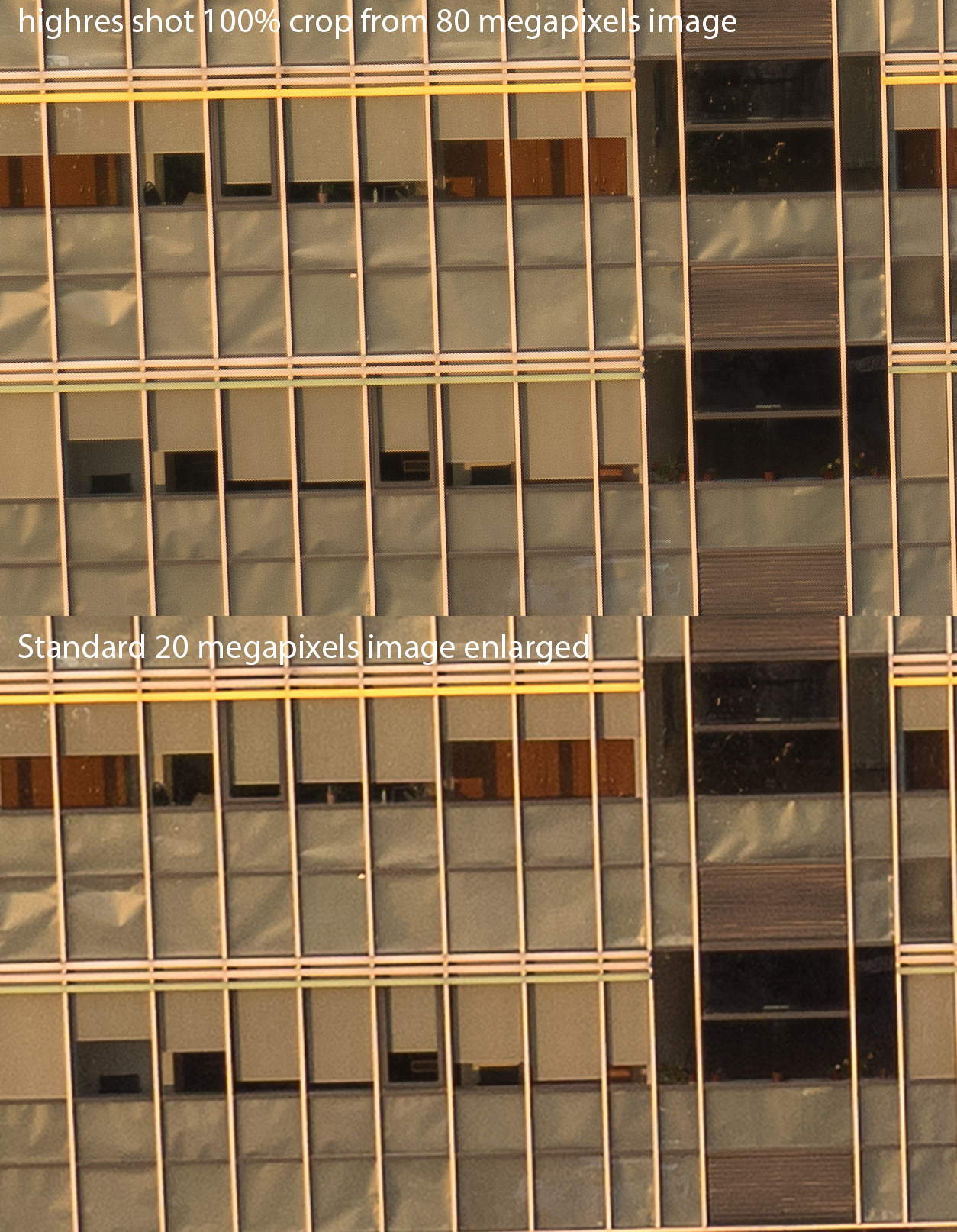
This is a 100% crop from the 80 megapixels image versus a normal one. The resolution is huge, the noise is a few f-stops better. For the type of landscape photographers that only shoot from tripods this is a little miracle. You can download the raw files from here to play around with them
Once again on an Icelandic landscape (taken with the Laowa 7.5mm f2.0 lens @ f4.0 and an ND filter)
This is the shot with the highlighted areas :
These are the crops
Also for landscape, using highres mode and iso 64 recovering 5 fstops has no quality penalty.
-60FPS burst : This is insane and while it does not focus in this mode you can get shots that otherwise would be impossible. And it holds this speed for a couple of seconds before getting to the limit of the SD speed. And while 60fps is not that useful, the 20fps mode where you can use Continuous AF is very useful and still almost unheard of in the world of dslr’s
-The Autofocus in general. I found it to be faster than on the 6d that should have a very good central point. However just comparing central point performance I found the Olympus to be faster in lowlight and at the same aperture. Besides that the Olympus has 121 cross-type focus points scattered on the hole image and not just around the center. Not that useful for me still, I am one of the old school guys that uses center point + re framing.
-One other useful gimmick is that the Olympus can limit the autofocus between any ranges. Very useful in areas where you know where the background would be and the general area of where a wildlife subject will run/fly. This way you avoid focusing on the background. You can have 3 range settings that you can cycle between and disable the limit with a customized button.
-Pro capture mode. In short, this allows me not to miss any moment that I otherwise would have missed. Like a lightning, an arrow that flies from a bow etc. What the camera does is that when I half press the shutter button it starts buffering and cycling 18 raw images before the shutter is pressed. When the shutter is pressed besides capturing the next images it also saves those last 18 ones before the shutter was pressed. For this lightning I do not need incredible reflexes, I just needed to press the shutter within 1 second after I saw the light. This allows, again, images that otherwise were technically not possible, like short exposures of daytime lightning without any effort.
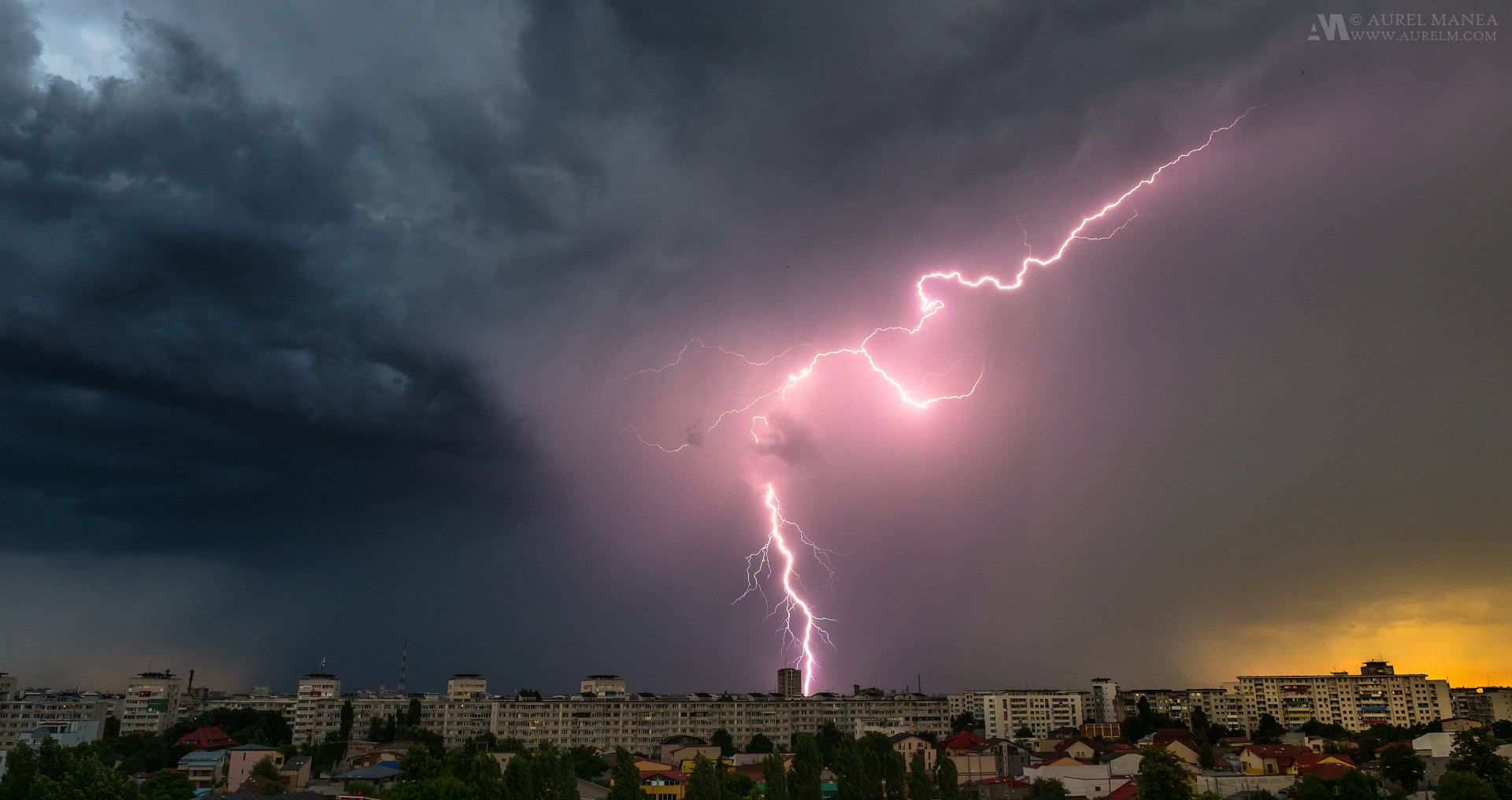
This: Daytime lightning over Bucharest without tripod. Pro Capture L mode, 20 frames/seconds burst, 1/20 seconds exposure, iso 200, f8.
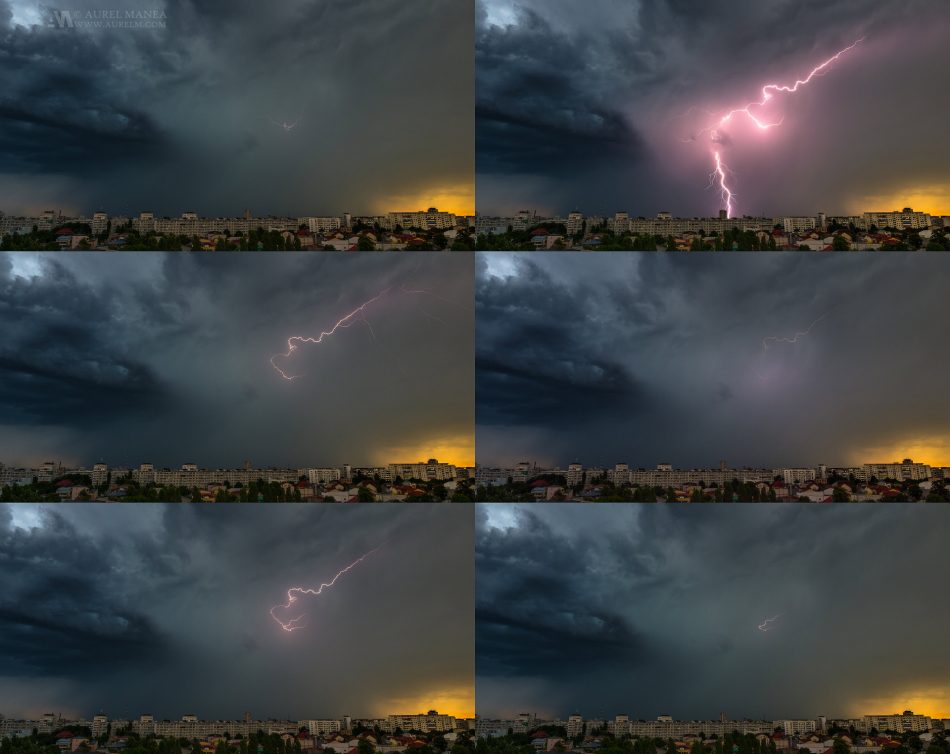
And also the rest of the images that I captured of the same lightning. While the norm is one long exposure photo of many lightning during night the reverse is this : Many short exposure photos of the same lightning during daytime
-Weight: This goes without saying and it is one of the main reasons. From 6kgs with tripod and old setup to less than 2kgs in total.
-Fully articulated screen. There are some cases where the viewfinder just does not work. Ground level shots, shots in very constrained spaces, hidden street photos etc. The articulated screen should have been standard in all cameras since… well since the first one came out.
-Electronic shutter. In some cases, besides the stacking process mentioned earlier, the electronic shutter is very useful. Like wildlife where any sound could scare the animal. Or just preserving shutther life in general. Or just avoiding shutter vibration for landscape.
Native HDR : Not a “must” but very helpful in some cases. Saves the trouble of merging multiple images in lightroom
Customizations, settings, customizations again: Everything is customizable to a point it sometimes becomes overwhelming . Probably in one year I will still find something and go: woooow, I could do that ? And that’s just the way I like it, never old 🙂
-Inconspicuousness . Huge dslrs simply draw attention. And you never want that for street photos. Not only the subjects tend to be scared, mad or just plain unnatural you can get in trouble with security, police and any person in uniform that associate big cameras with pro photos.
-A new feeling. The most subjective one of them all. I love the camera, I love the feel, the 80’s look, the ergonomics. Like the feeling I get from a Fuji camera this camera is made to address some nostalgia within me. I simply love that body.
-Tele comodity. the Zuiko 75-300mm f4.8-6.7 II was one of the surprises. For only 400 grams it practically became my main lens on the camera, figuring out that something far away is much more in need of instant access than something near. And also this allows me to have the tele capability during any night out or plain old cigarette opportunity .
Birds and animals, all taken with the 75-300mm lens, most at 300mm.
Photos I took at an airshow in Bucharest. I took about 2500 photos in 2 hours (bursts) and still had 25% battery but no card. A really really high speed card is necessary. Most photos taken with the 75-300mm, few with 12-400mm 2.8.
-Electronic viewfinder : While I did mention I do not like the way the image looks in it, the advantages are countless. At night this gives me night vision, the zoom function gives me a telescopic view of the craters on the moon, Jupiter and its moons or the neighbors in a block 500m away. Or the fact that I can look at the photos I made during very bright conditions where just the screen is not visible.
-Manual focus peaking. Sometimes auto focus is hard because of foreground objects or just because it is a manual lens. The next photo was focused manually.
-The rest of the functions I have not yet tested. Most functions I have not tried and as I do I will update the review with them. But it is very nice to know there is something new to learn and use.
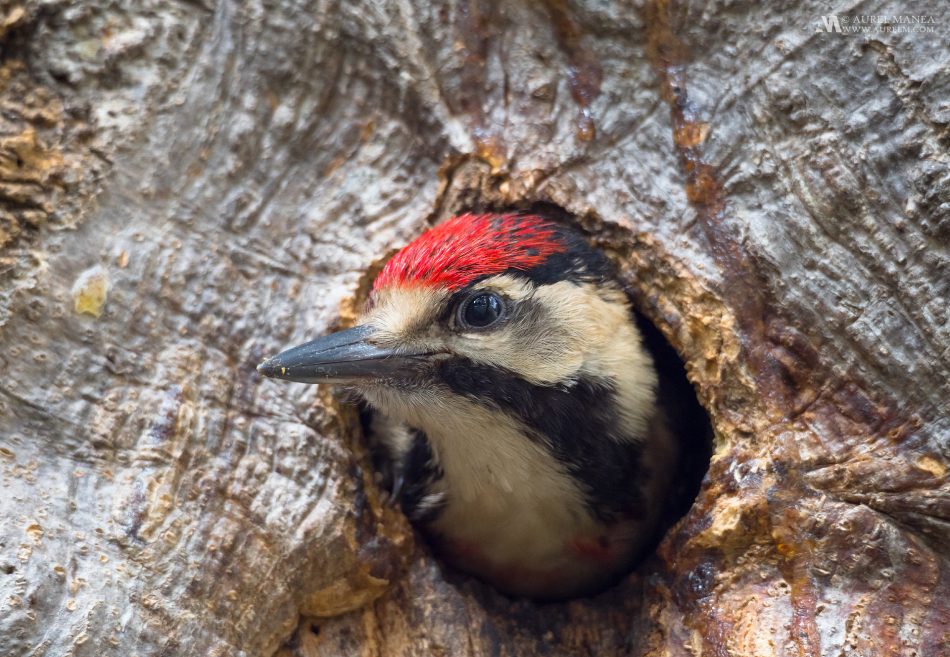
-Colors and the pleasure of photographing again without the laziness to take out the camera or bring it with me. Most of these are subjective but for me they are values nevertheless. I like the look of the Olympus photos better and compared to Canon I feel I do less post processing. This might change in the near future but for now I feel this way. Maybe it is just the “new factor” . Maybe all of this will change. Maybe in 1 year I will move back again to full frame. But for now this is the most wonderful thing that happened in my photographic life in the past 8 years.
Sum Up
While the things that came as an upgrade are too many to sum up I will just re-state the things that I really miss from the 6d (and probably most fullframes).
-Long exposure without dark frame extraction is a big no-no. That means that all night time photos have double exposure time by activating the long exposure noise reduction function. That is fine for most intents and purposes but for something like time-lapses (I don’t do time lapses btw) give a significant quality impact. Apparently the problem is present on all Sony sensor including the Nikon ones. However on the 6d for exposures up to 1 minute I never ever had to enable the function.
However I seem to get better milky way photos all-in-all than I did with the 6d so maybe what I am saying is bullshit and the actual photos speak for themselves.
-Higher noise levels. For most photos with low noise it is not a problem however for wide angle milky way ones where there are not yet lenses wide enough (Laowa 7.5mm is only 2.0 and the quality on 2.0 is not on par with Samyang 14mm 2.8 on fullframe for example).
-The dof I got on lenses like the Sigma 50mm 1.4 is impossible to achieve here. Olympus is workig on a f 1.2 lens with the same fov but I have a feeling it will be very bulky and it will still have the dof of a f/2.4.
-I wished the camera had more megapixels. While it is similar in number to the 6d, due to the strange aspect ratio for landscape photos I lost a bit of horizontal detail. Future sensors should go higher. The Highres mode is very nice but very impractical because of the tripod need.
But, of course this are all minor problems compared to the huge amount of upsides I got.
I will end this with a further update of negative things thate are real problems for me and hope Olympus will fix with a firmware update as they are all software related. I will put them in red to be visible in case someone from Olympus will read:
- In burst modes and Pro Capture the exposure is always locked to the first frame and should be separated. Following a bird flying away from a forest into light means I get very bad results with overexposed or underexposed images. It’s a shame to have all that speed and not be able to fully use it.
- It would be trivial for Olympus to add a function like “smooth reflections” on Sony. It already does that to a point with “live composite” but should just change the formula from “frameX + frameX2” to “(frameX + frameX2) / 2” . It would make all the difference in the world to not need ND filters that not only are a pain in the ass to work with but also lose image quality because of the extra glass
- The camera has a really nasty bug when using the 75-300mm Olympus lens. When using at telephoto it completely disables IBIS whe it is focused on close objects (the lowest focus distance). So please fix this, Olympus
- Would be nice if Olympus would add a star tracking feature the way Pentax has. Gps positioning is not need it (the camera can get the position from the phone) and the north star alignment can be made manually or using the internal gyroscope (if possible).
- For maximum ergonomic I would like to assign custom buttons to be able to switch between anything to anything else in the same category. For example I would like to customize a button to just switch from CAF to SAF.
- In Pro Capture Mode there is a big limitation that it works only with fast shutters up to 1/20 seconds. It is impossible to use it for something like 1 second exposure to do night lightning photography without tripod or filling the card with hundred of photos.
- Iso 200 would be really useful even if it is extended. It is a good compromise between the good highlights of iso 200 and low noise of iso 64. Would be nice to be native for landscape photos.
Stars at the end of the void



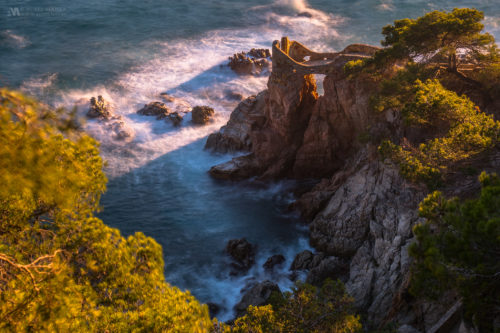
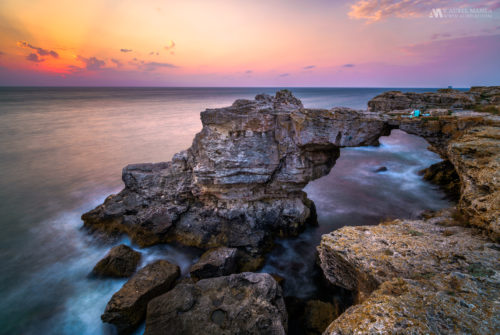
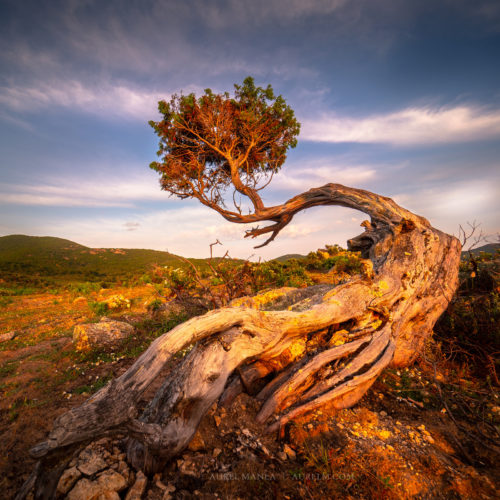
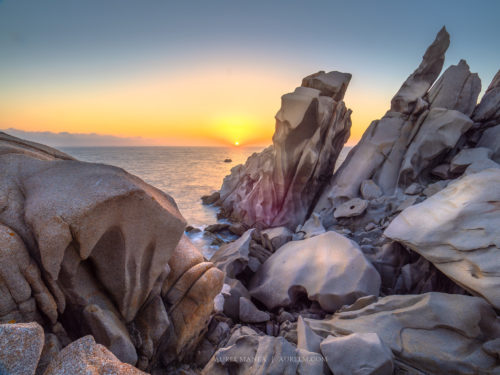
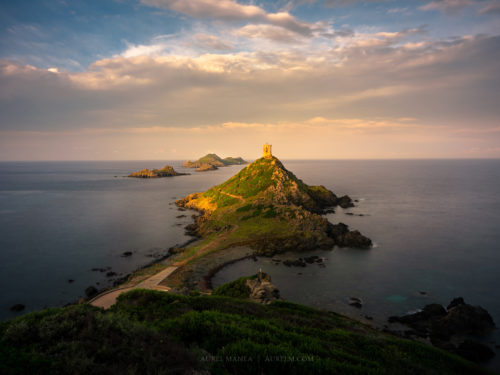
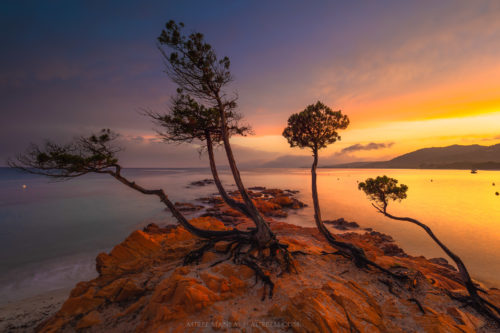
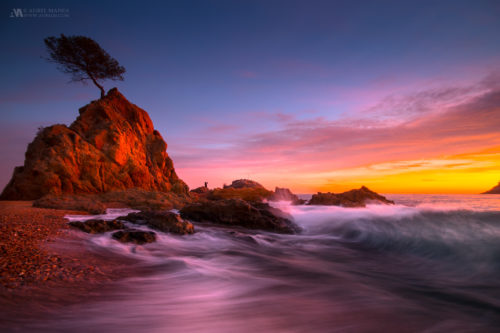


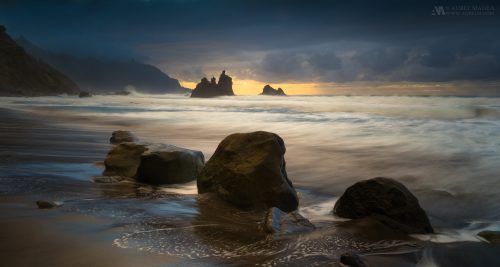
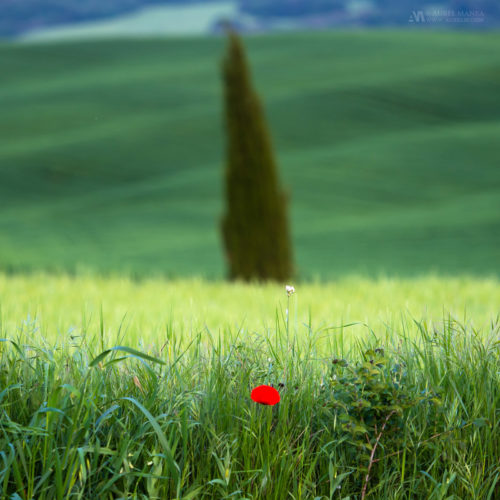
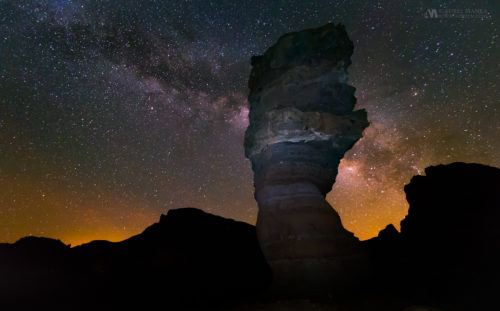

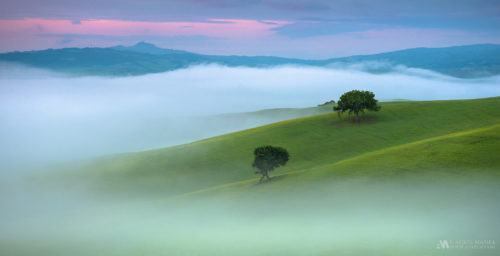

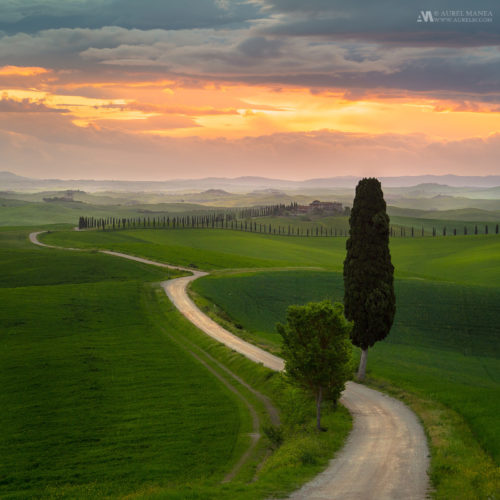


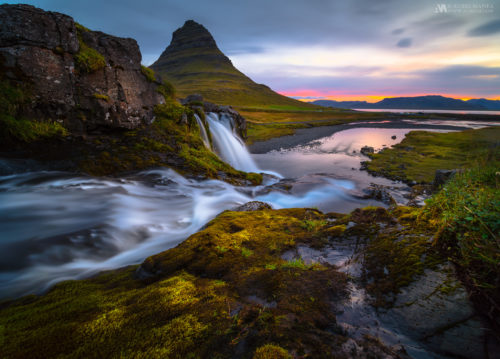


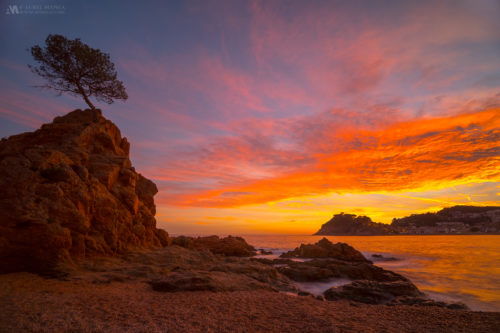
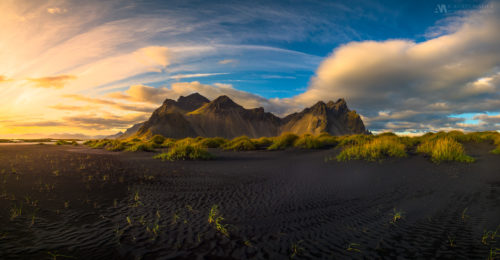
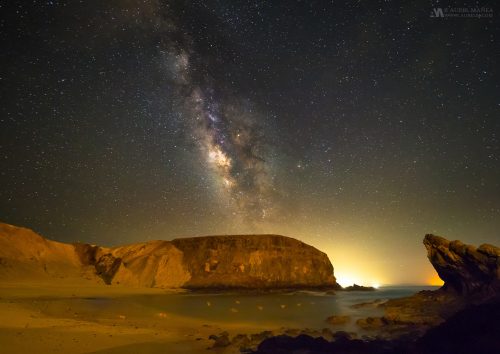

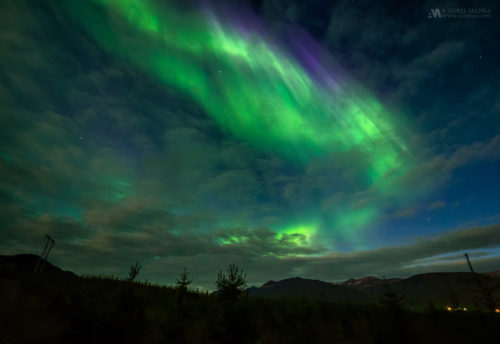

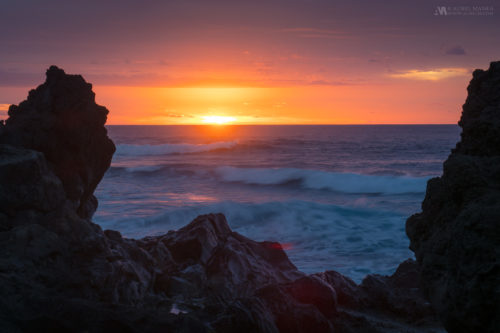


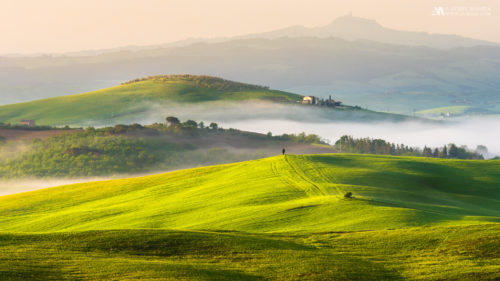
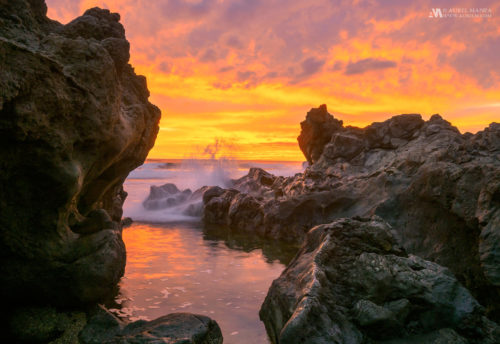



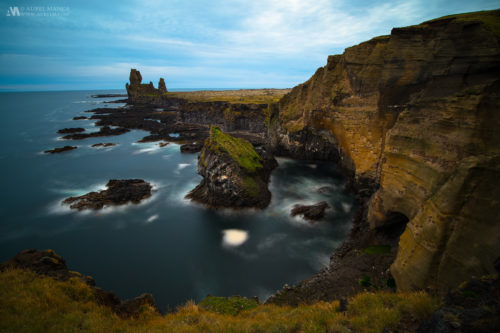
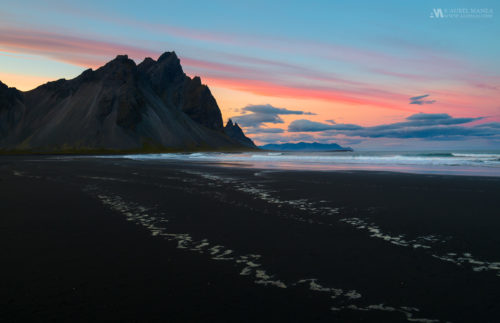
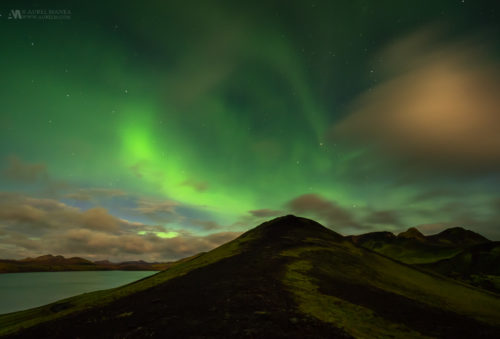
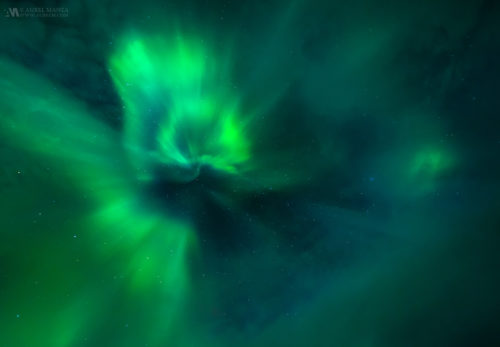
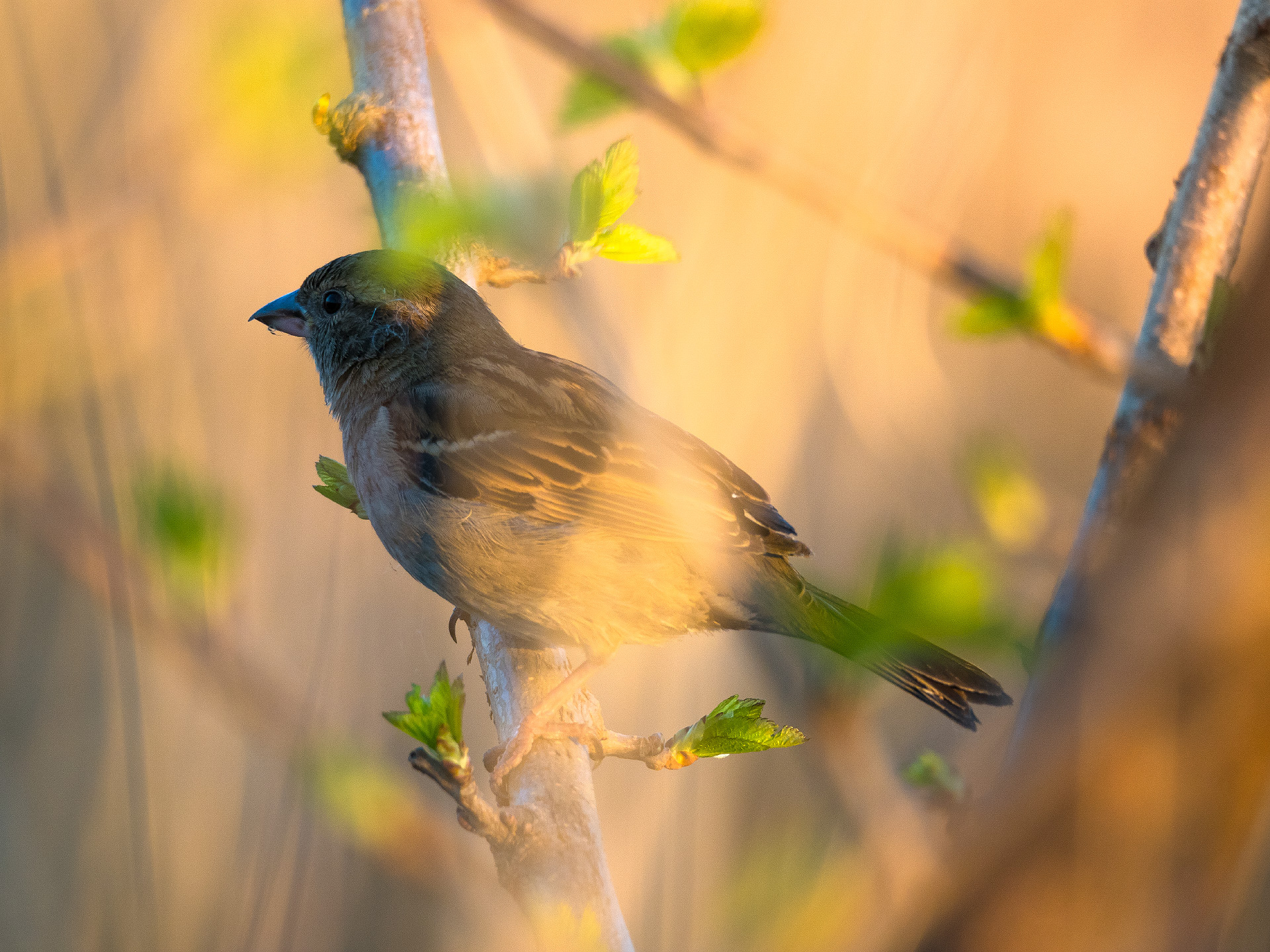
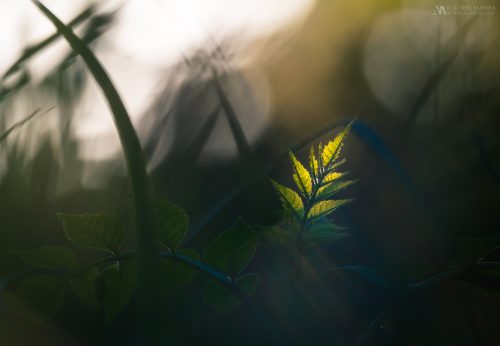
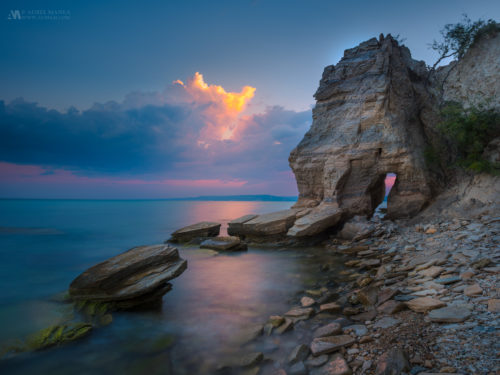
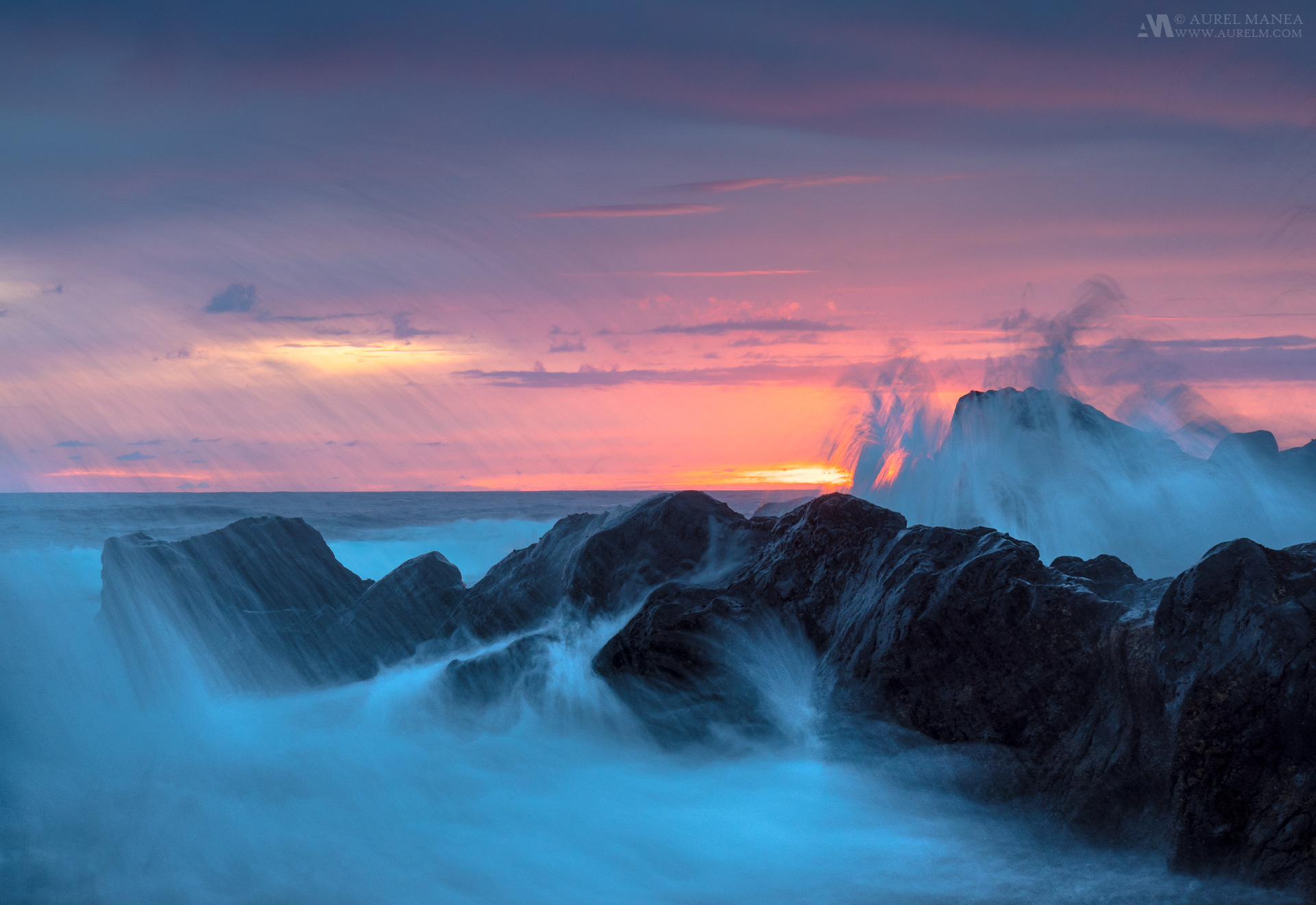

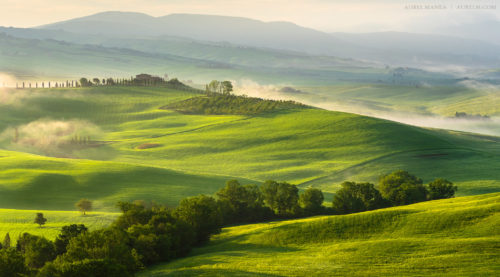

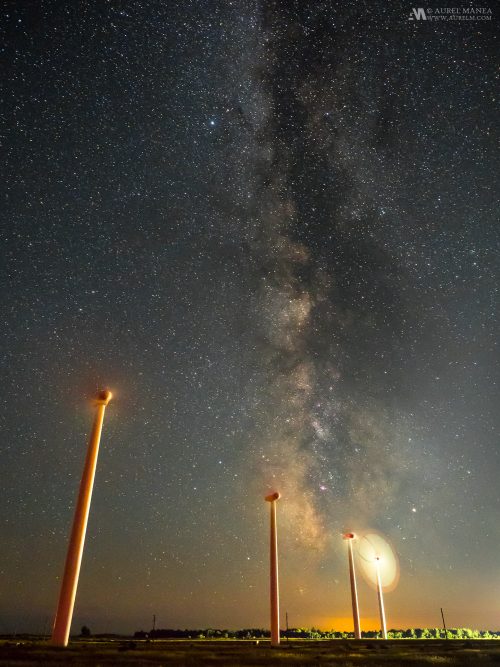
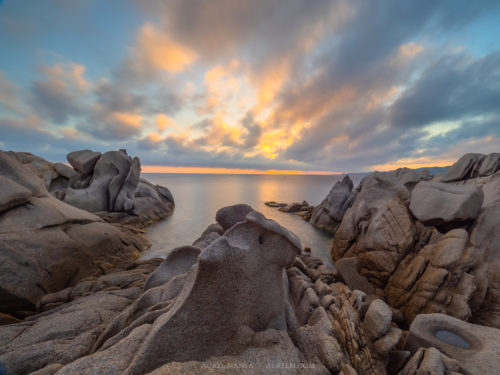


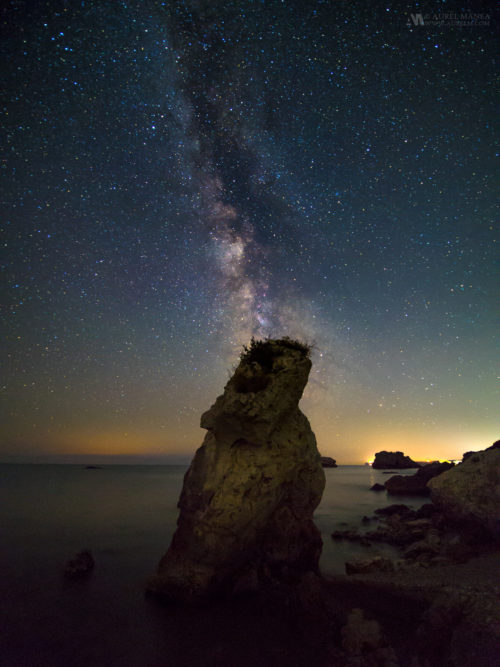
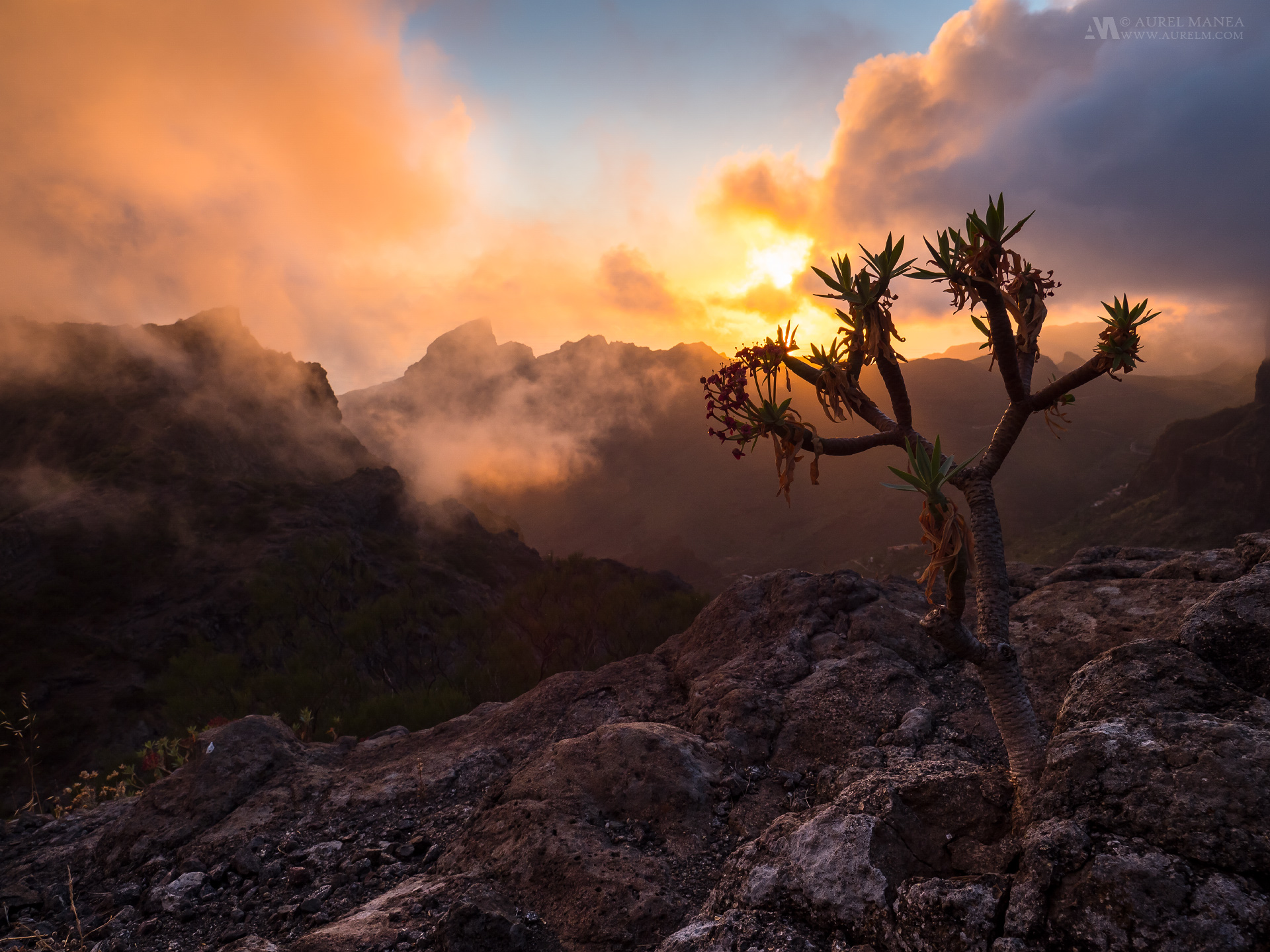
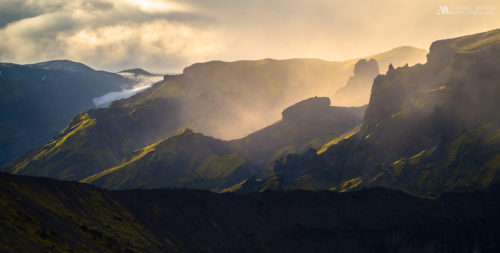

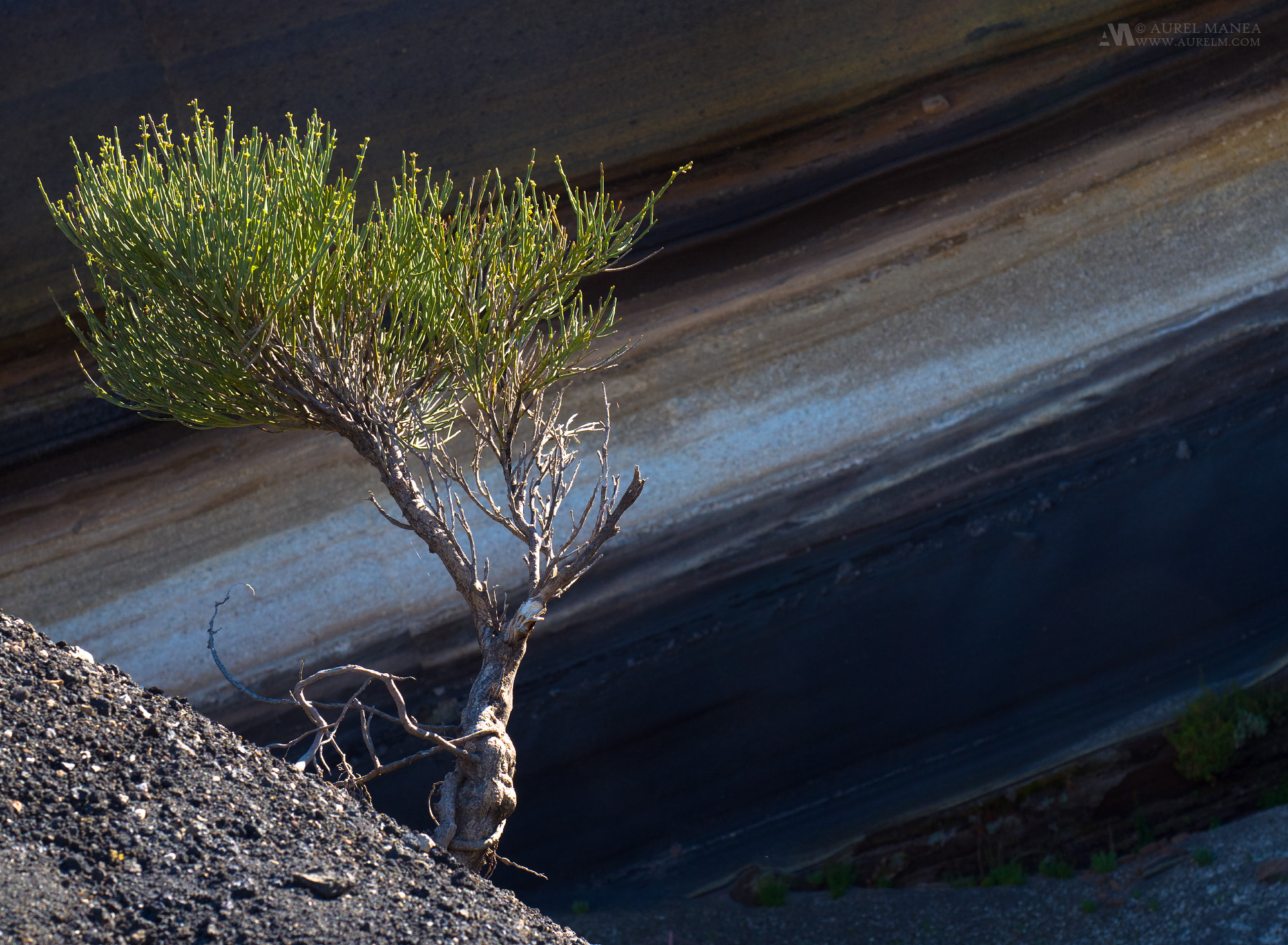

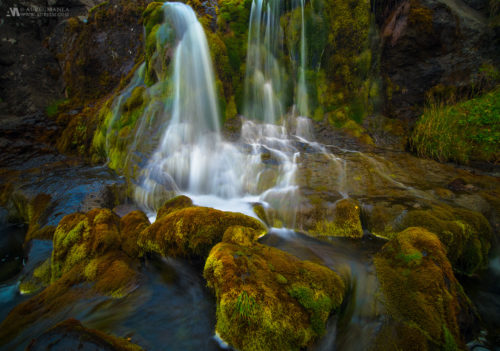
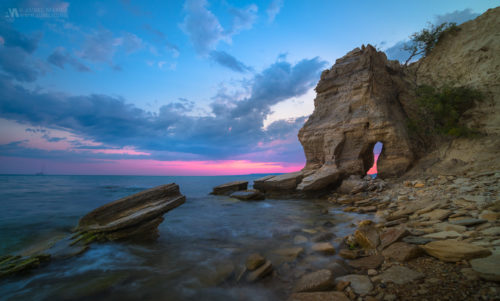
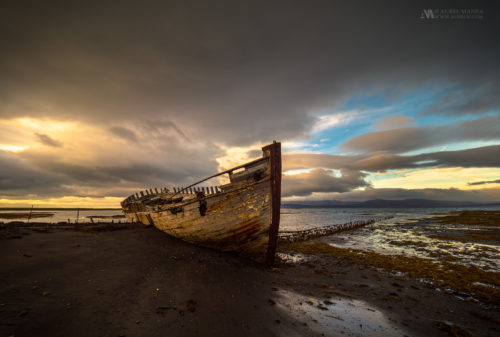
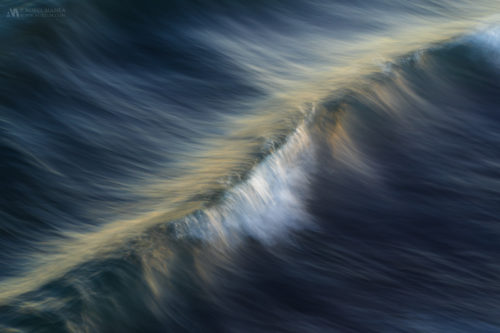
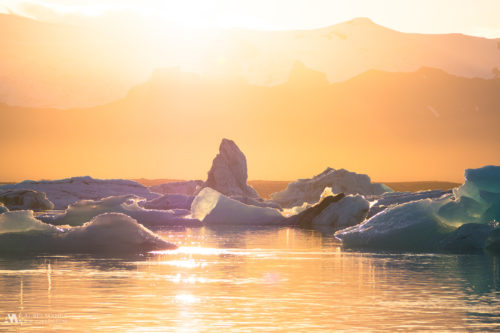
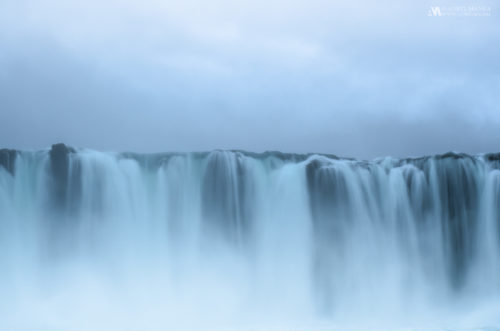
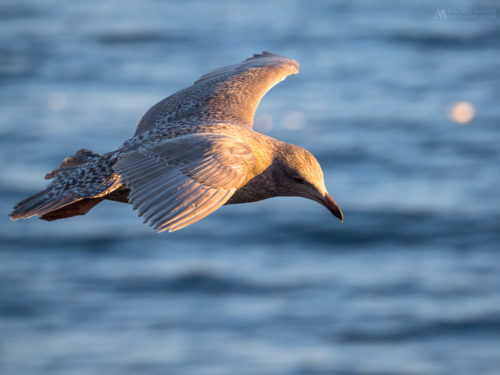
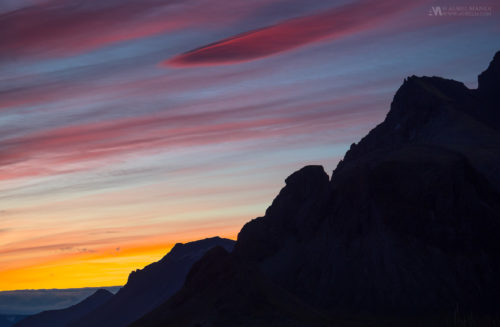
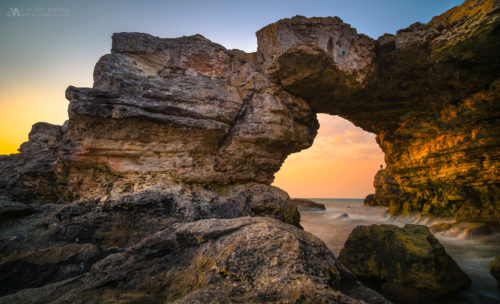
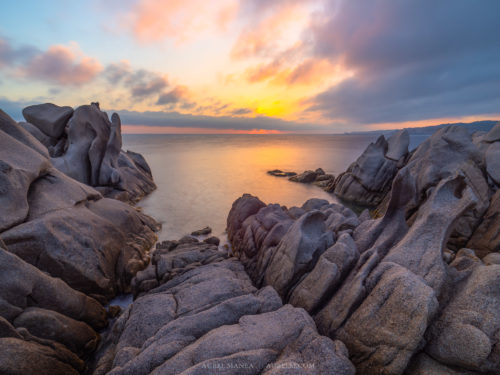
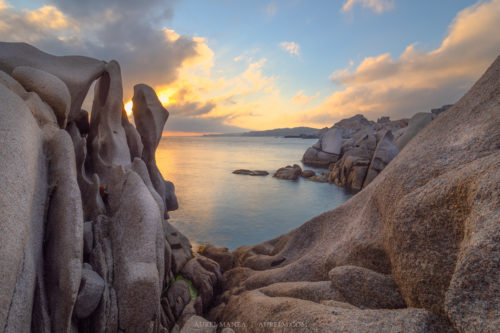
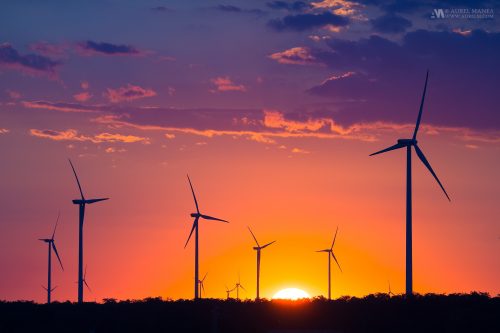
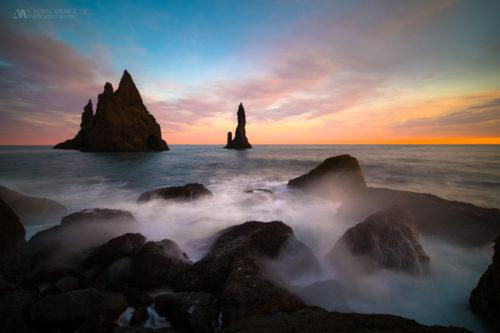

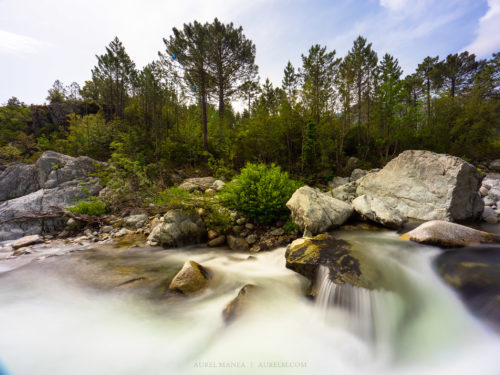



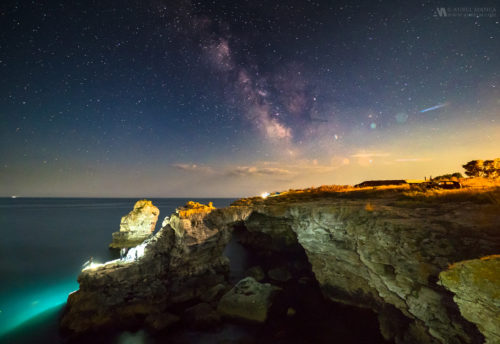
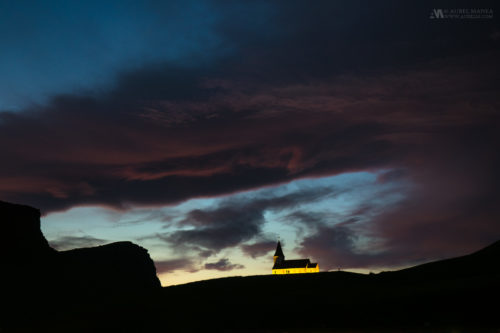




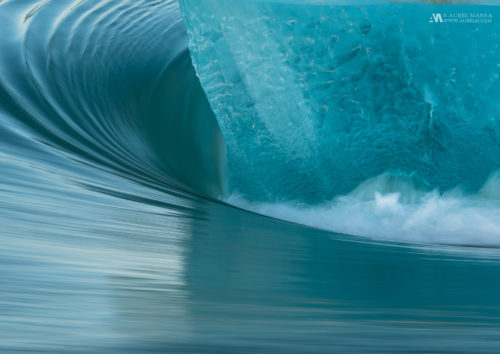
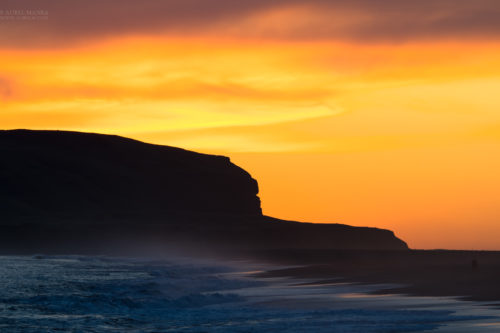


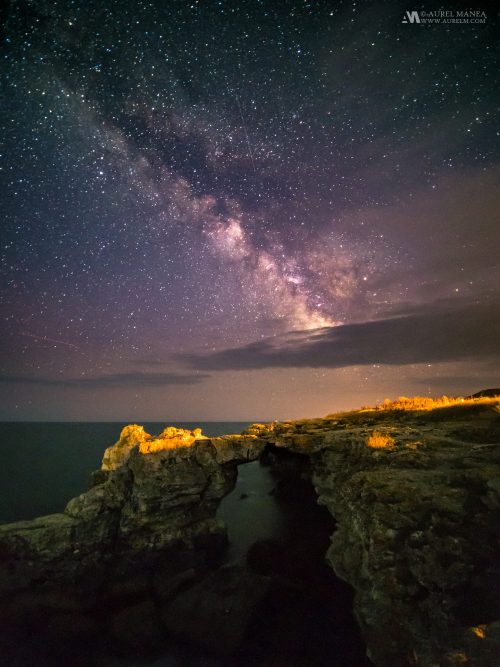
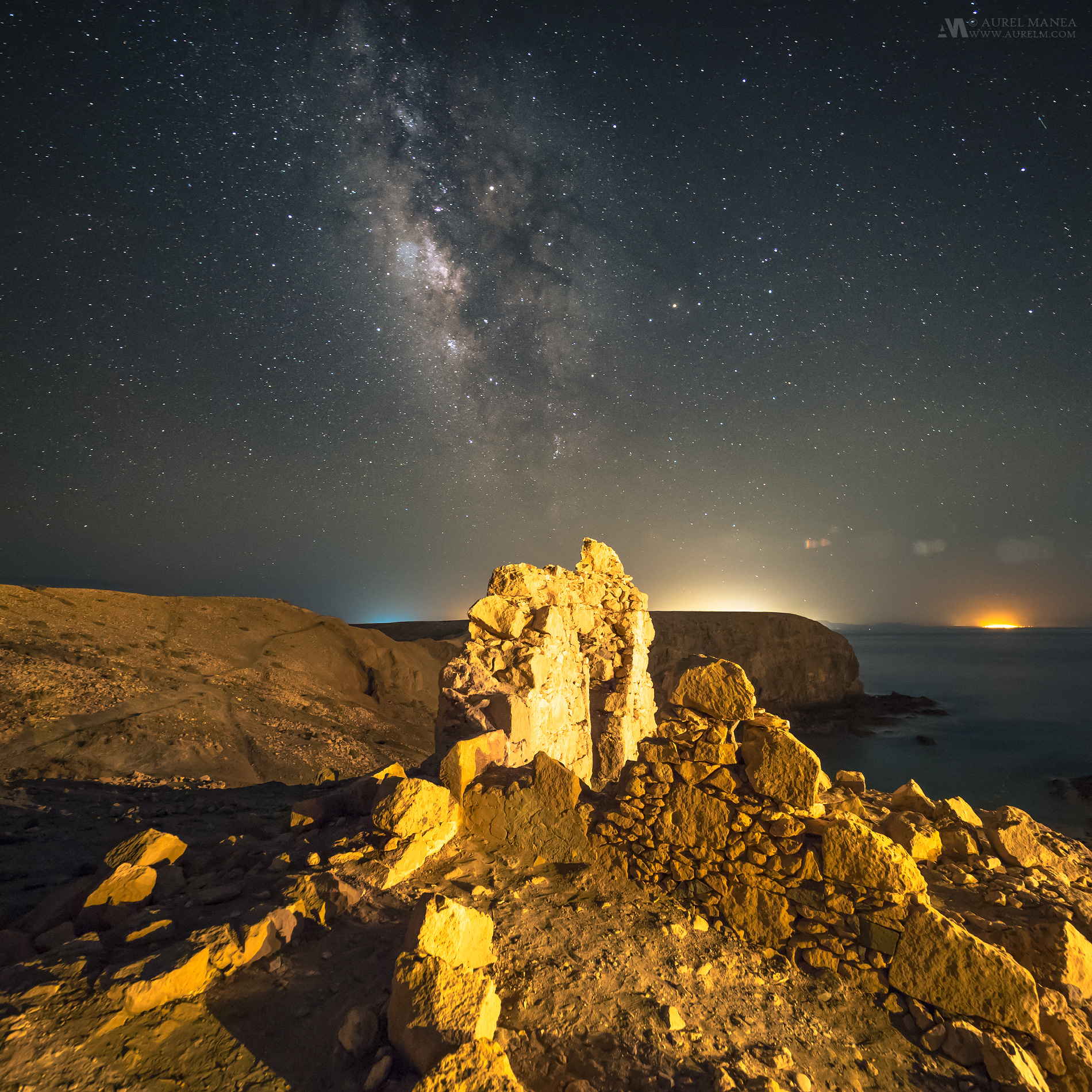

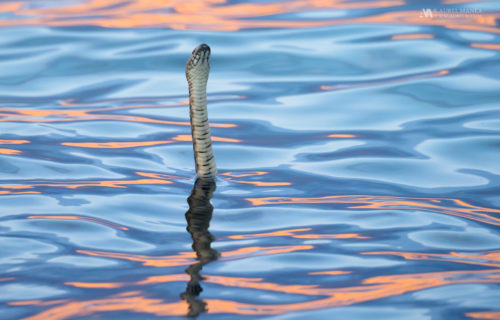
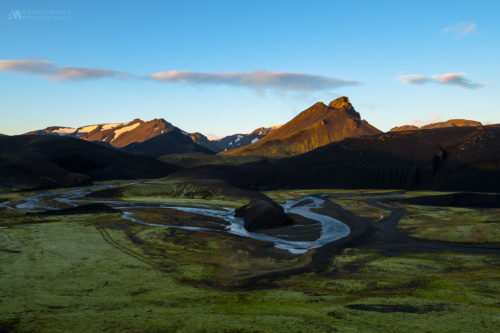
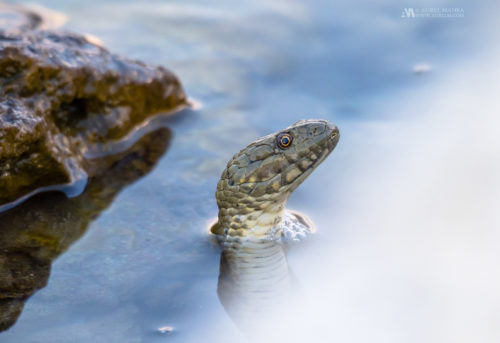
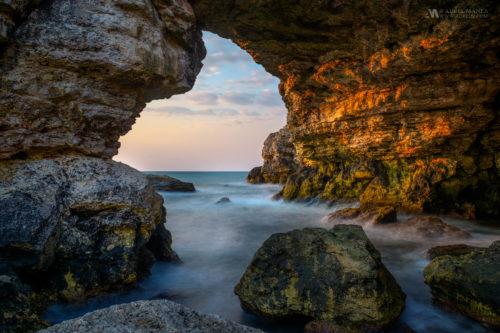
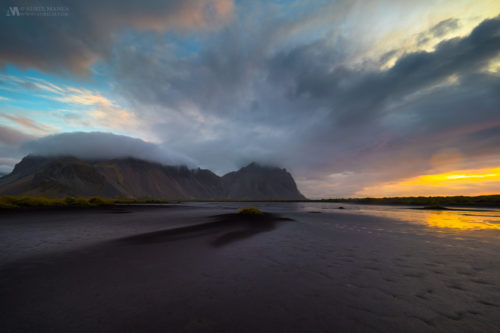
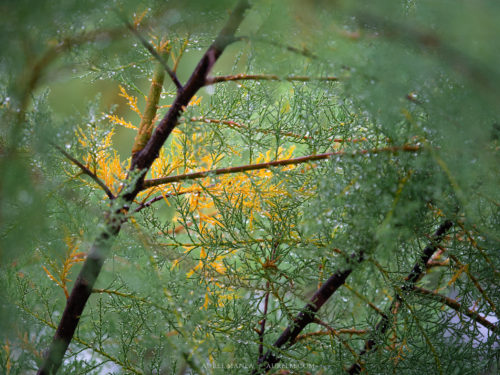
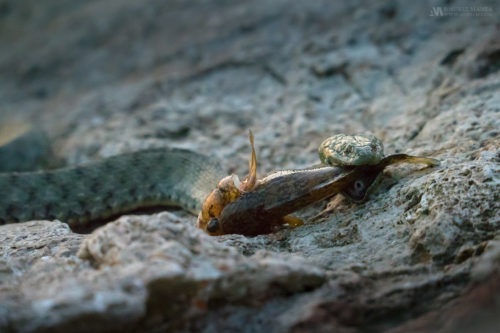
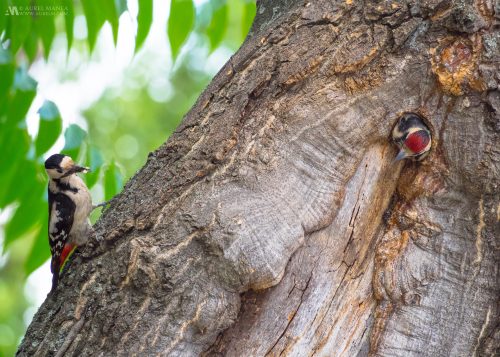
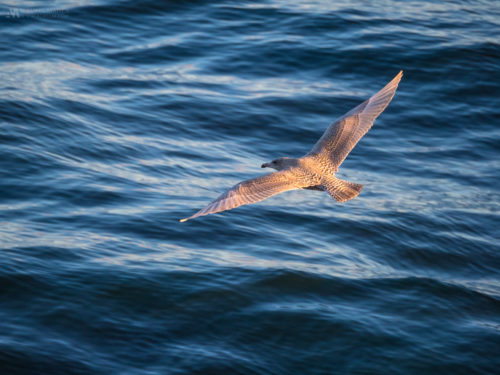




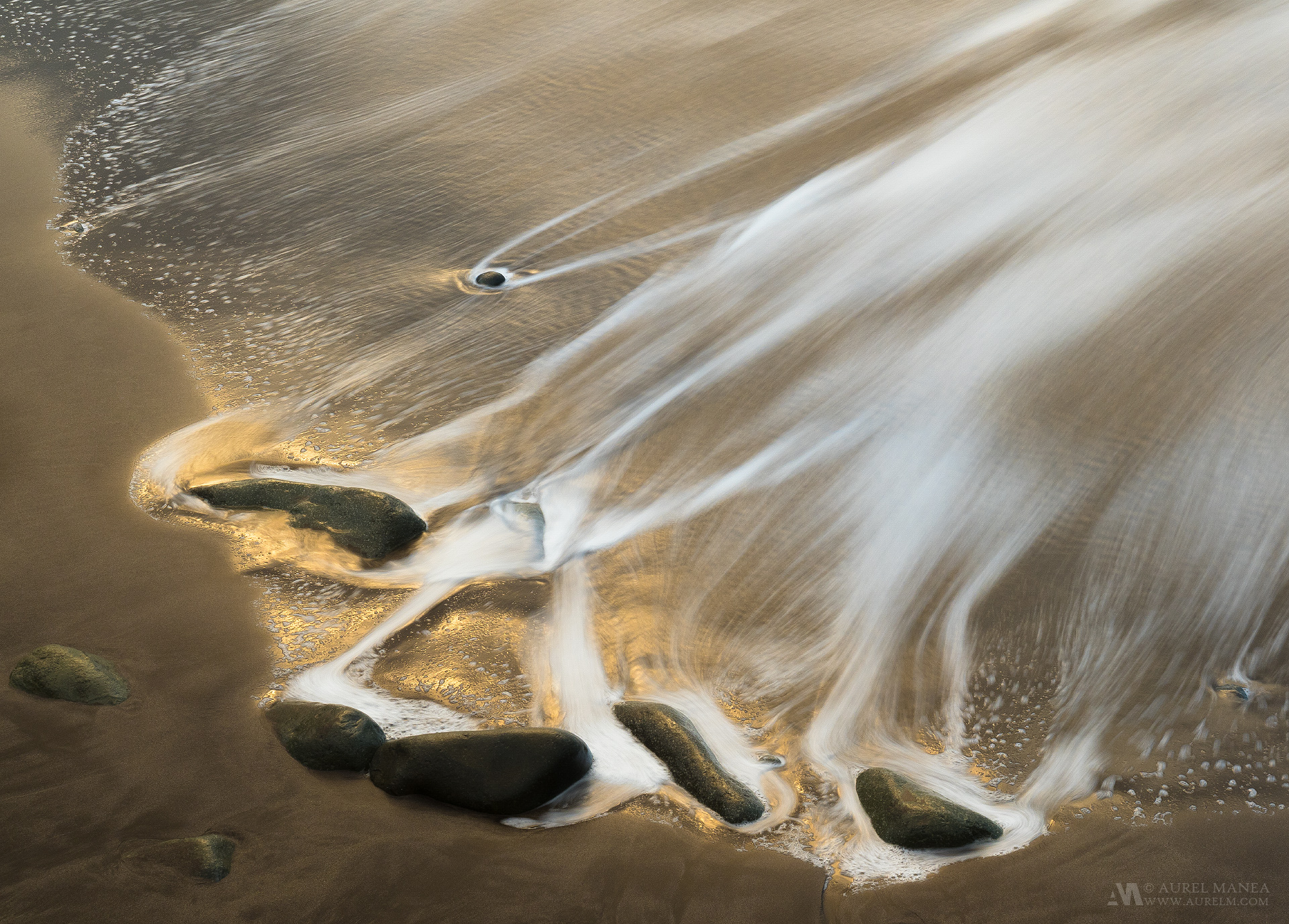
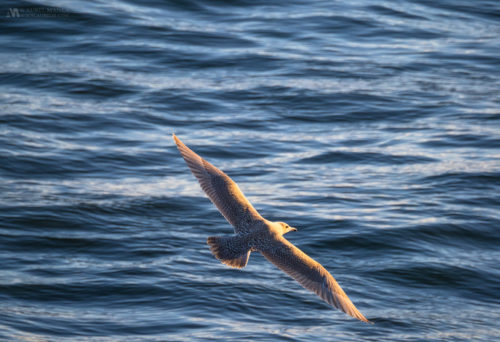

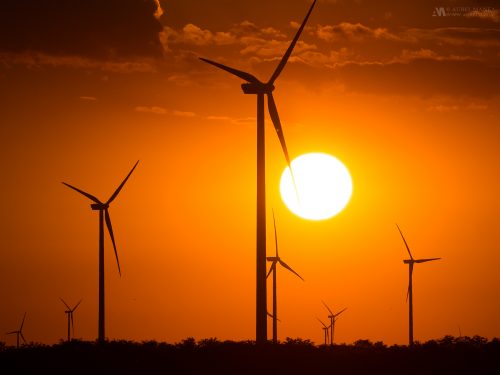

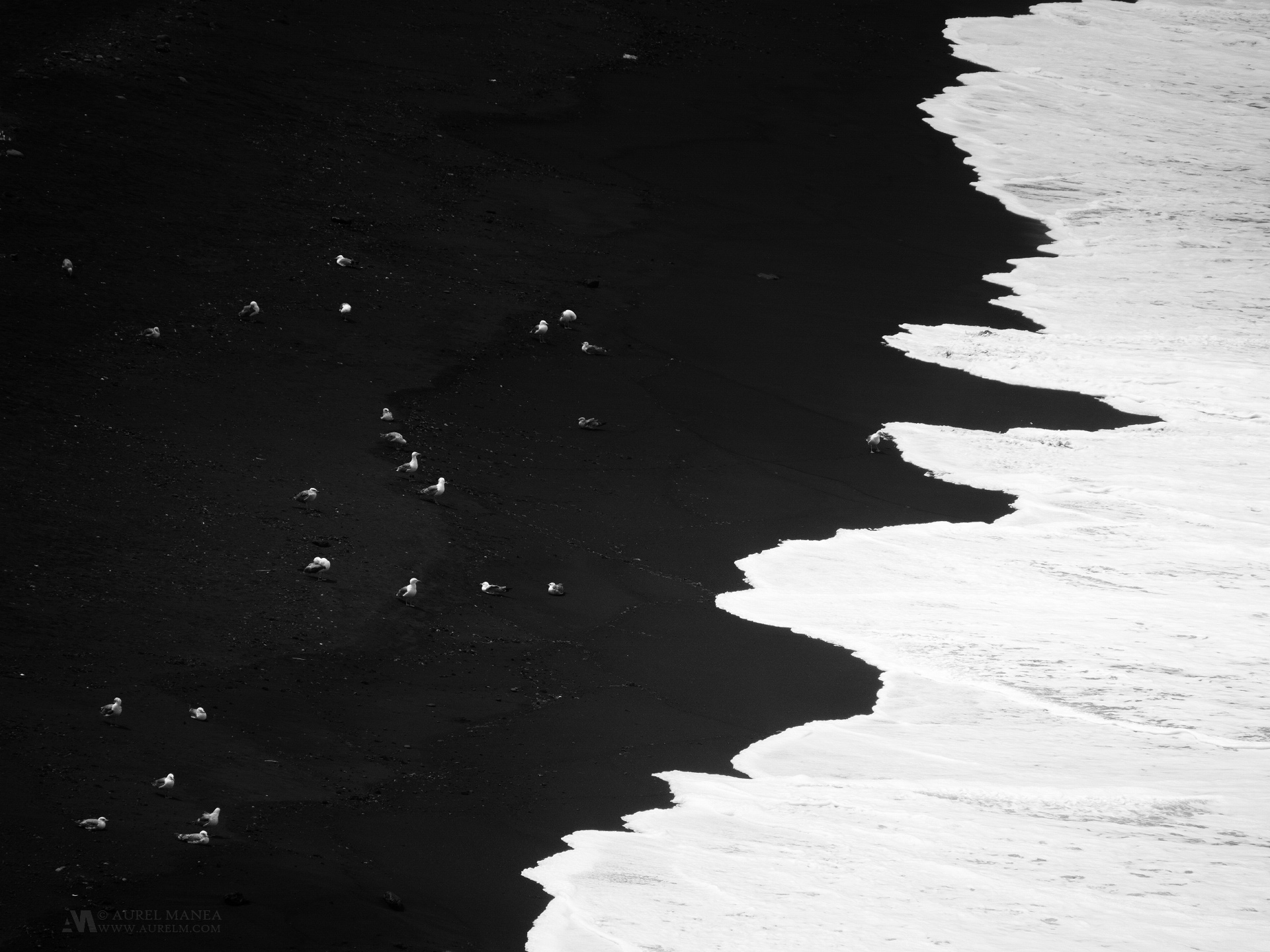
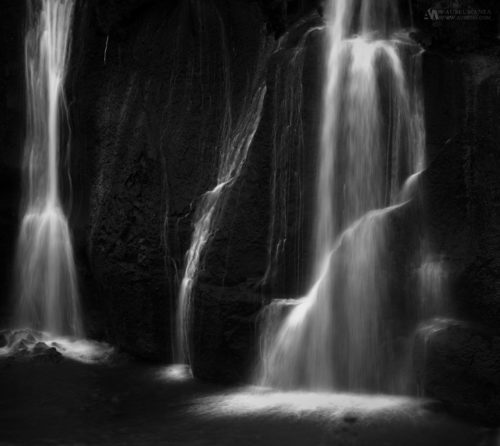
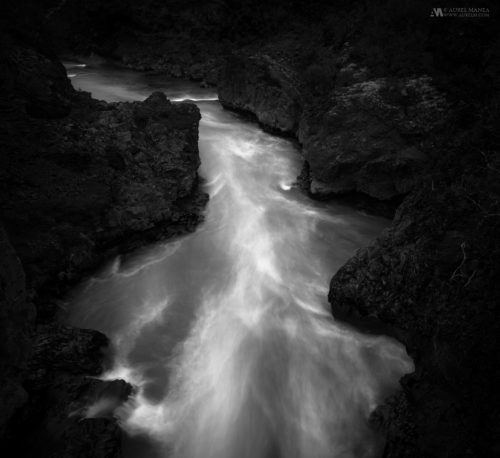
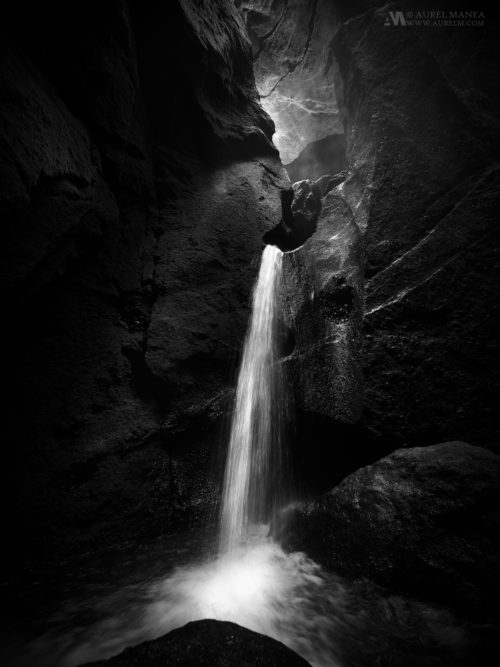

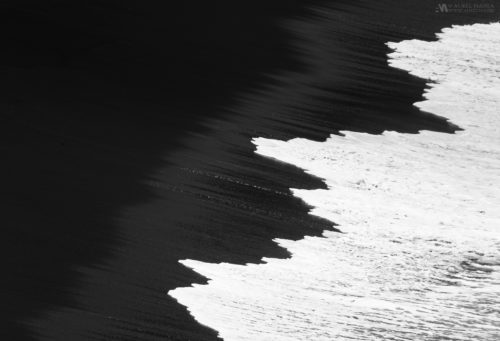

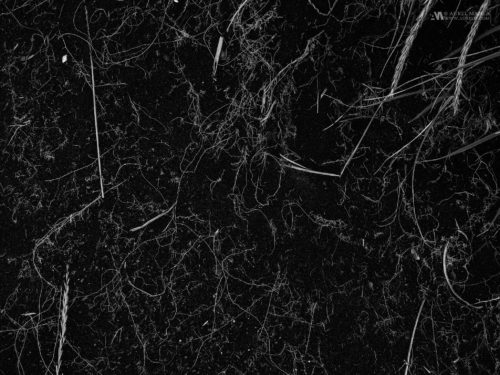

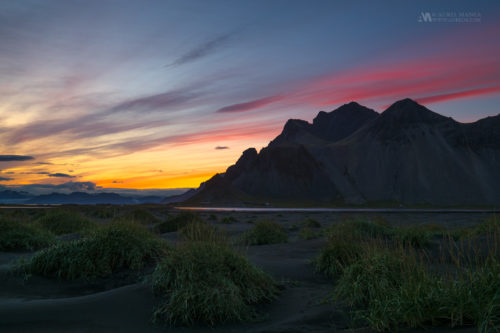
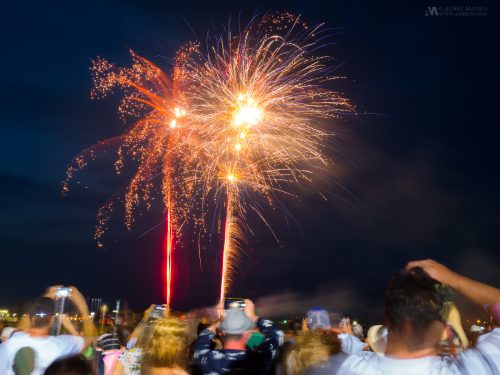
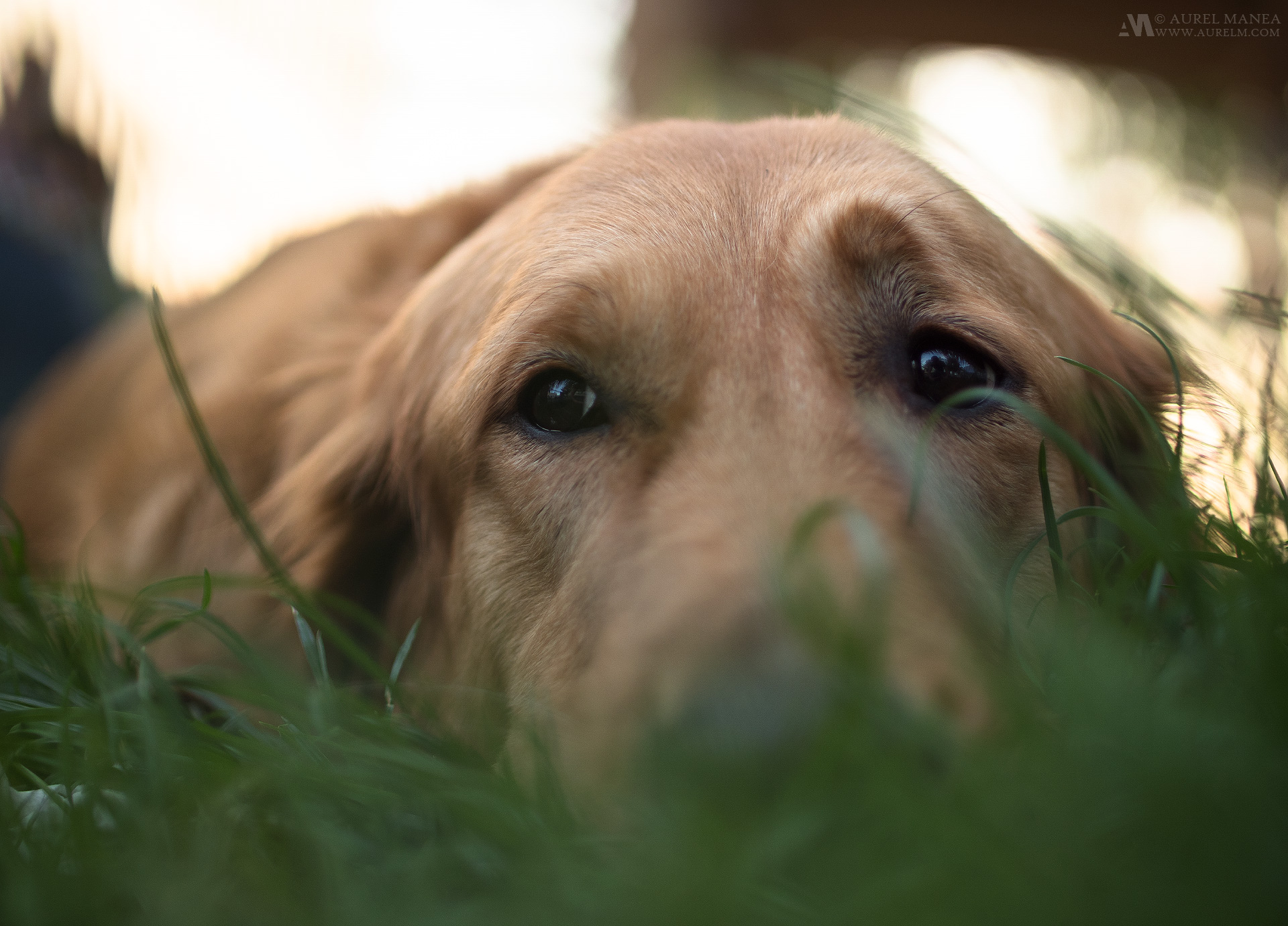

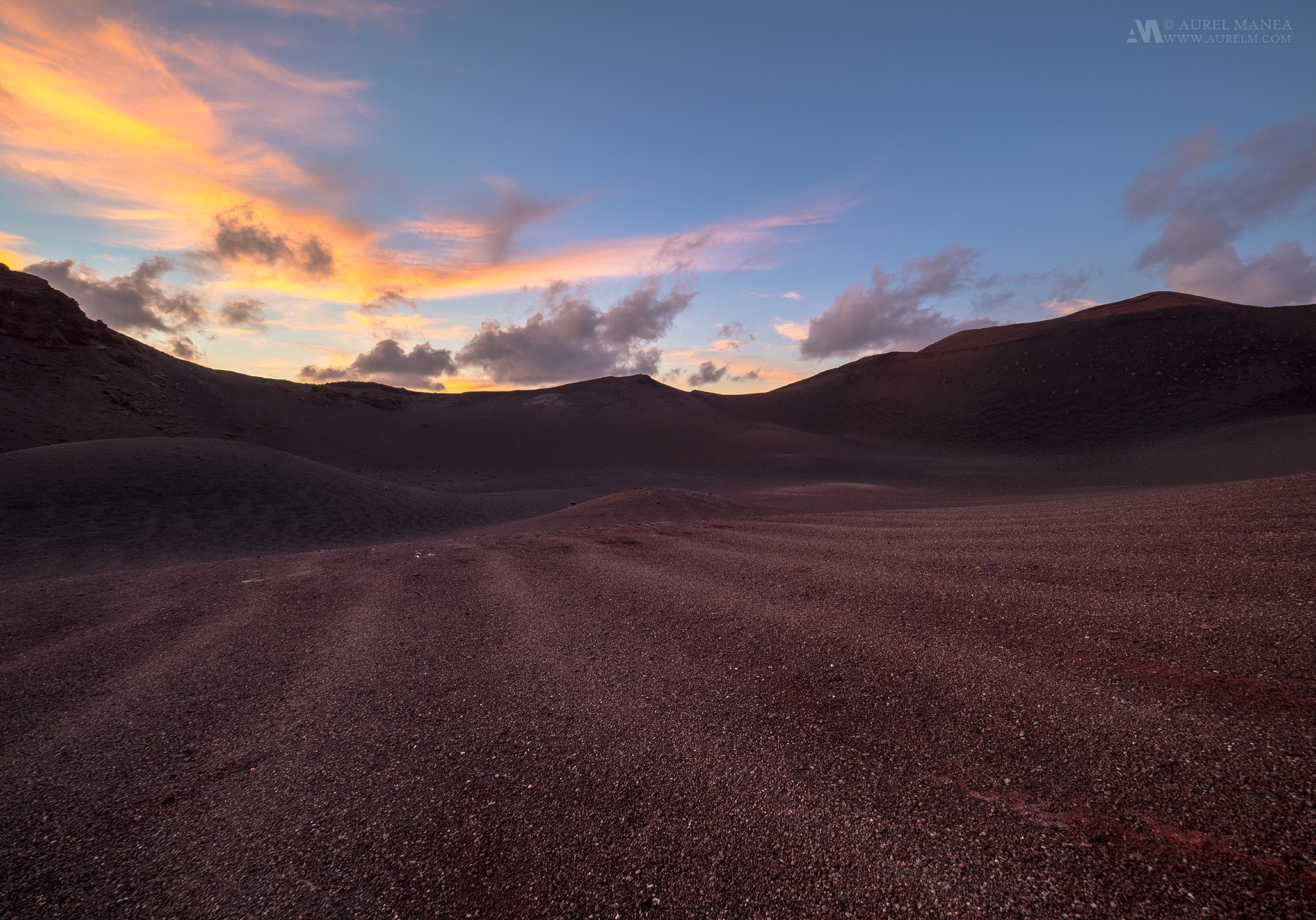

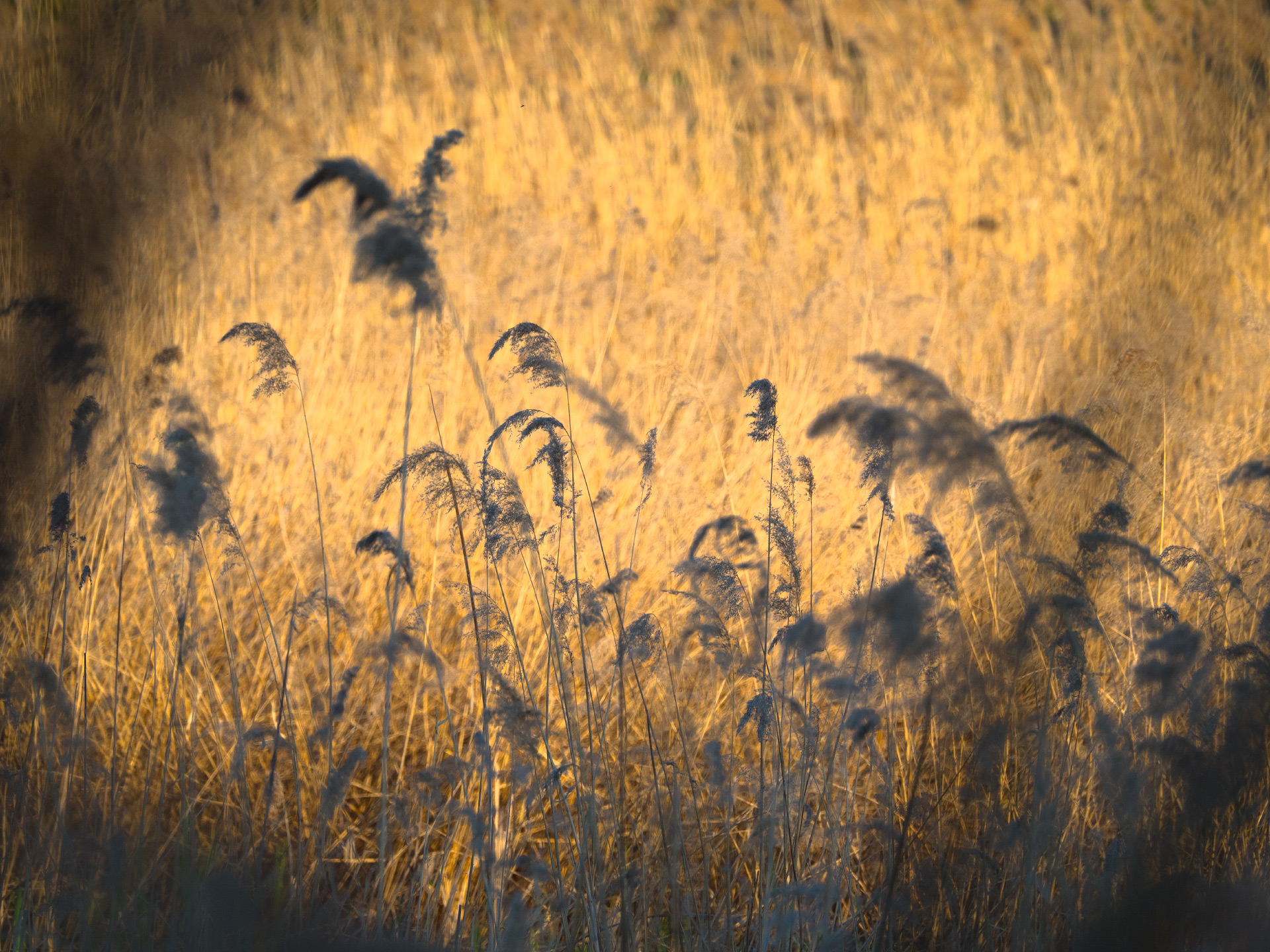
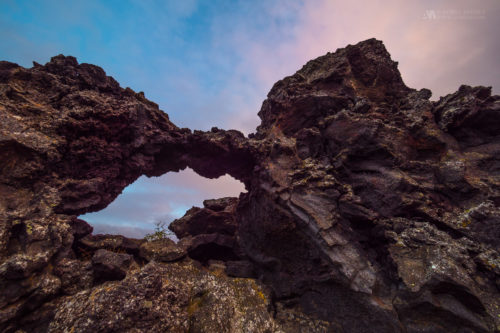
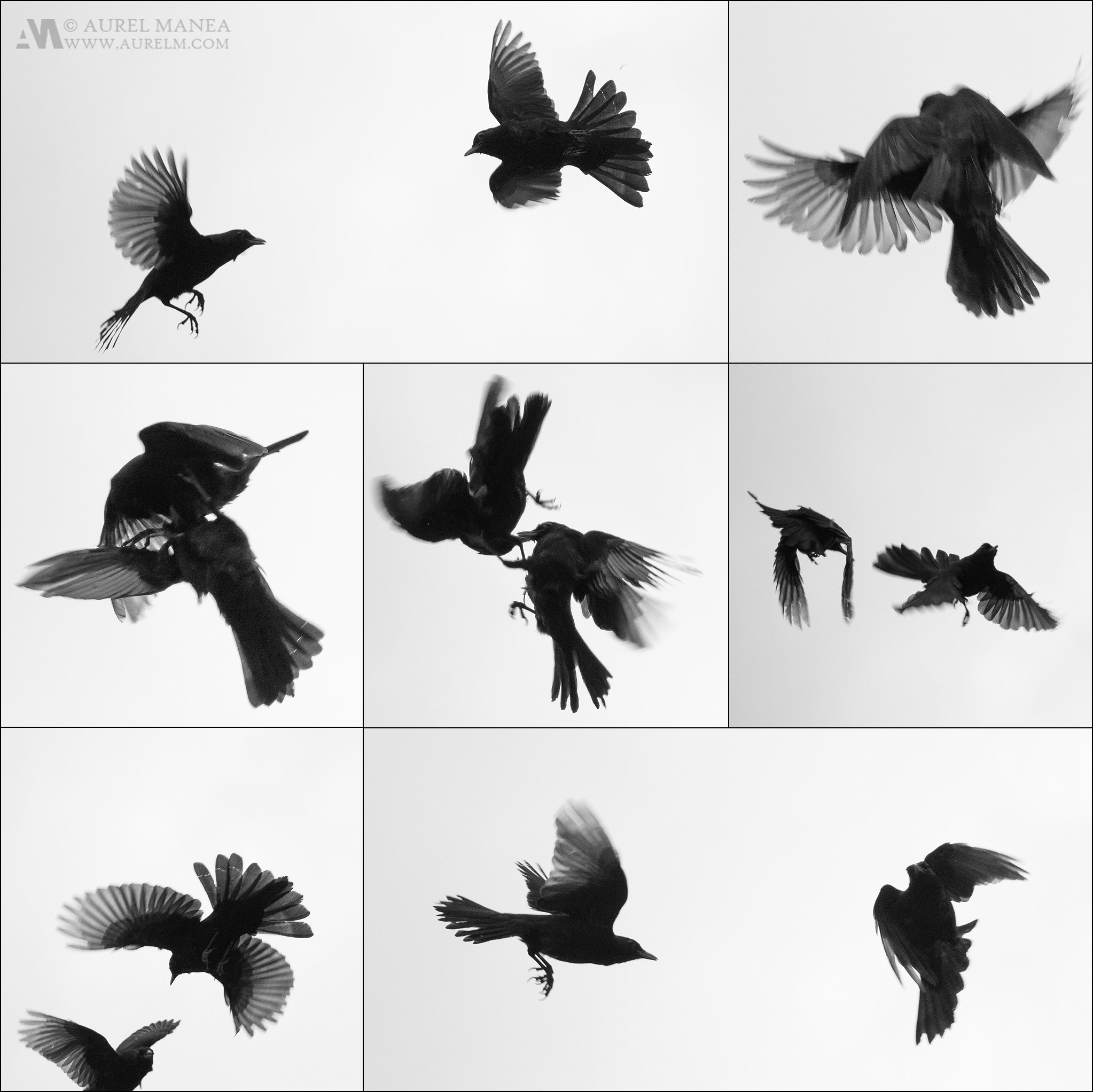



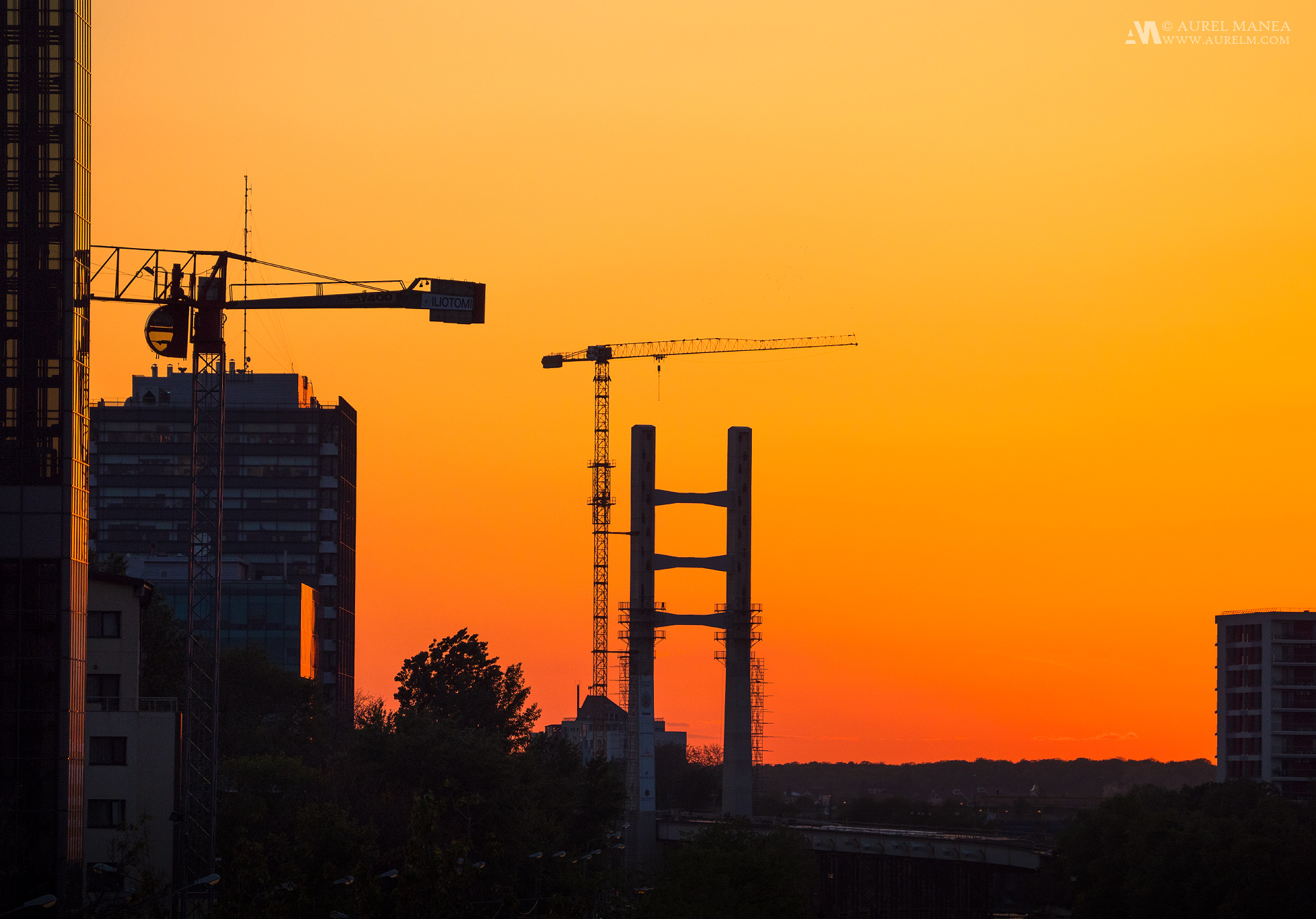

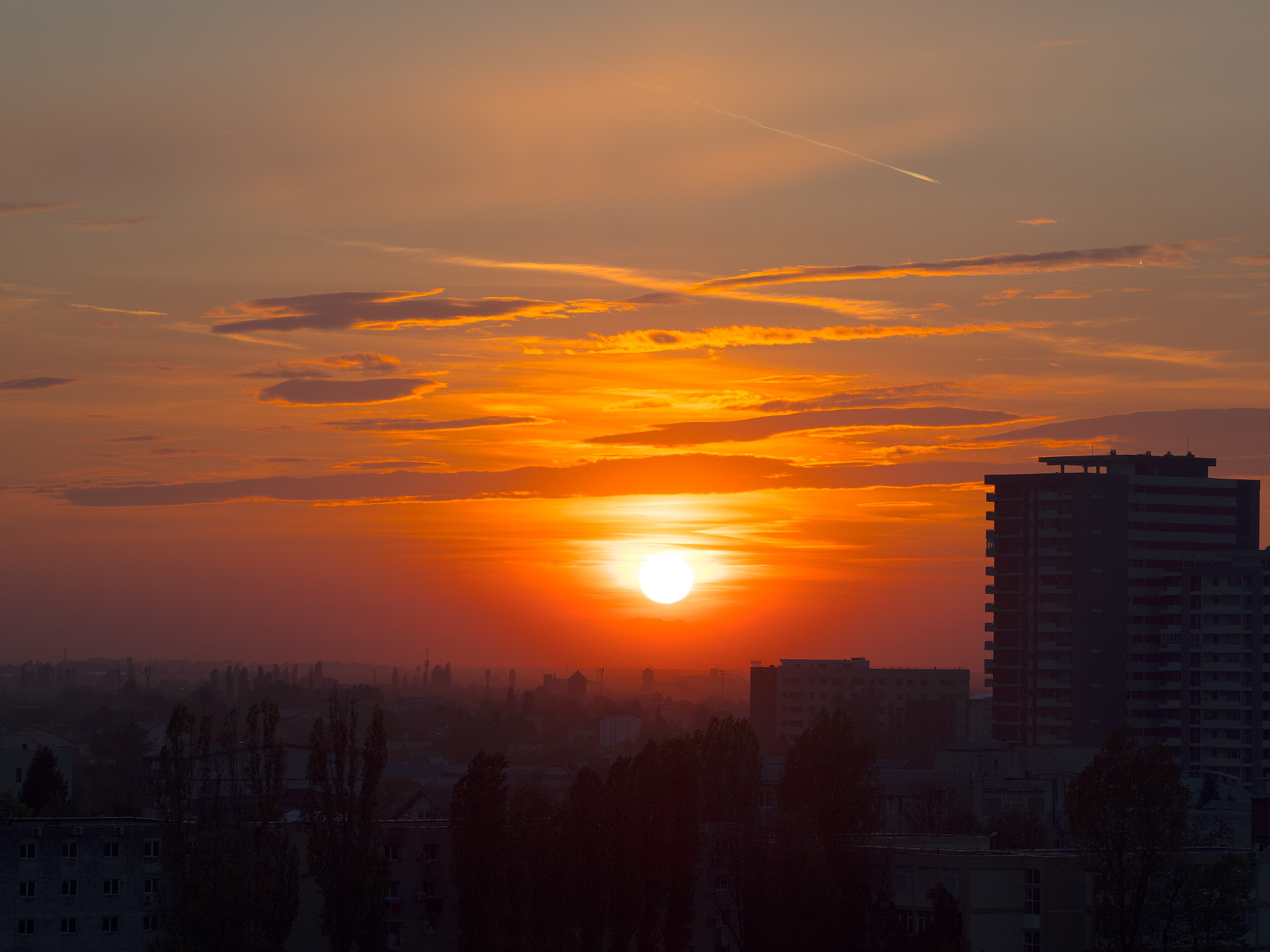
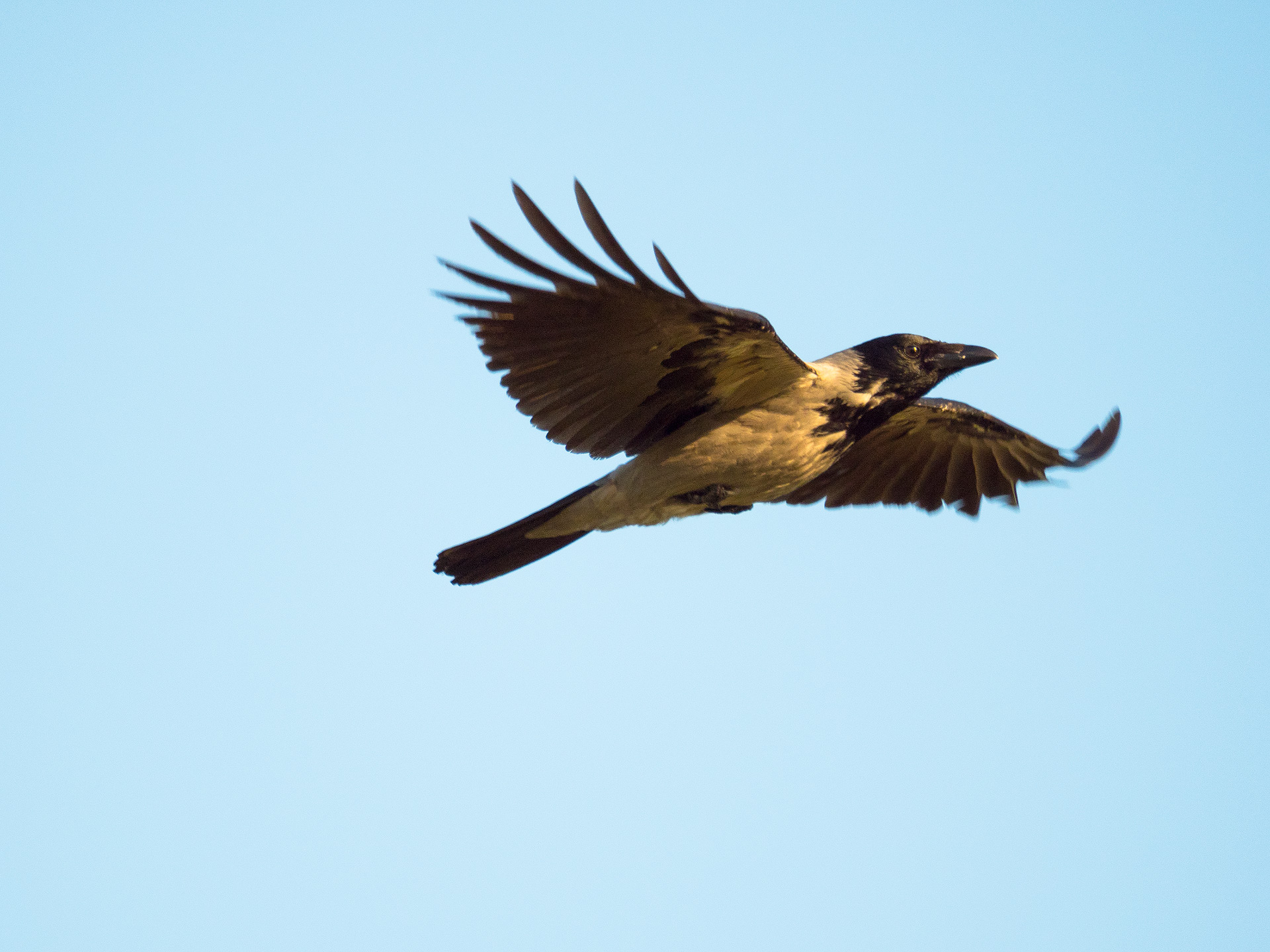
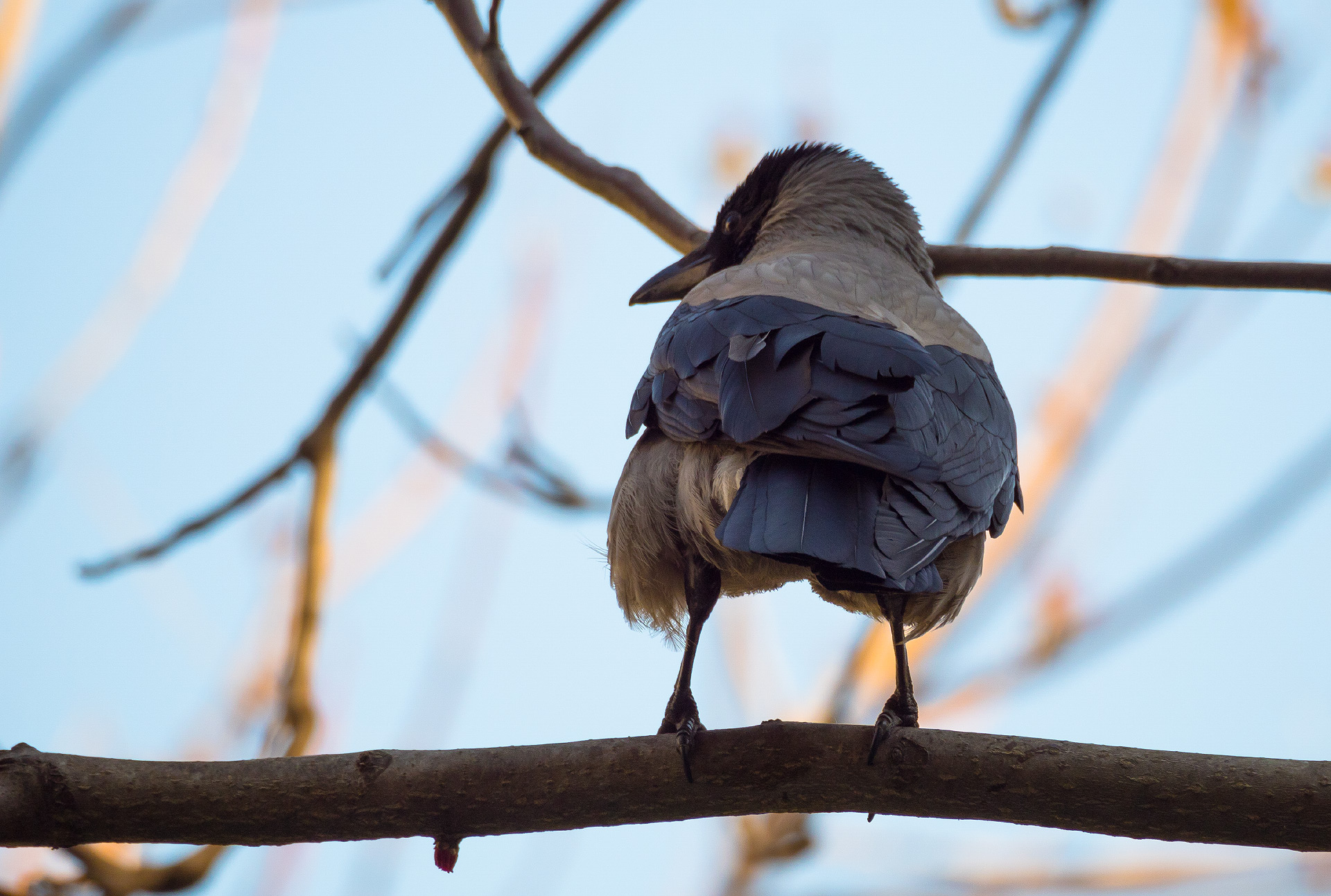
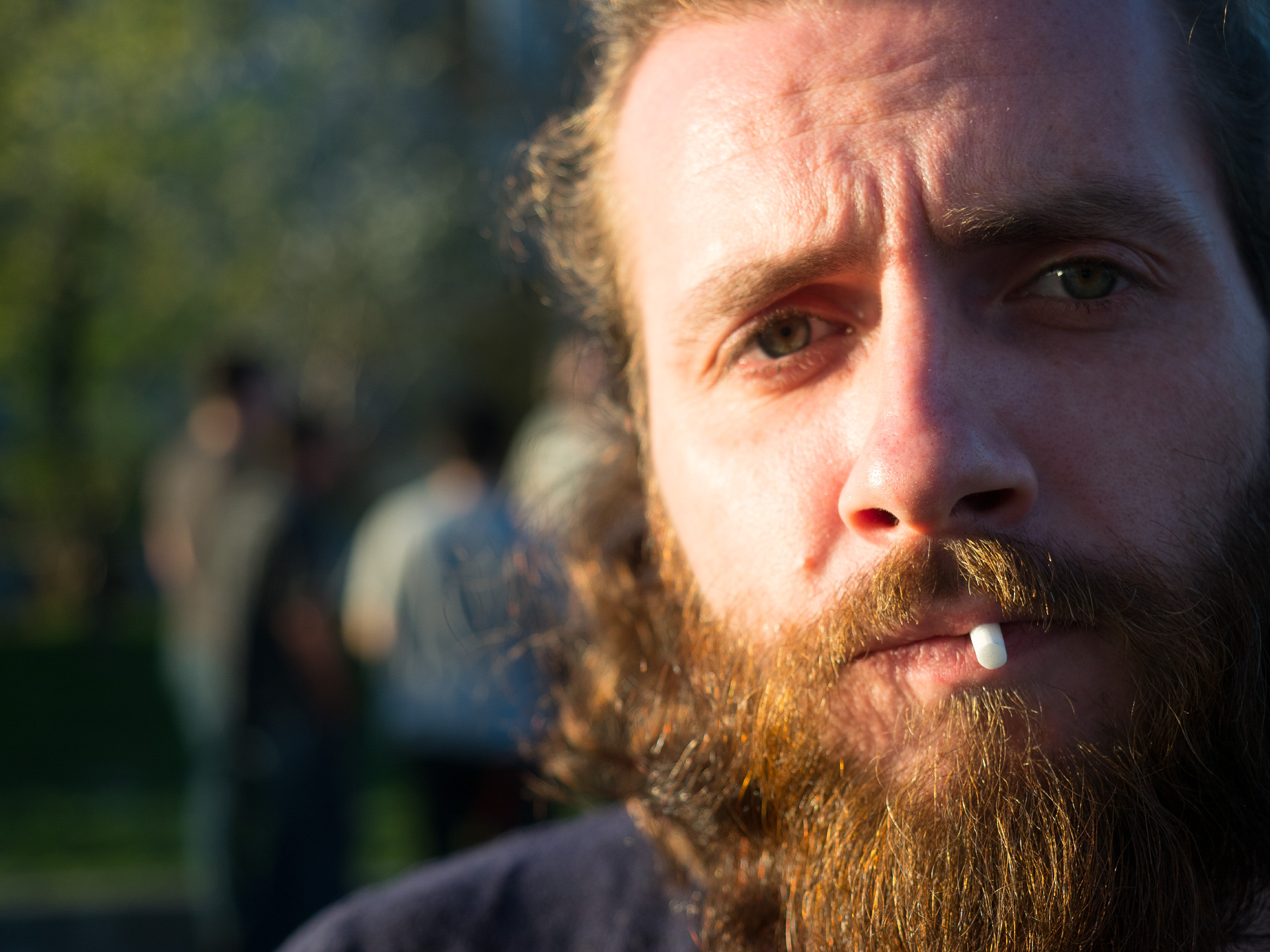
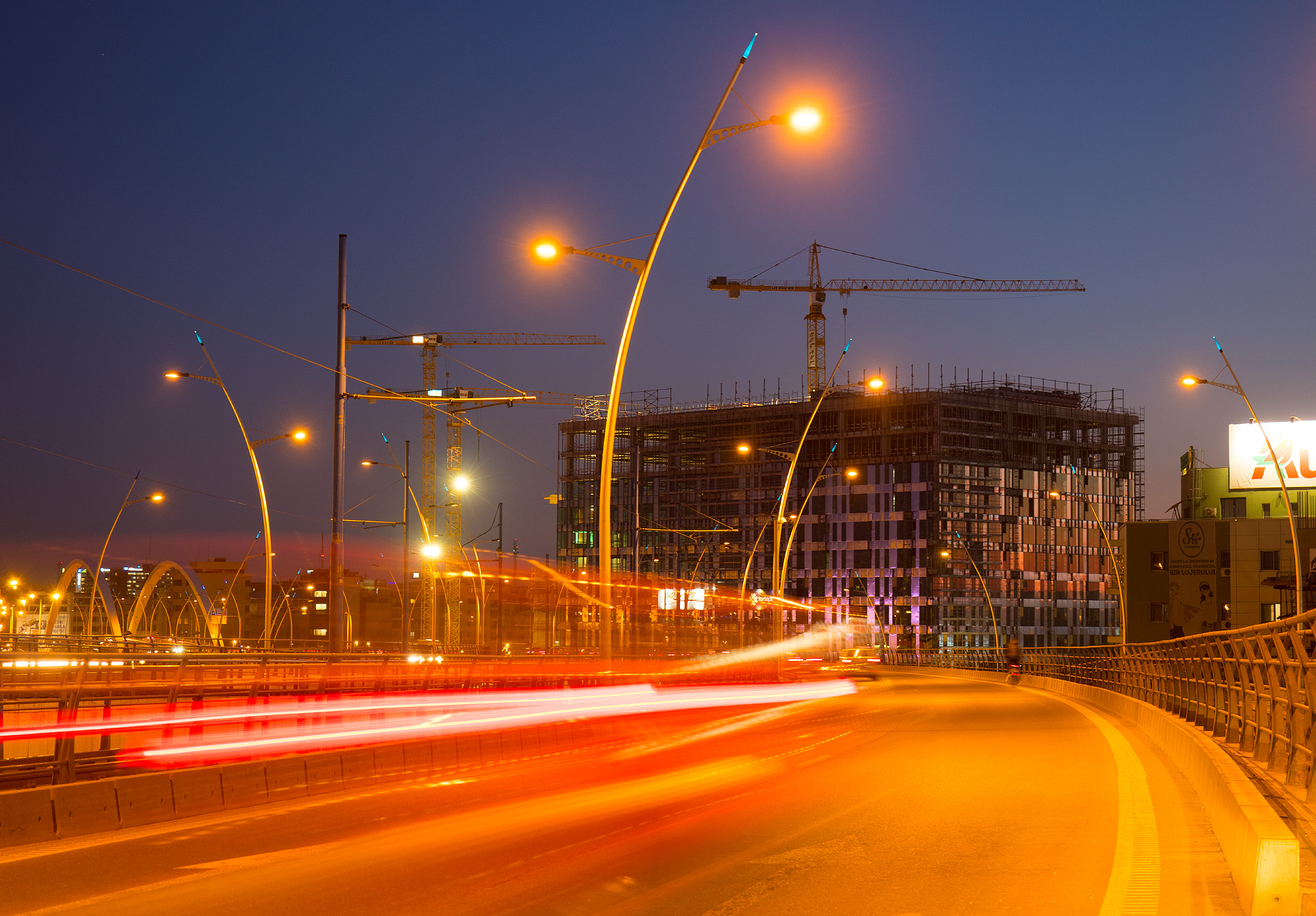

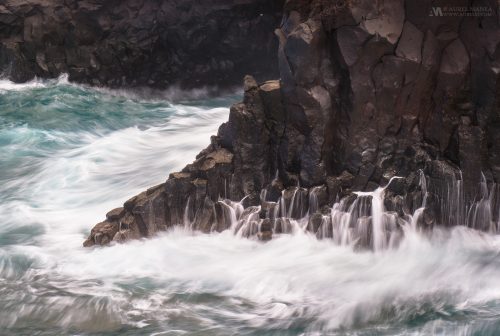
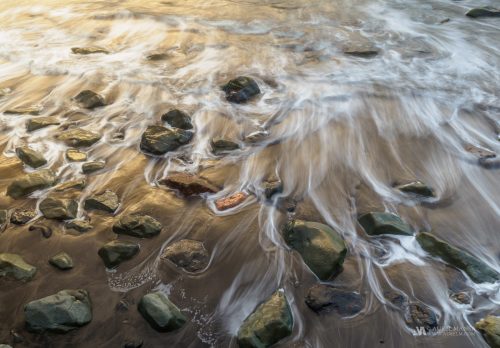
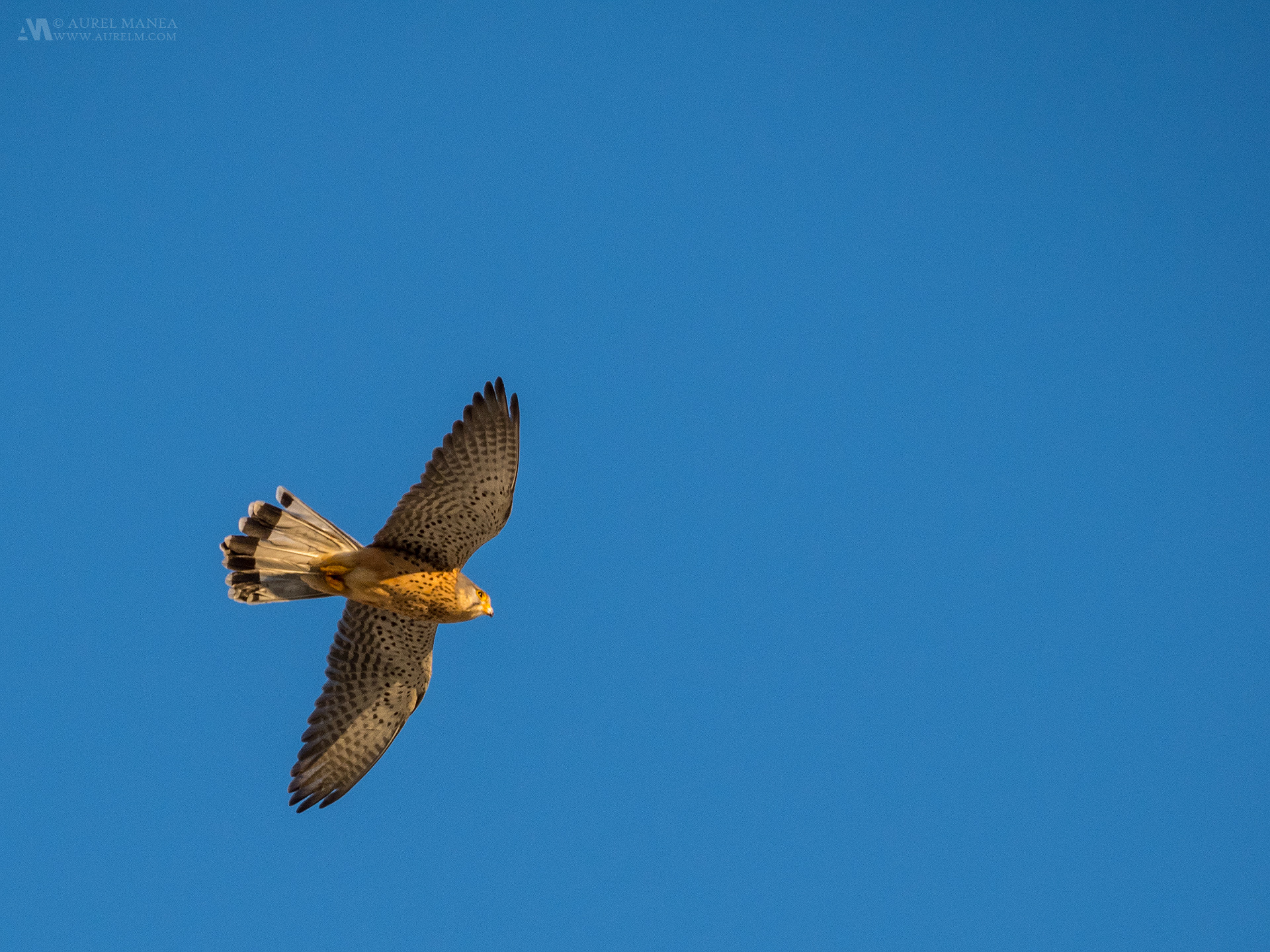
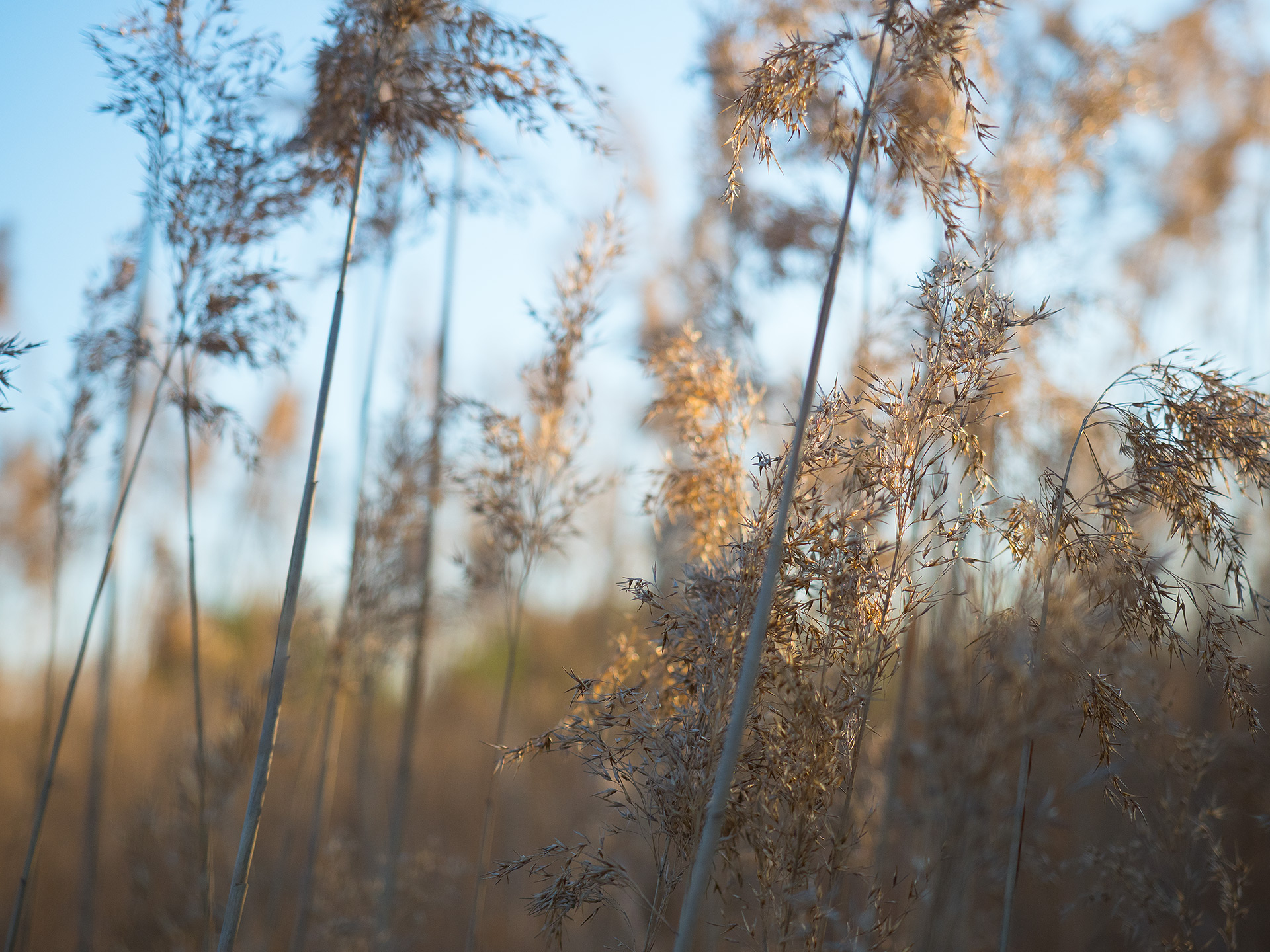

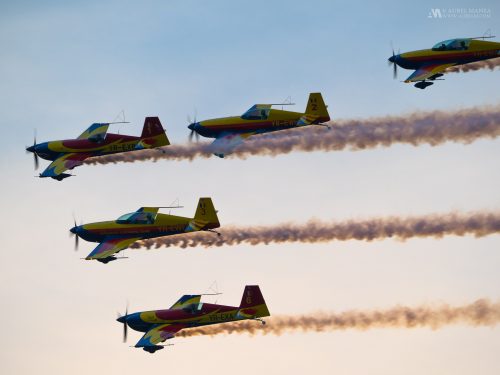
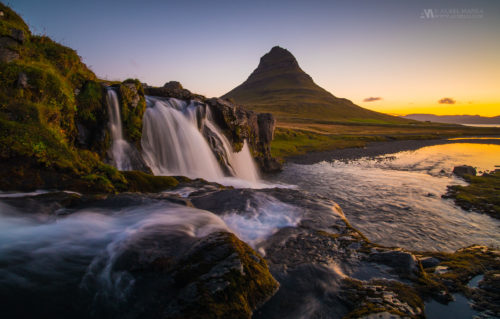

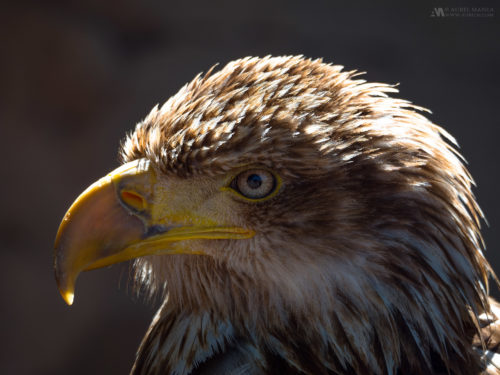
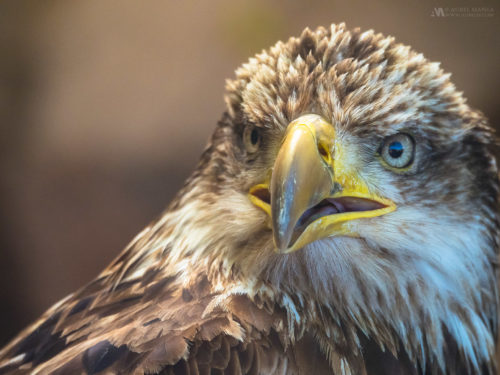
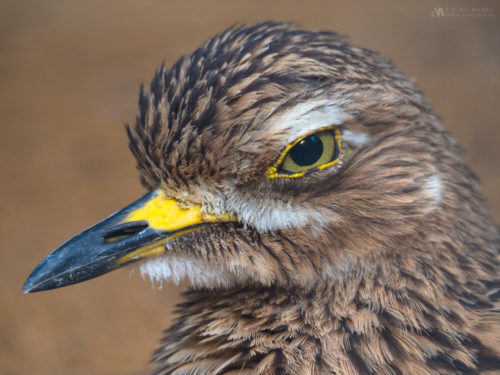
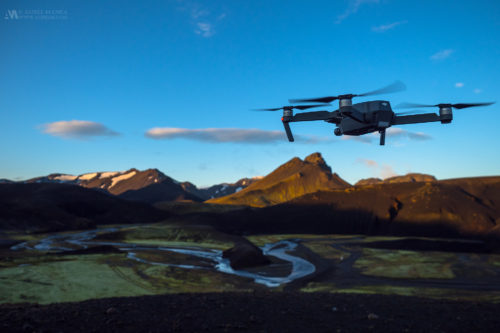
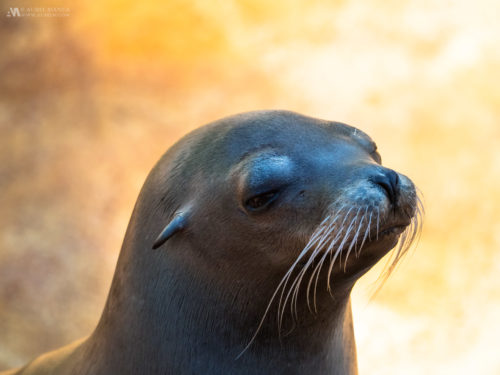
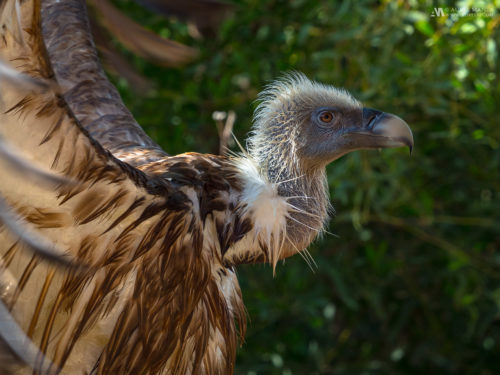




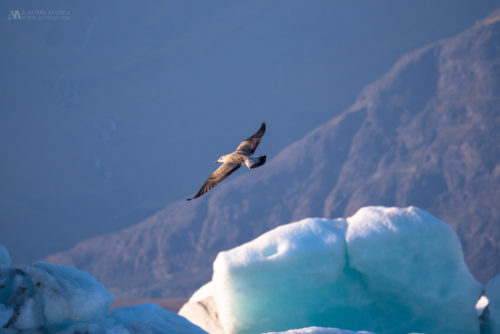

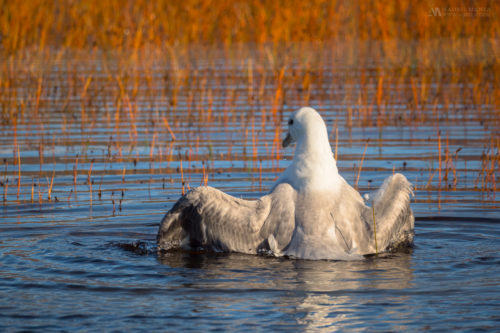
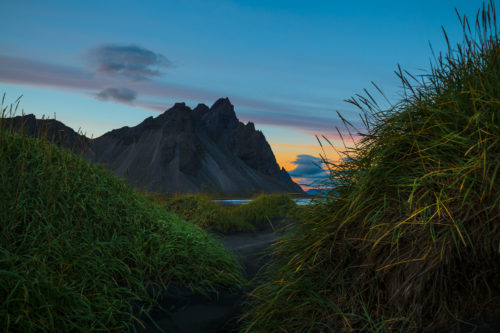
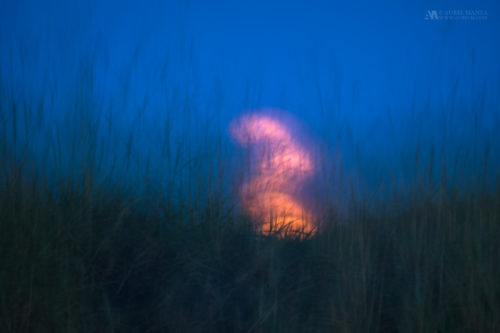

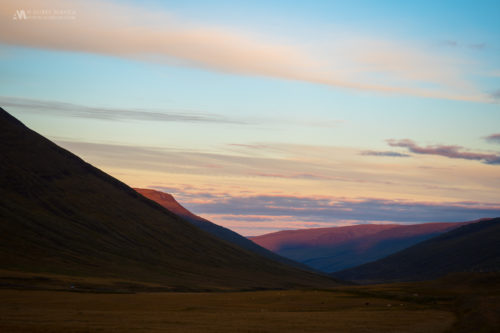
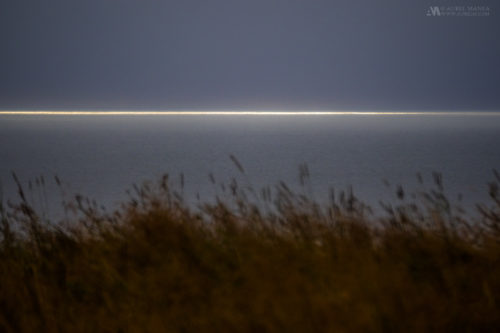

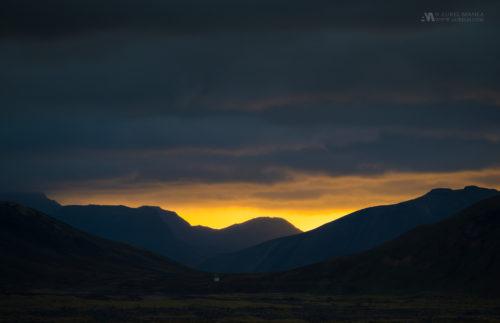
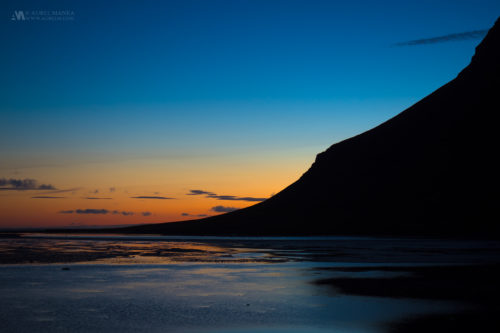

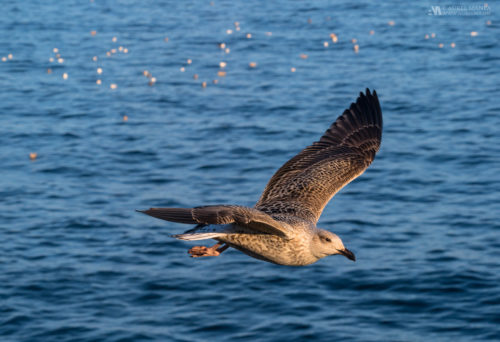
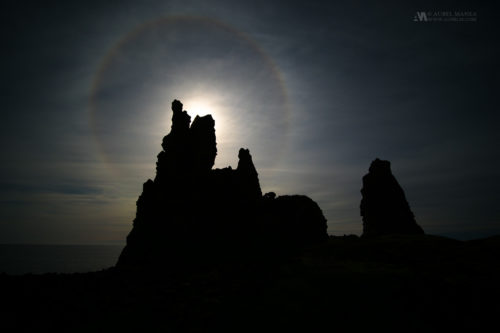

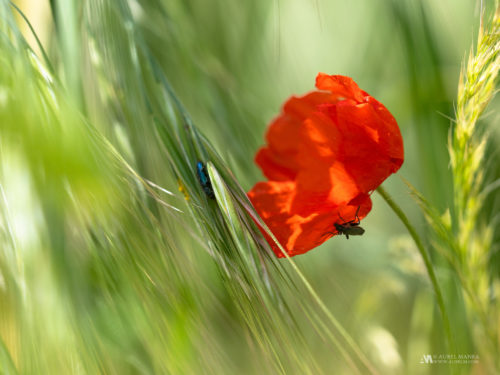
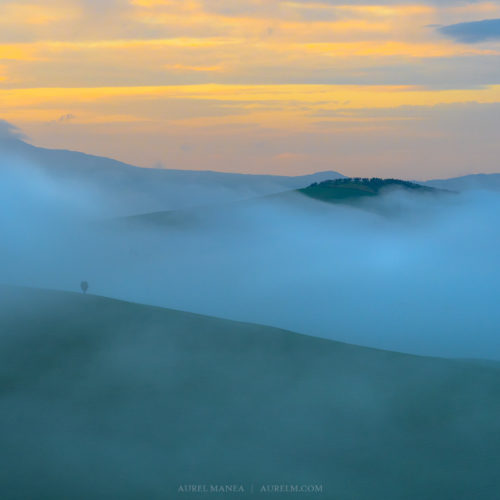

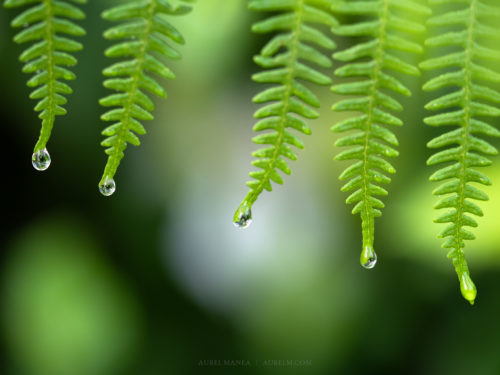
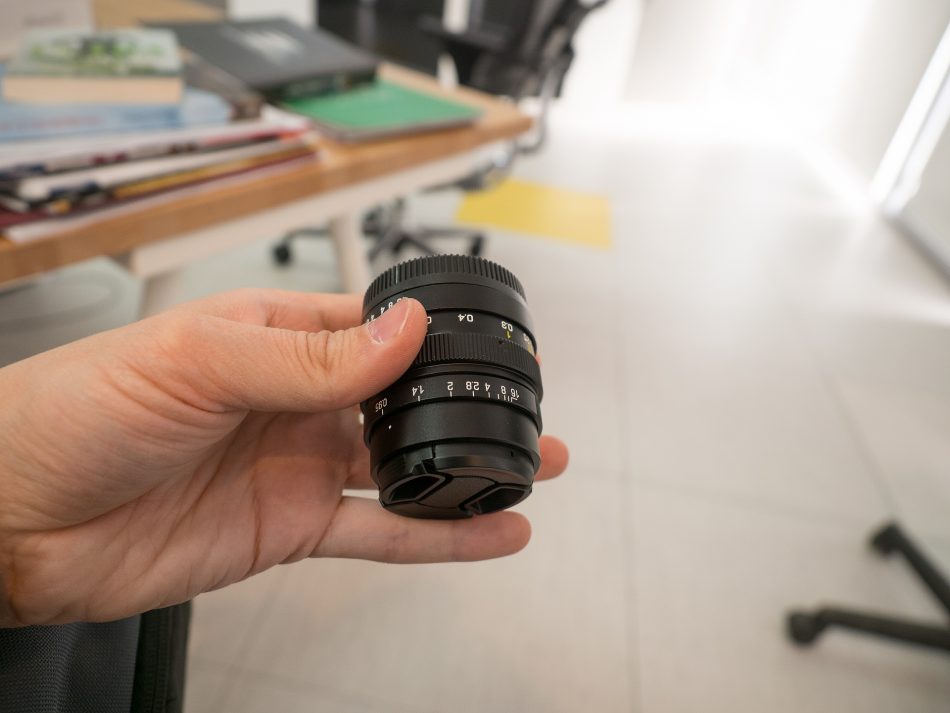


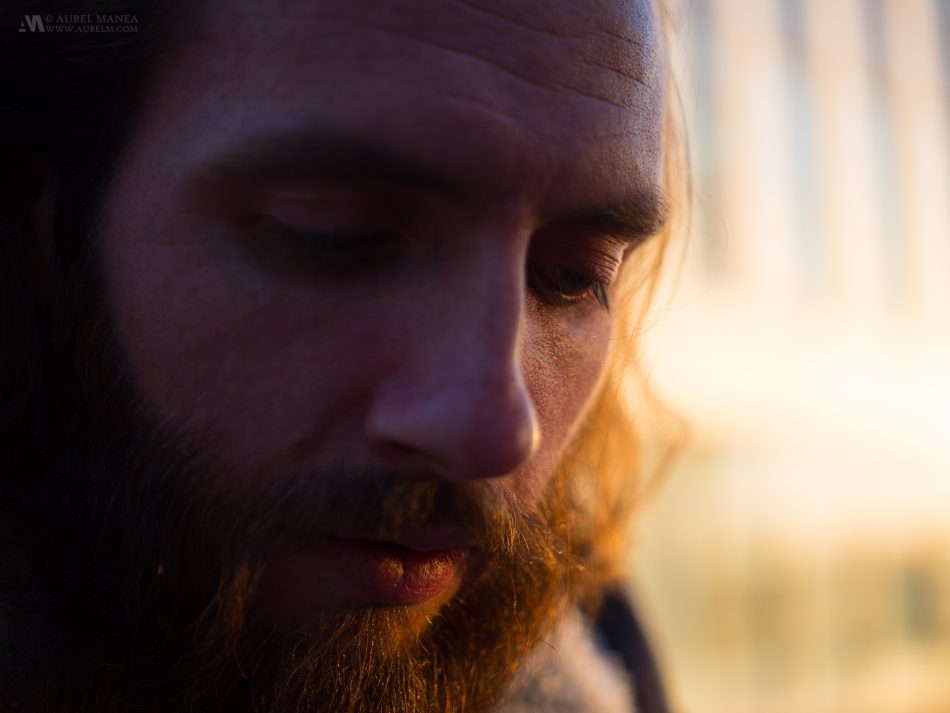


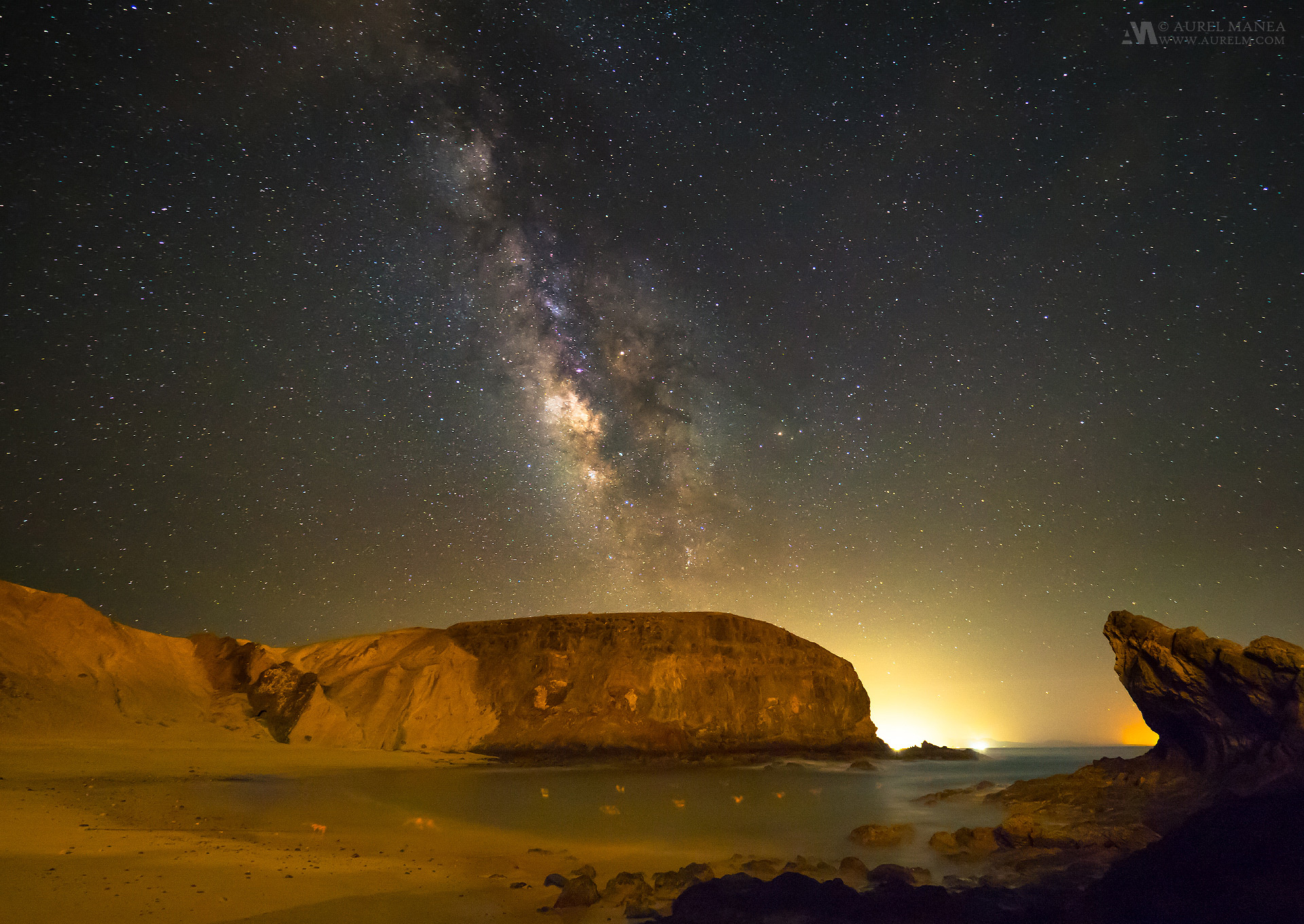

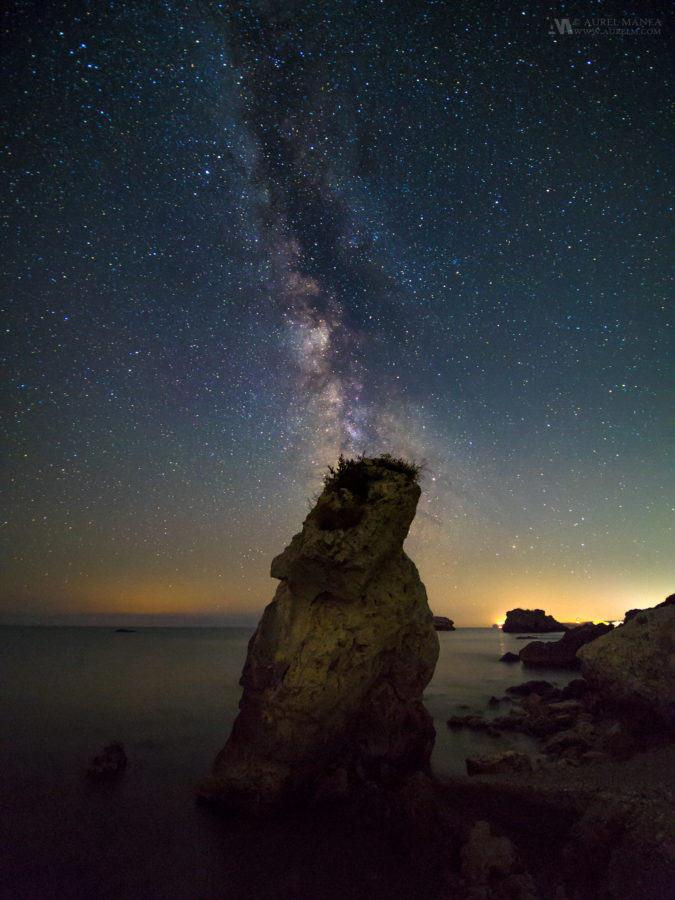


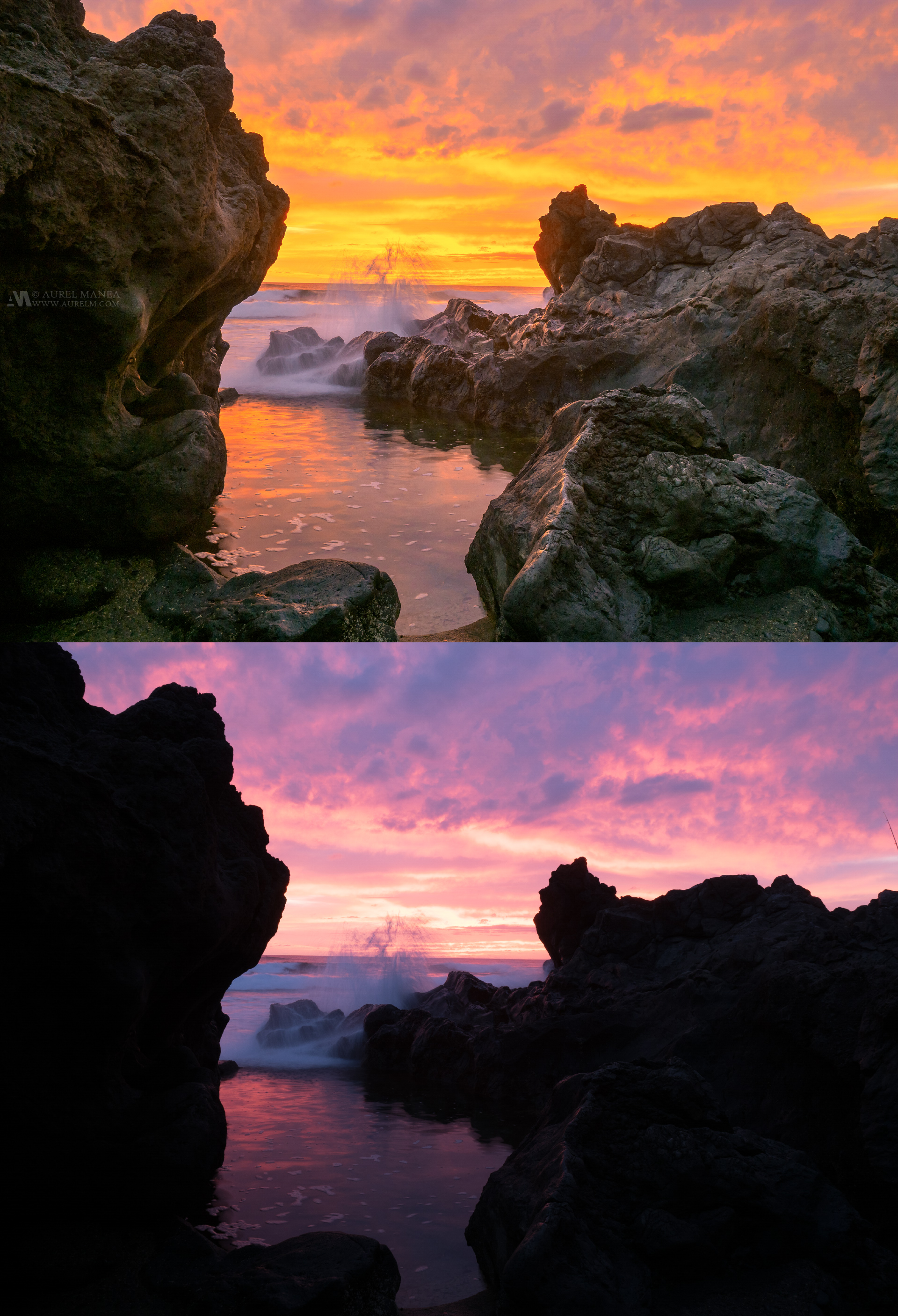
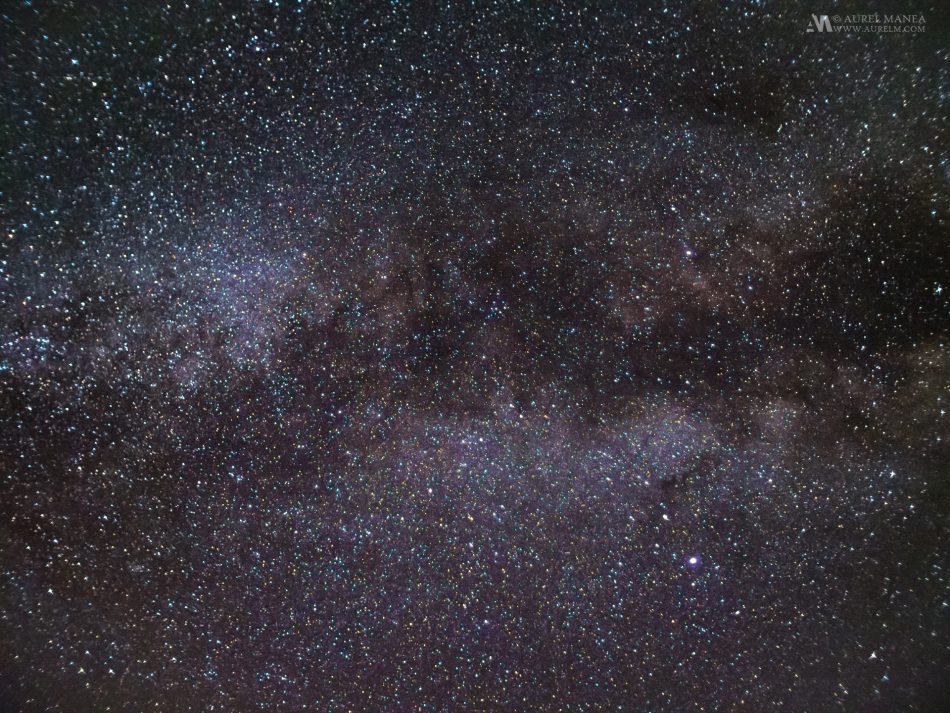
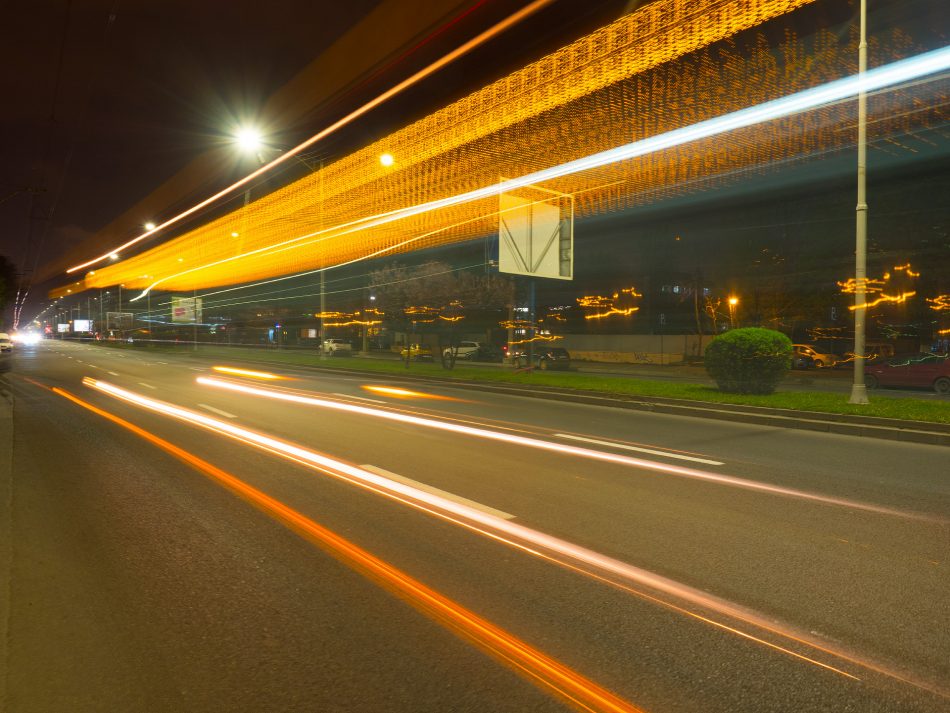
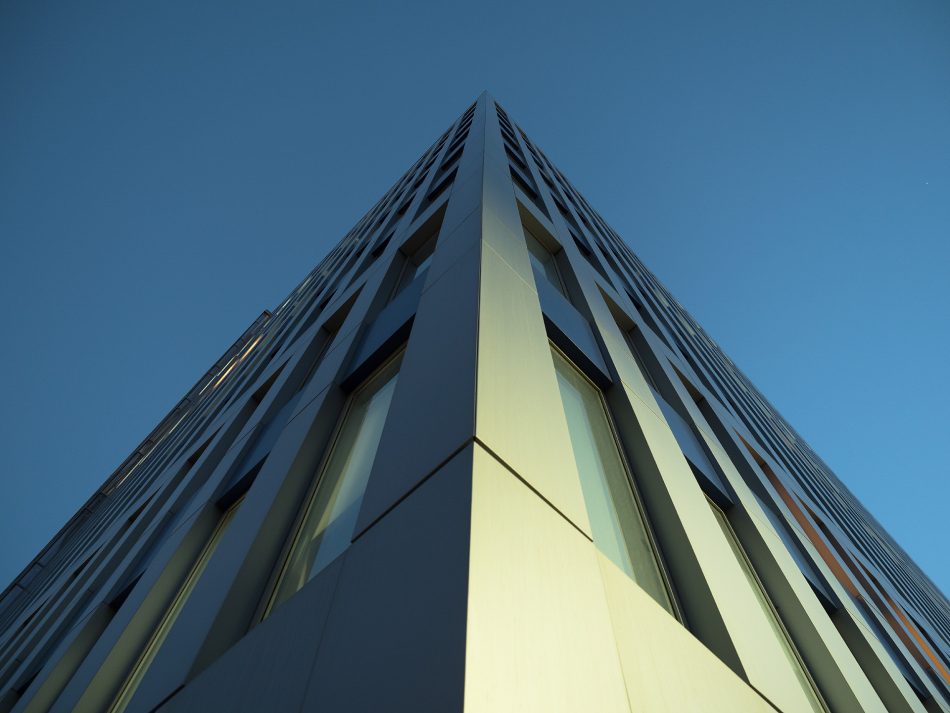
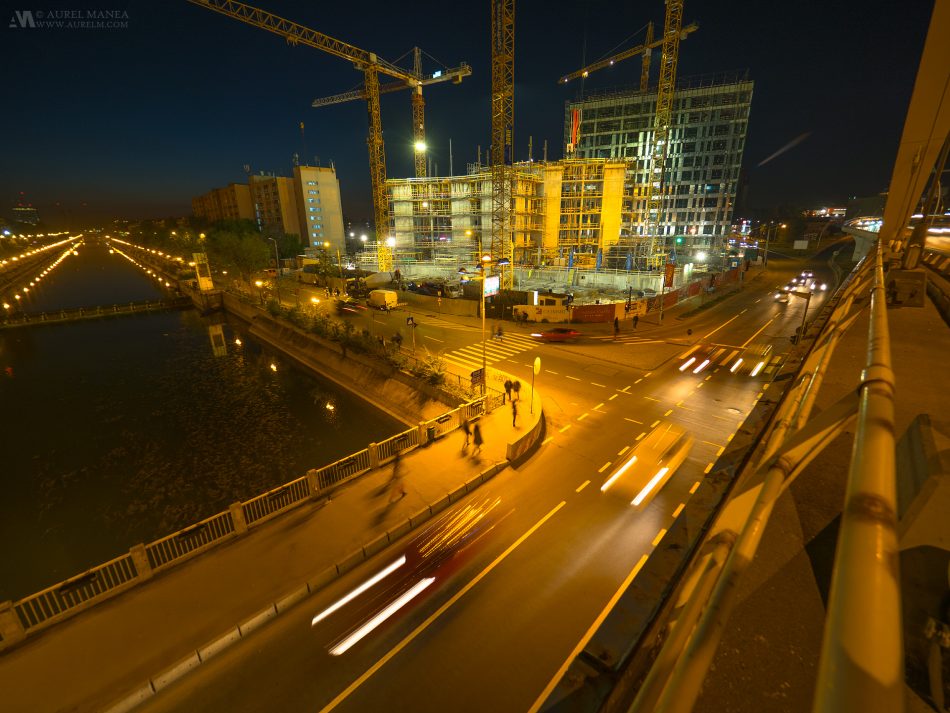
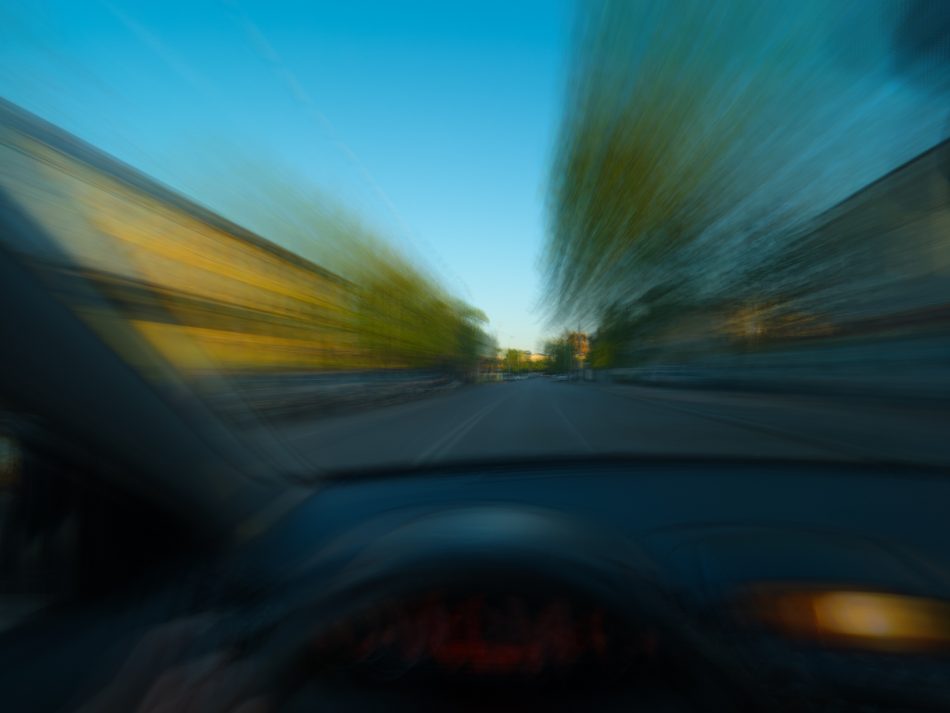
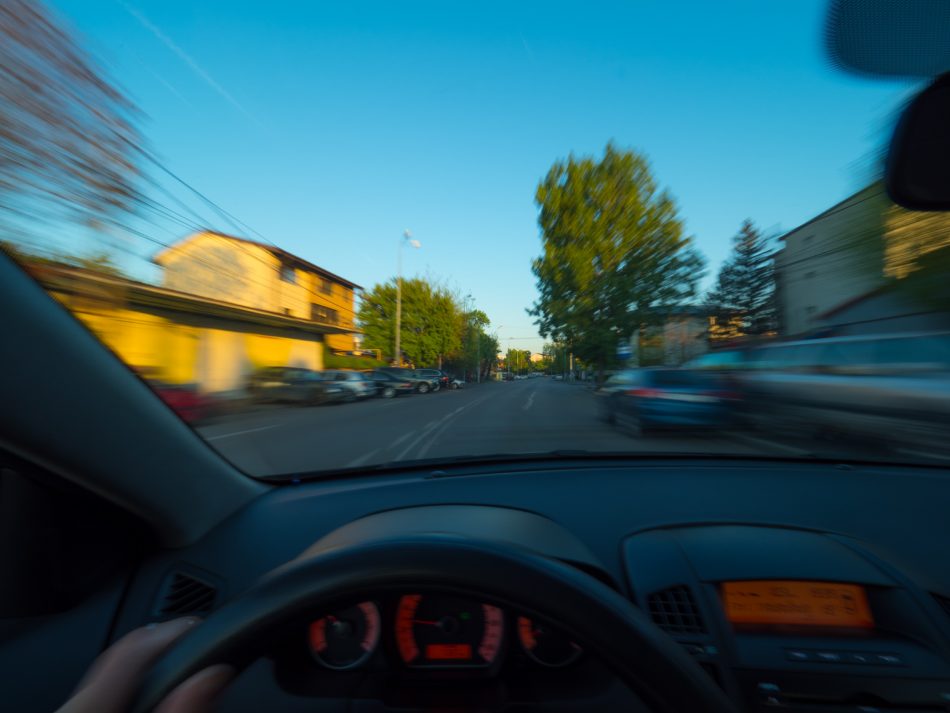
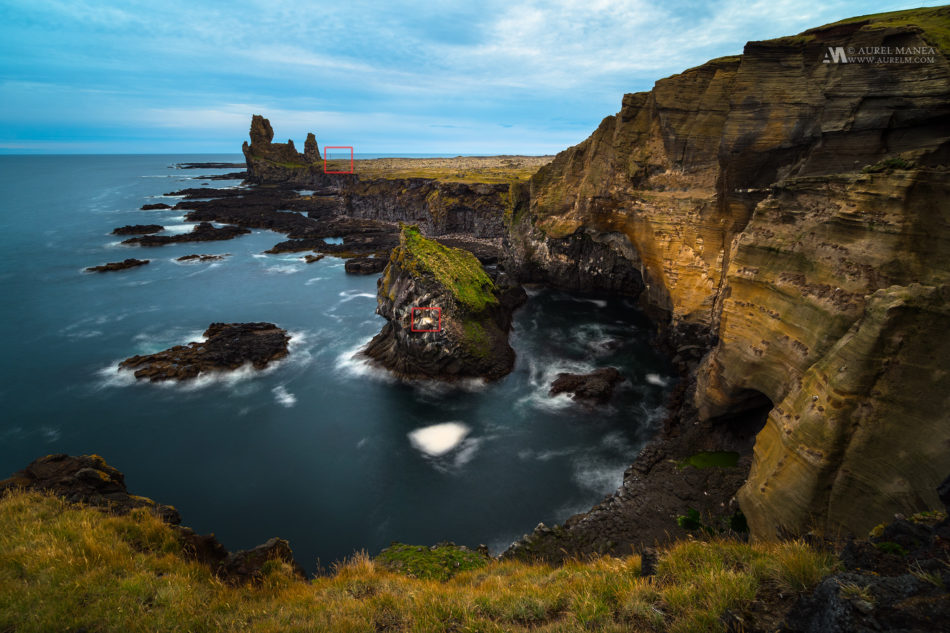
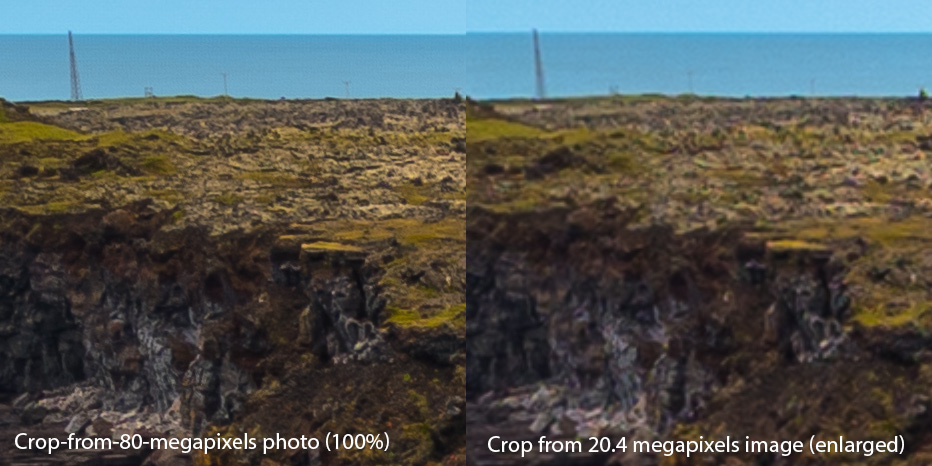


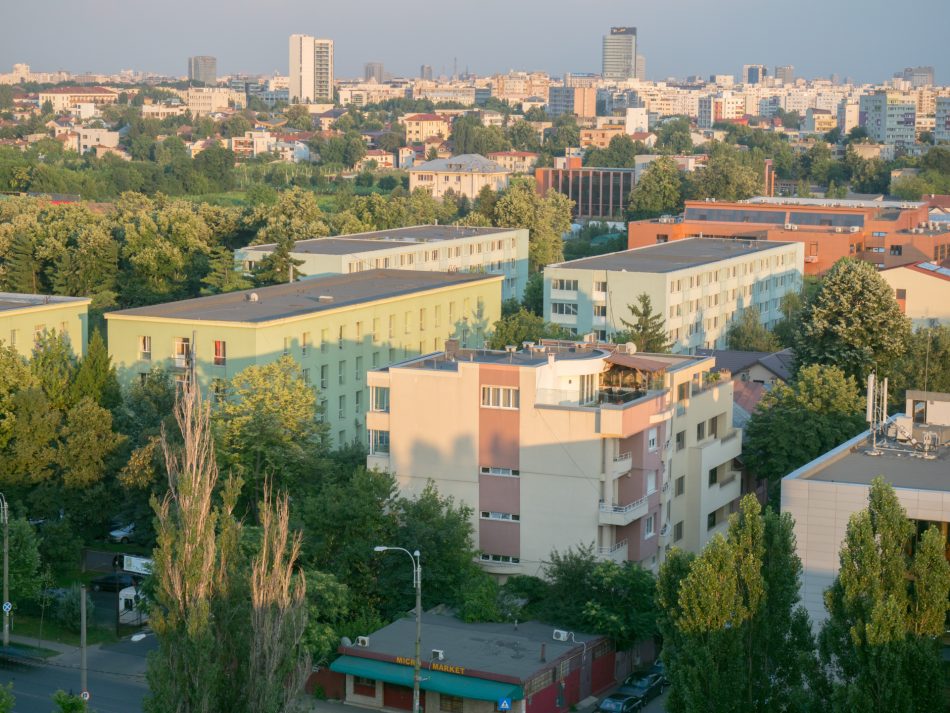
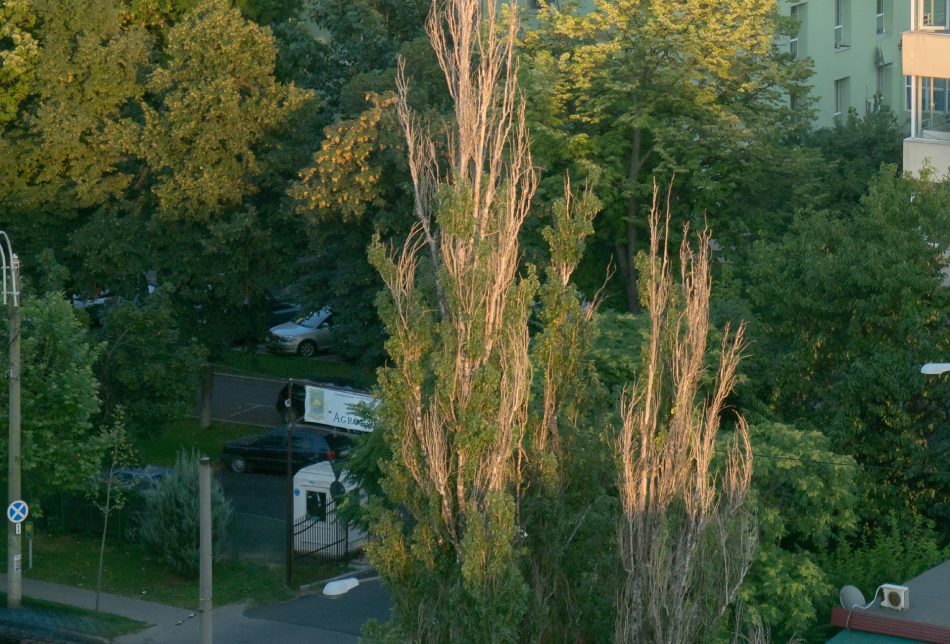
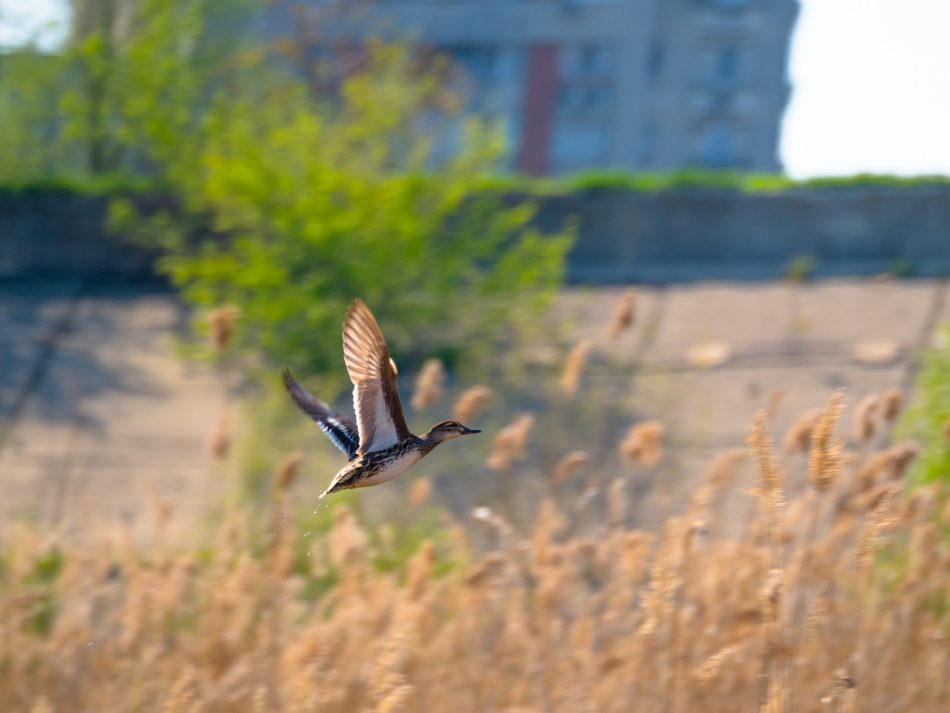
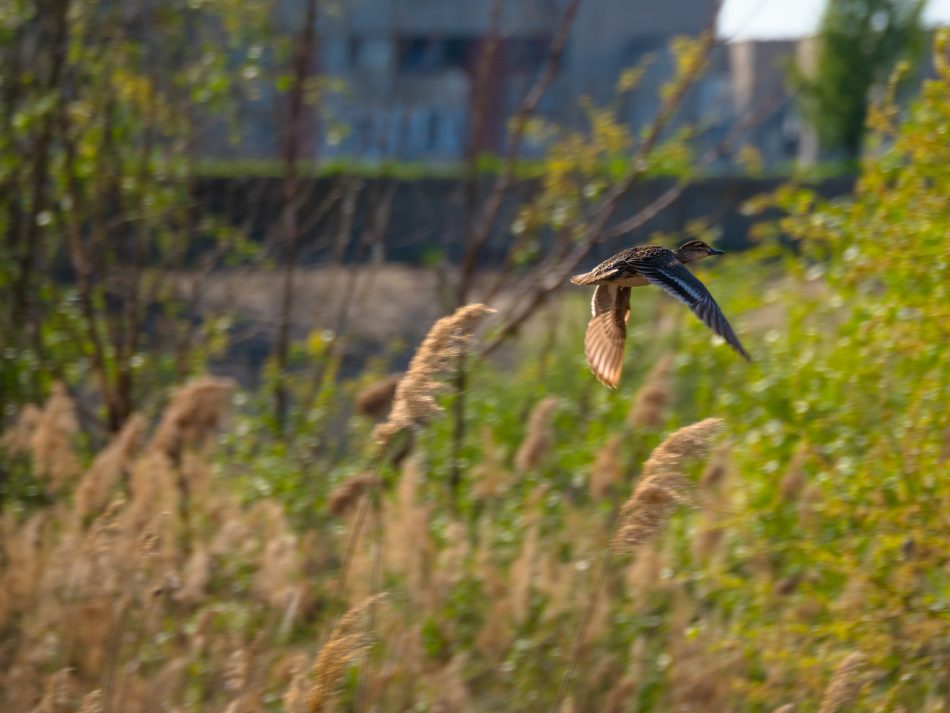
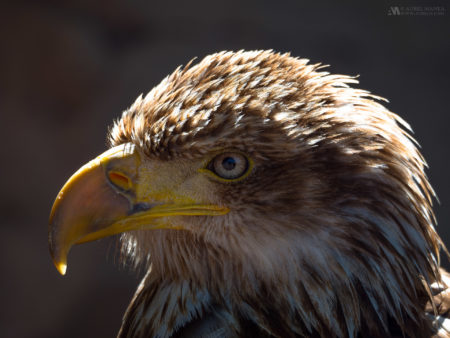
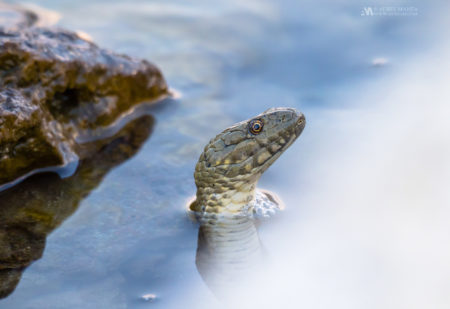
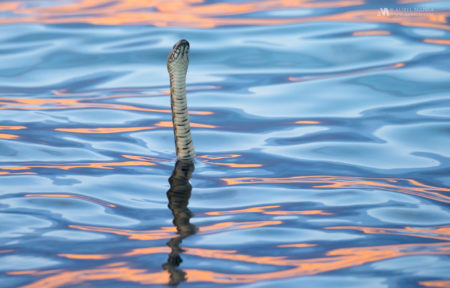
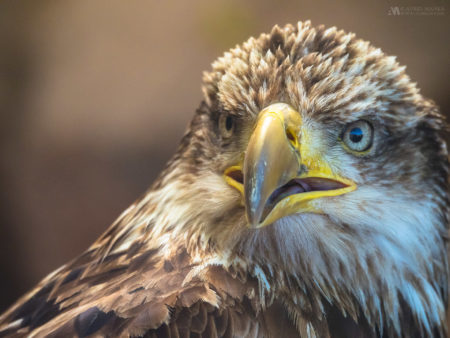

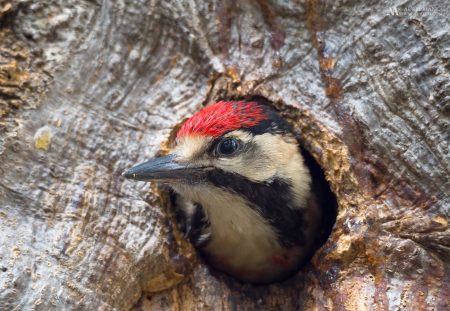
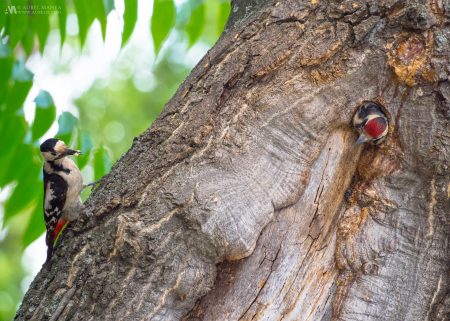

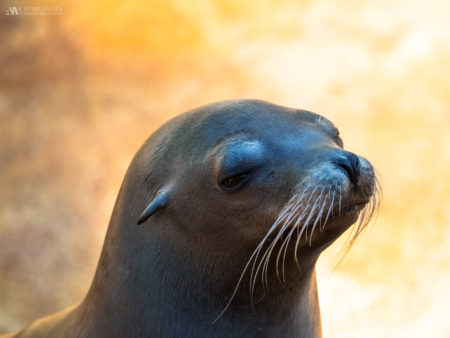


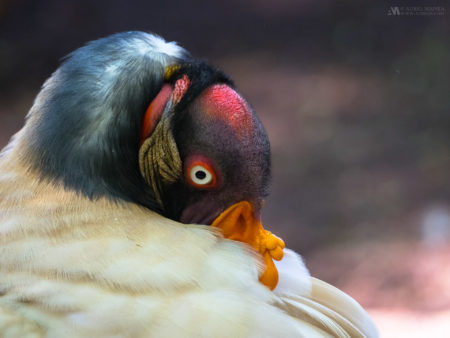
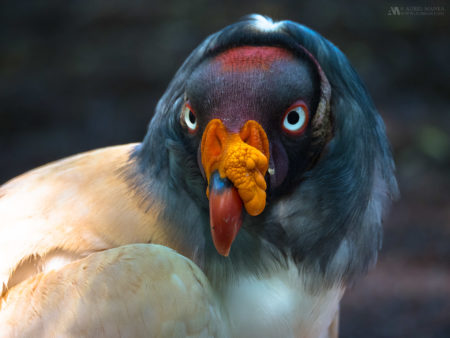
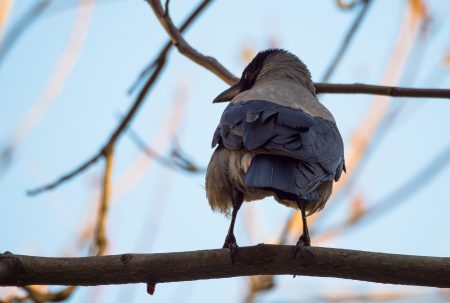
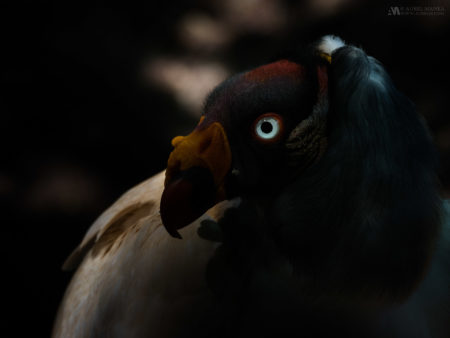

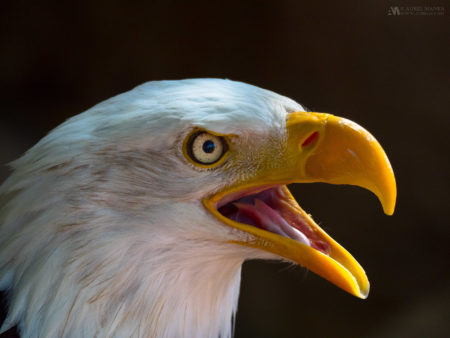
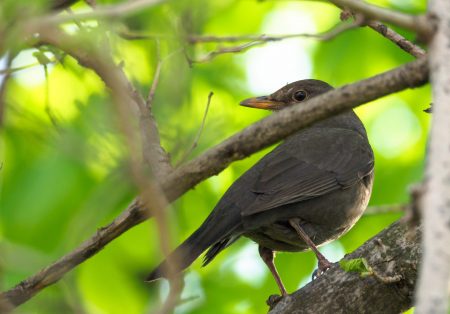
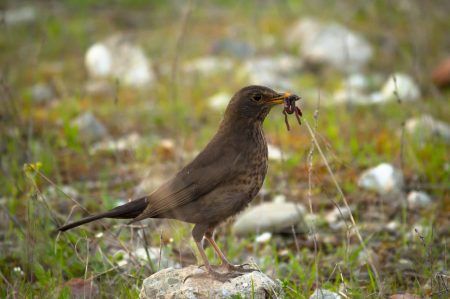
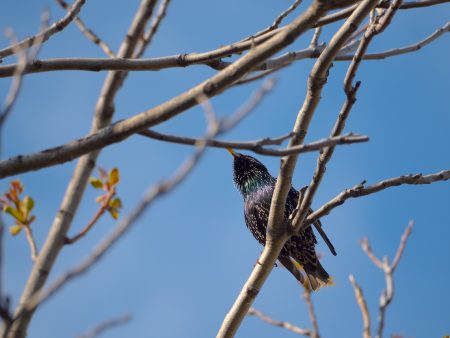
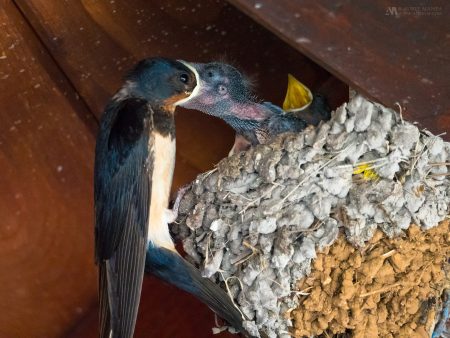
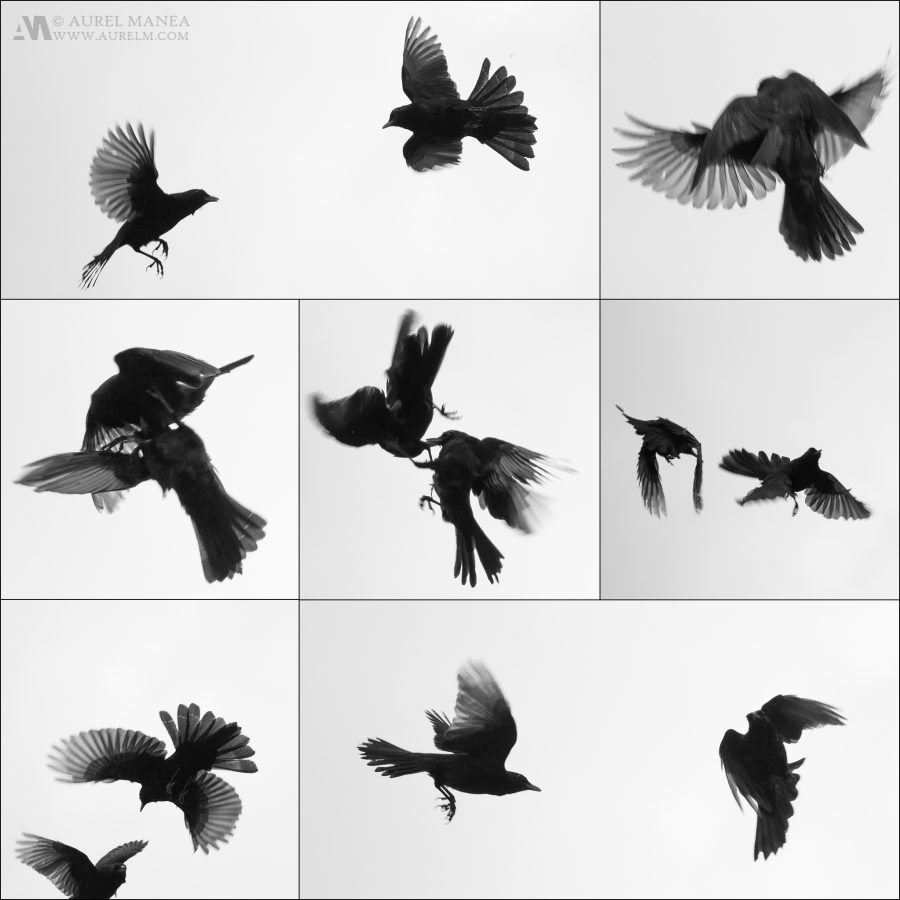

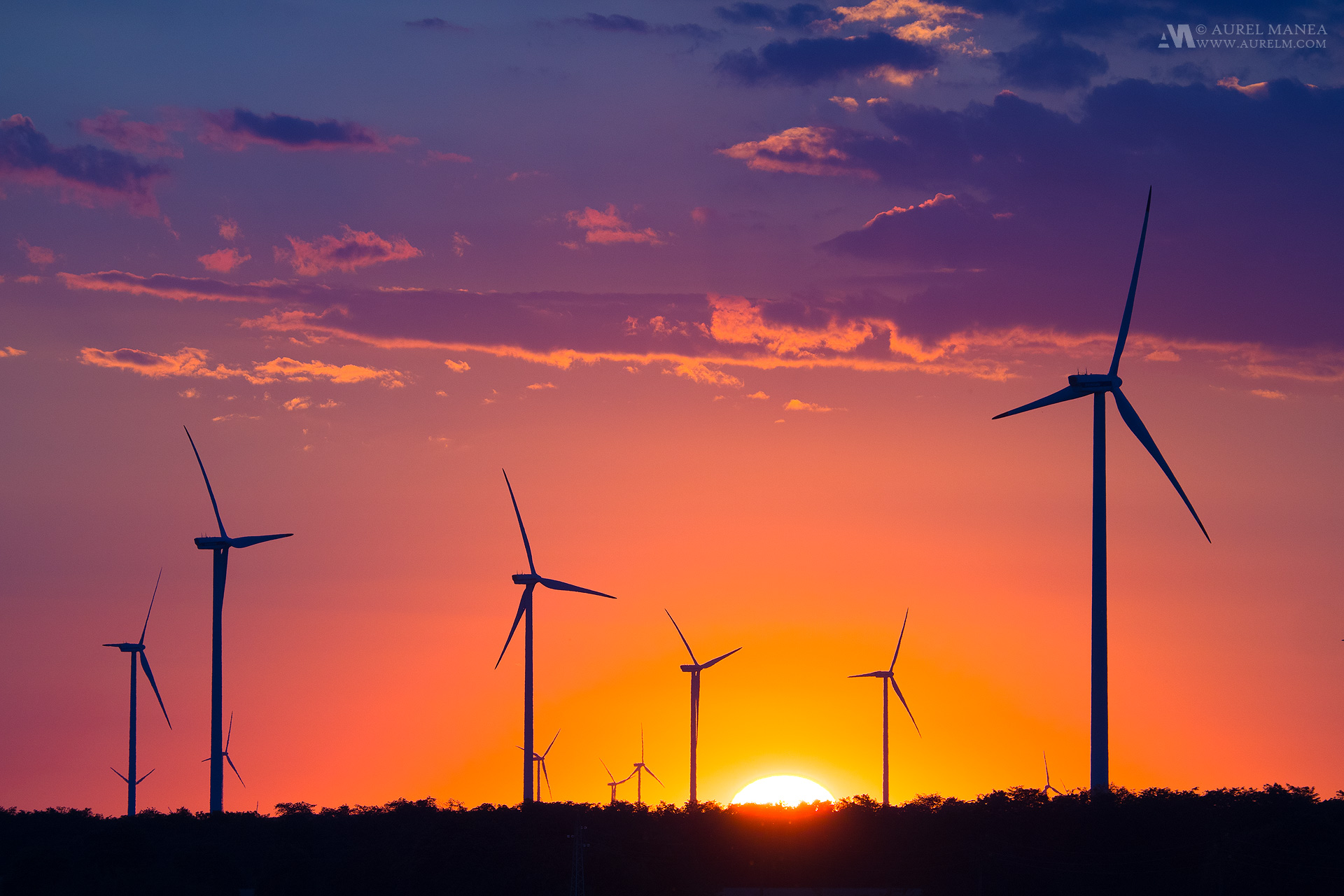
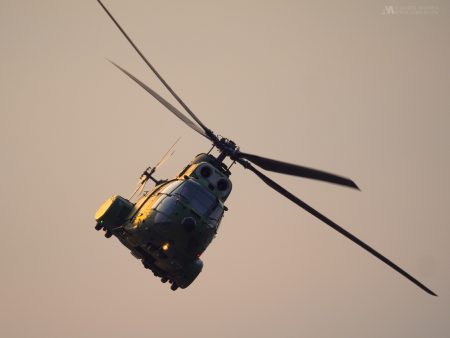
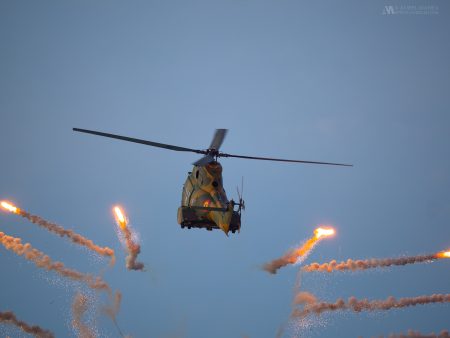

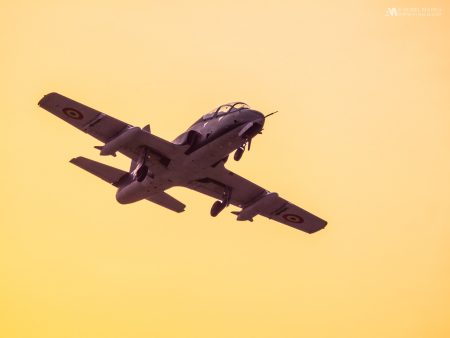
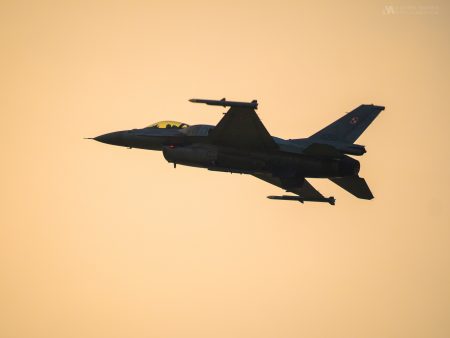

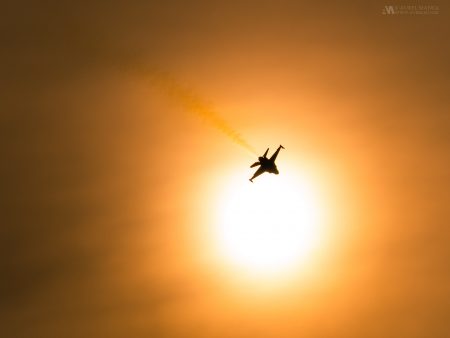
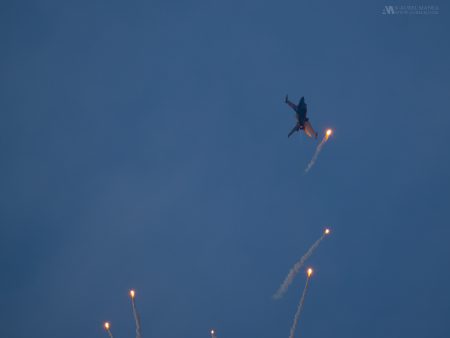
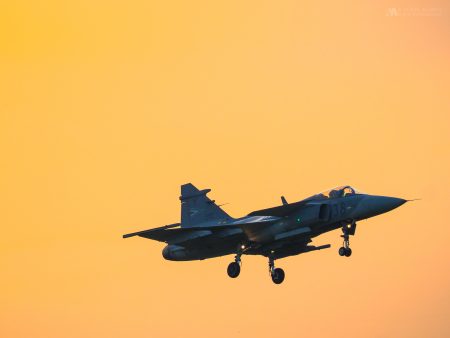



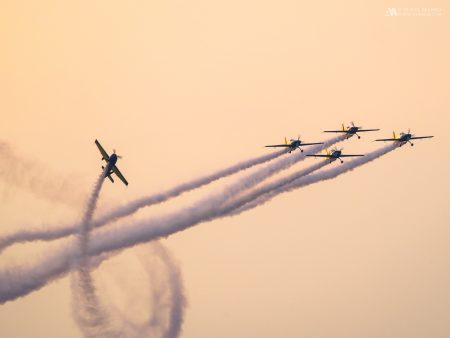
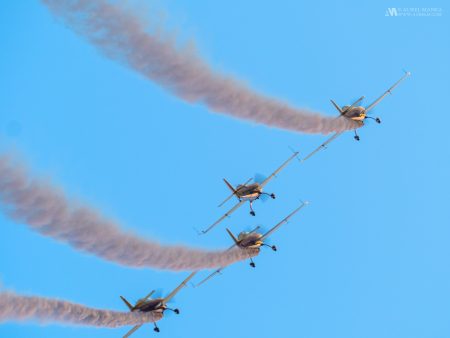
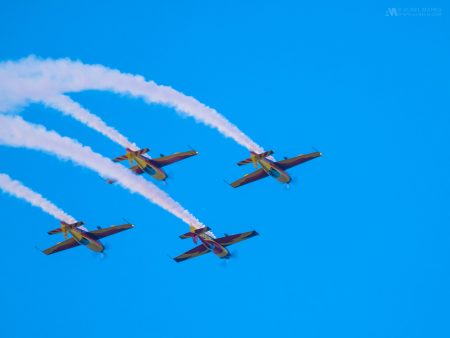
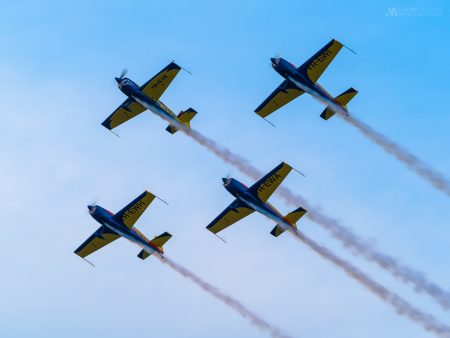
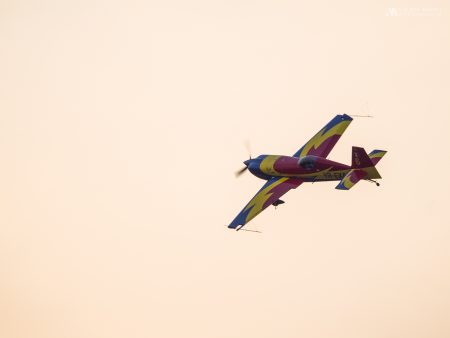

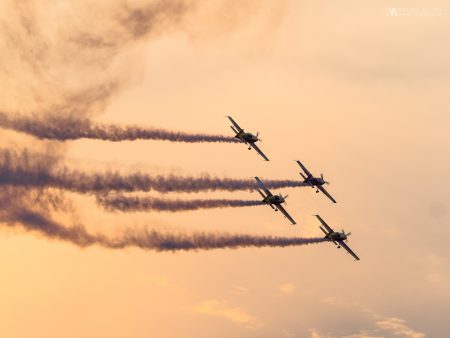
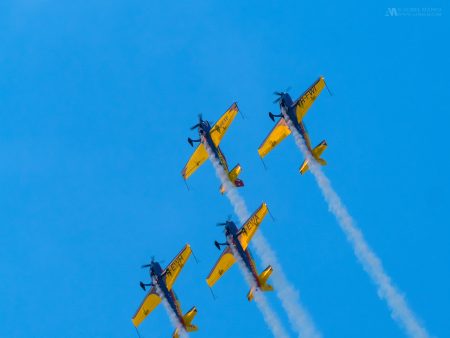
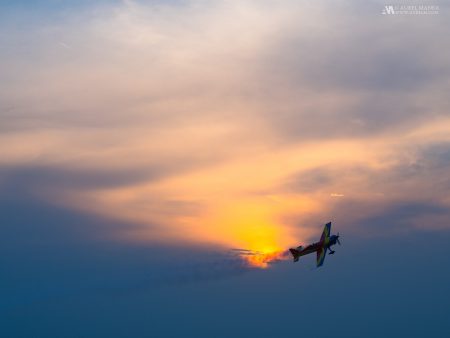

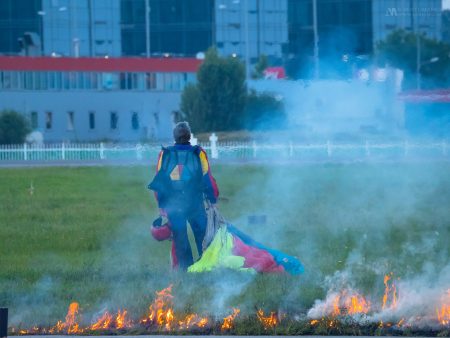
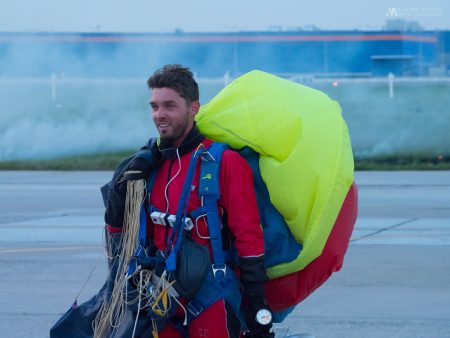


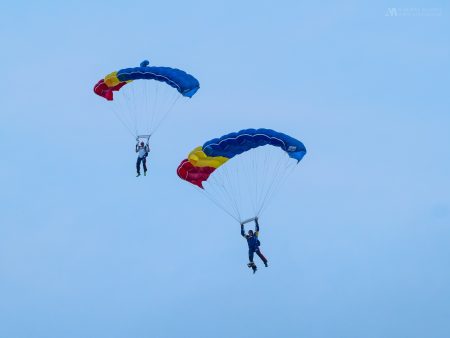
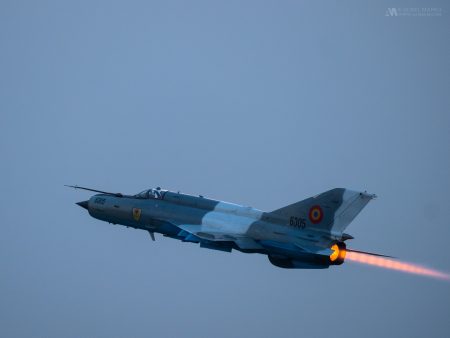



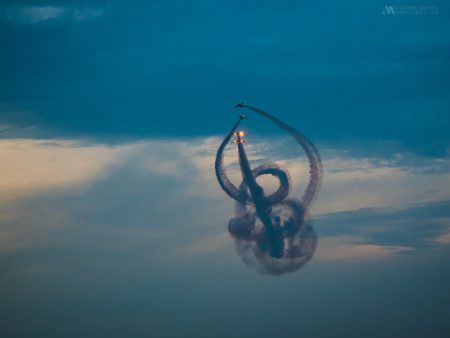
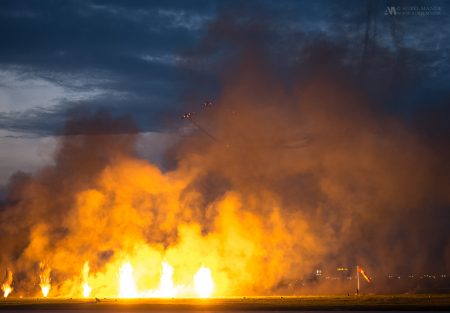
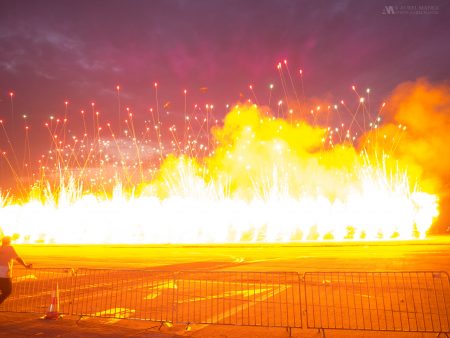
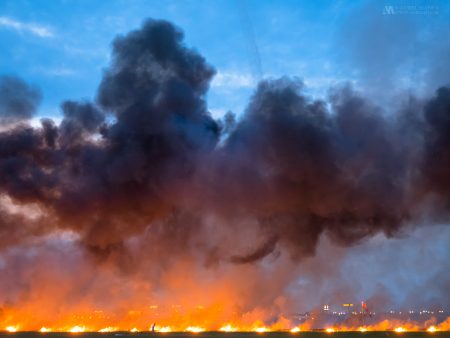

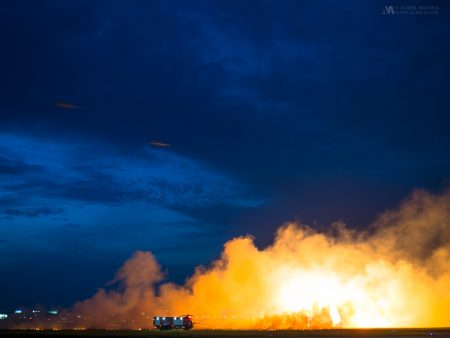
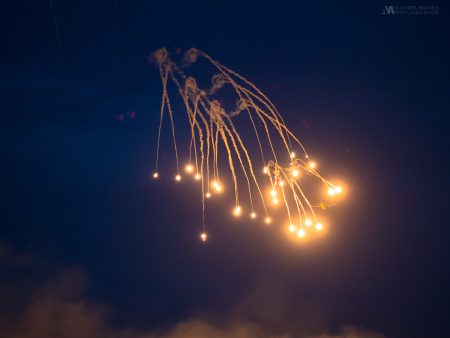
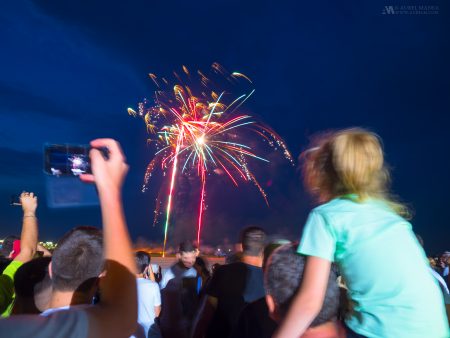
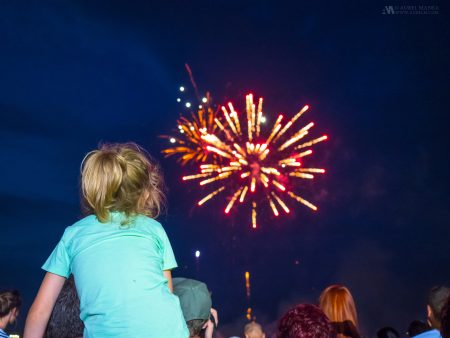

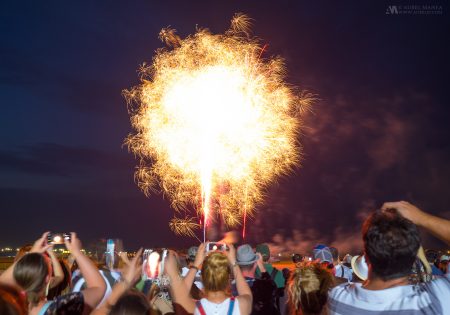
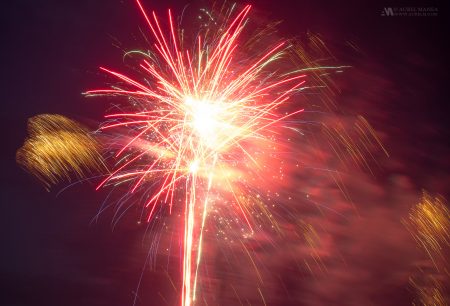
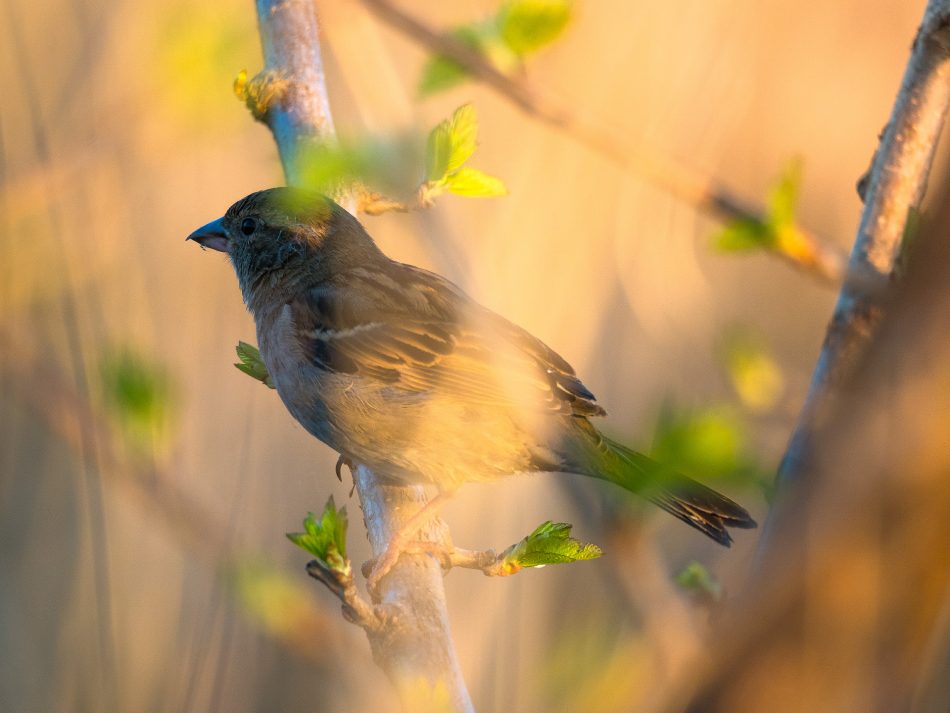
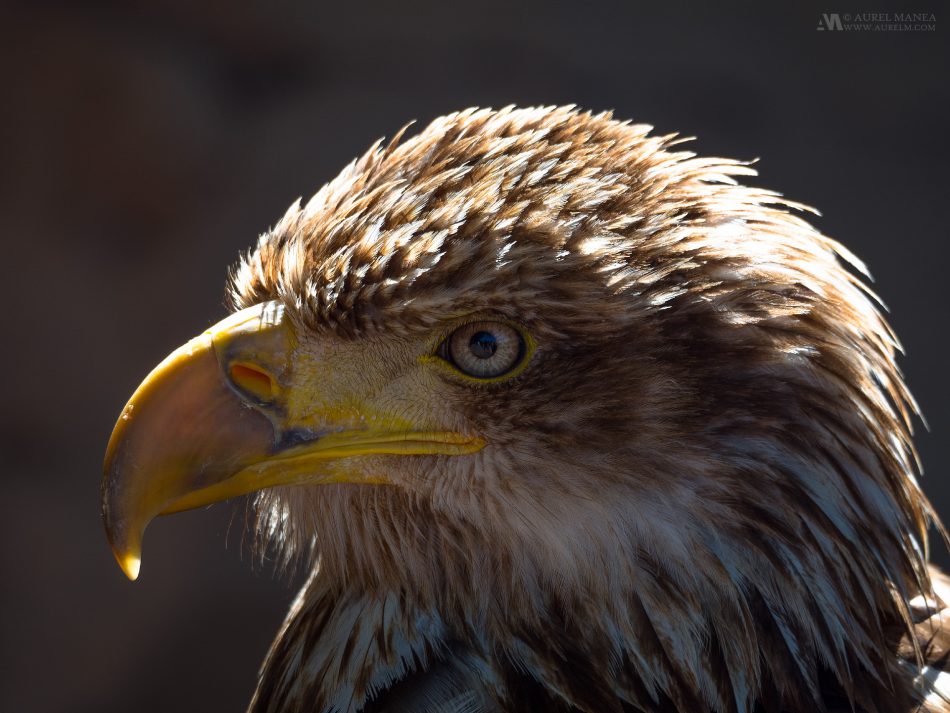
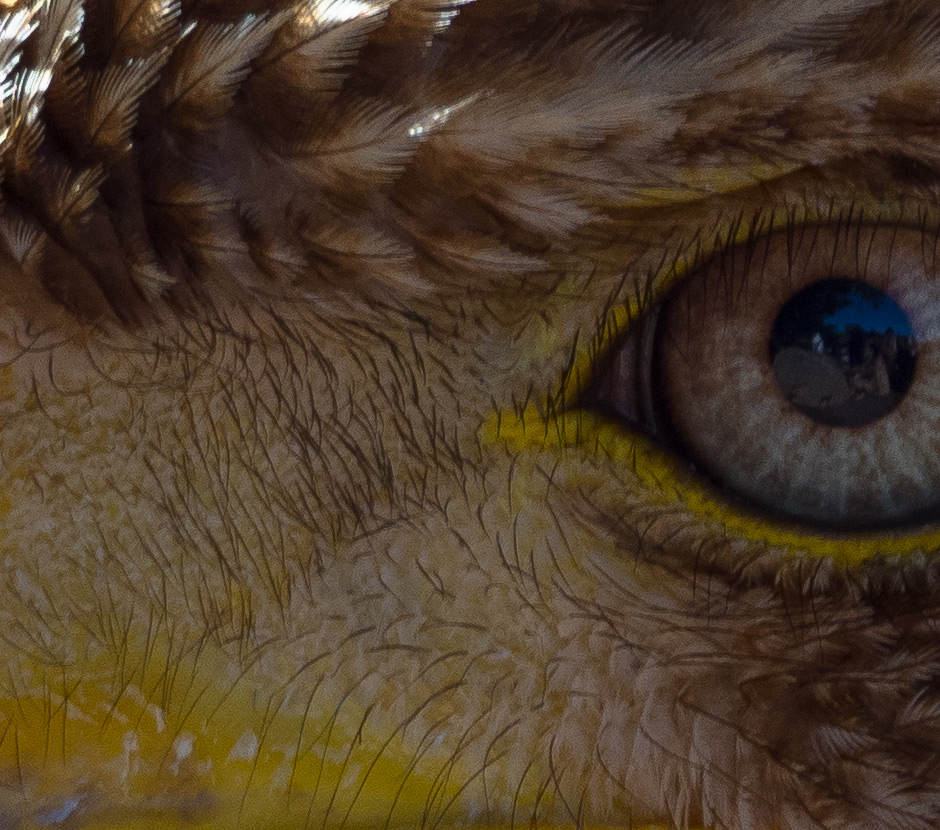
You have a typo in the beginning – which, not witch
fixed. Thanks 🙂
Cannot read the text since it runs over the top of the photos. Can you fix so it can be read? Really want to see what you have to say. Thank you.
Hello. What do you mean they run on top of the photos ? I tried it in all browsers and looks fine. Could you detail (browser, mobile, etc)
One of the best reviews of the Olympus OMD M1 mark ll I have ever read. I have the OMD MI and OMD 5Mll. Thinking about the OMD m1 mark ll. Your review was very convincing. Been looking at the Sony a7rll but after reading your review I may/should stay with Olympus. Your images are beautiful. Thank you for your time and effort in reviewing the Mark ll.
Thank you also for the word.
Like I always said, what is best for me might not be best for others. I am sure I could have also went with the a7r2 and made a similarity convincing convincing review 🙂
Pro capture having L and H. H will lock the exposure and focus follow the 1st photo. But the L should be able to re-focus and also change on exposure.
Thanks. That is true, but it does not work with back button focus, only when half-shutter focus.
Great article and images. I’ve read several articles recently about stacking images to get longer exposures, but yours was the first on the on the E-M1 mk.II using it’s exceptional stabilization to use hand held images. I’ve got the mk.1, and plan to get the mk.II soon.
If you still have some of your old glass don’t forget the metabones speedboosters to make fast ff / cropped glass even faster on m43 bodies. Lastly try the 40-150mm 2.8, it’s an exceptional lens.
Hi.
Thank you for the feedback.
I have not kept my old glass. First none of them (except sigma 35mm 1.4) is as sharp as the one on the Olympus.
Second it does not make sense to keep heavy glass when one of the main advantages of the new format is the size/weight
And third none of the metabones give the same FOV as the native fullframe.
I am however thinking about getting the metabones and maybe use it in combination with some of the amazing aps-c lenses out there like the Sigma 18-35mm 1.8 and having an effective 1.2 zoom lens because of the t-stop gain. That, however is also very heavy.
You can program the Fn switch to change between focus modes (I prefer to use it like this) and also you can program an Fn button to do that. It’s called the AF Home function and you can program it to any button you choose. You can have it change both focus mode and focus area, or just one or the other.
Hi.
Yes, I am using this at the moment, thanks.
Congarts,
Aurel Manea
for the good choice of m4/3 body!
The sistem has its advantages and downsides and as you noticed noise performance is weak spot but incredible IBIS compensate this in some situations.
I am using E-M5 Mk II over two years but recently had experience with E-M1 Mk II and find it much more advanced in performance but not so in IQ department… however HiRes shot func is more efficient in removing ghost effect than previous OLYMPUS bodies.
IBIS in E-M1 Mk II is surprisingly usable but you should try it paired with the M. Zuiko 12-100mm F4 IS PRO lens ! I strongly recommend it… and for me personally it is much more appreciable* lens than 12-40mm F2.8 which i sold it without any regrets. In expense of losing 1 Ev stop of light you get brilliant optical IS wich will be available on any m4/3 body
I think it would be nice to give a chance to wonderful M.Zuiko 25mm F1.2 PRO wich is awesome in creating portraits with beautiful bokeh and good detail sharpness straight from f/1.2
Also Panasonic LUMIX G-Vario 100-300mm f/4-5.6 Power OIS II is good new alternative to darker in longer end M. Zuiko 75-300
_____________________________________
* for versatility, great 4-stop optical IS, consistent sharpness throughout all zoom range on par with 12-40/2.8 and for general better built quality
//Excuse my bad english 🙂
Hi and thanks for the reply.
I have tested the Lumix 100-300 but the lack of Pro Capture mod and extra weight did not do it for me and I am very satisfied with the 75-300.
Also regarding the 12-100 the f4 was a big downside as I like to fave a bit of DOF at wide angle and allready am suffering from going from full frame to mft. the versatility of the range is very nice but I am waiting for a 2.8 version 🙂
I have also tested the 25mm 1.2 PRO and I found it to be an incredible lens however since I am not a fan of the 25mm I am waiting for the 17mm 1.2. For 25mm the Mitakon is an incredible lens for its size and weight and it’s a shame it does not have autofocus.
Impressive work and excellent article you’ve posted here!
I’m currently a m4/3 photographer. Out of all the articles I’ve read and galleries that I’ve seen, yours has provided the most inspiration of how far this format can be taken. The level of quality and creativity I see in your work has ended my own debate over whether m4/3 is too limiting compared to larger sensor systems. Now I know without a doubt that I have the right equipment and I just need to work on honing my own skills. Your work speaks for itself on this subject. Thanks & Kudos!
Thank you. Please re-check the gallery as I have doubled it after coming from a 2 week vacation in Iceland.
Cheers and thanks again.
Aurel
I am a convinced Olympus user, though still having the em-1 first gen, but being with Olympus since the E-1, so you are running into open doors with your review. Nevertheless, I did appreciated very much your practical view of the performance of the camera. I am even more convinced of the system now. I did appreciate very much your gallery. You have some fantastical shots over there – well done
Kind regards, Thomas
Thank you and sorry for the late reply. I have added plenty of new photos in the gallery after coming back from 2 weeks in Iceland.
Cheers.
Iso 200 would be really useful even if it is extended. It is a good compromise between the good highlights of iso 200 and low noise of iso 64. Would be nice to be native for landscape photos.
..Do you mean Iso 100?
Actually I did most my photos at iso 64 in my last trip and always took care to underexpose enough so I have the brightest parts of the photo in range.
Yes I meant iso 100, I will correct. Thanks.
Also check out the new gallery I added to the article.
Cheers
-Aurel
for detail in the shadow, maybe you can use Olympus Viewer 3 instead Lightroom.
in my experience, i got more detail in the shadow when i edit my raw files in Olympus viewer (and maybe DxO Optics pro 11).
somehow in Lightroom, the color is different (like skintone) too compared to Olympus viewer 3
Hi and thanks for the reply.
Using other software is not an option for me, I am too used to lightroom and the flexibility to use it.
Thanks
-Aurel
Good to see someone that’s bothered to learn how to use things like live capture to full effect. Things like live capture and live bulb are great ‘olympus gimmicks’ and genuinely useful.
Hi.
I am not sure it was sarcasm or not. I do not use live capture because in most cases I just don’t like it. Maybe when I will try some long exposure of lightning it might come in handy but at this point is more of a gimmick for me. Now Digital ND filter that works similar to Live Capture would really be something that I would love.
Pingback: Wochenrückblick – KW37 – Pilgerrazzi.de
Pingback: De la full-frame la micro 4/3 : Un review subiectiv Olympus e-m1 mark 2 - DYSTALGIA : Aurel Manea photography & visuals